WWW.FLORACULTUREINTERNATIONAL.COM
APRIL 2024
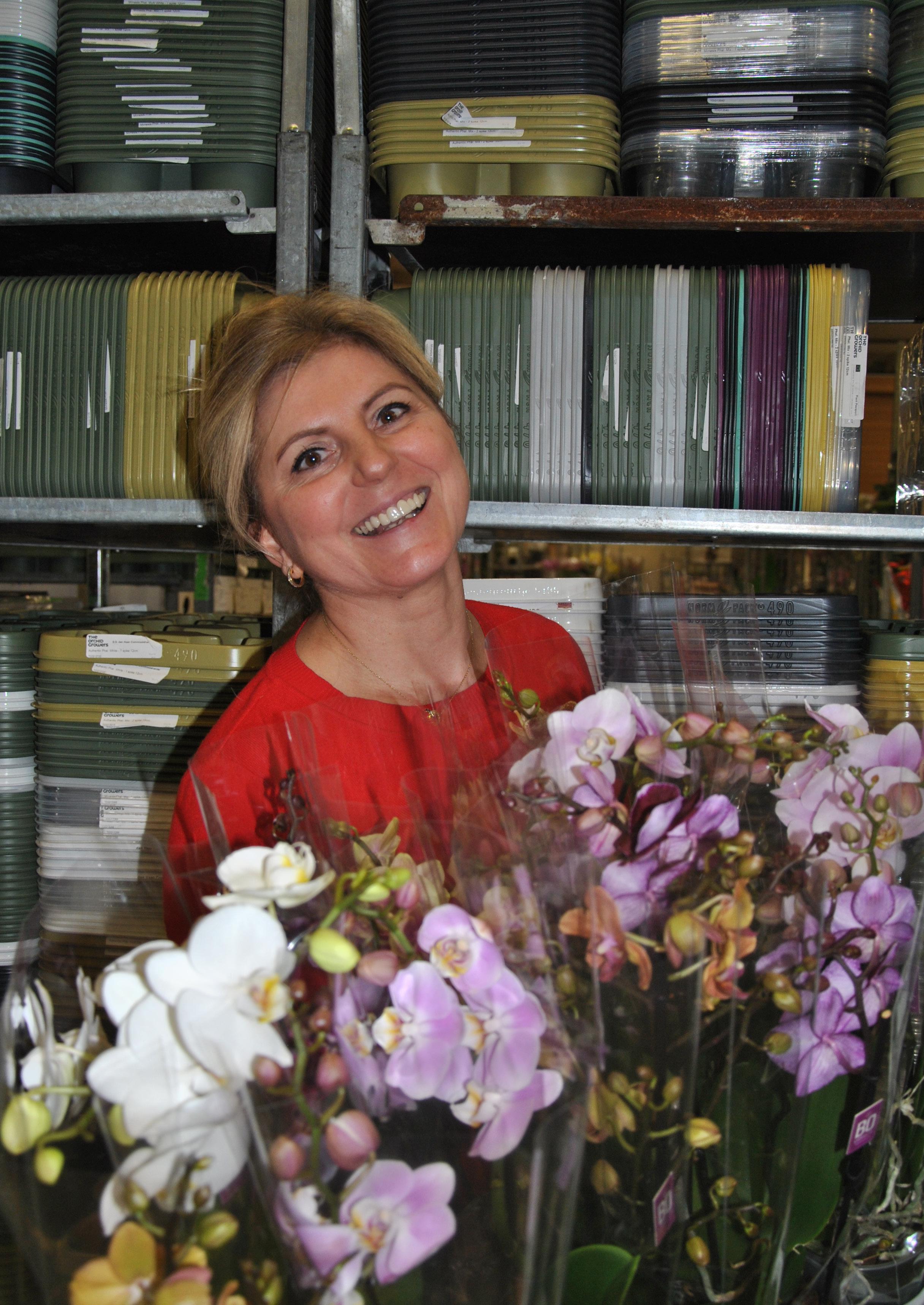
EURO PLANT TRAY
Working on a universally accepted solution
FLOWERTRIALS
Showcase of purposedriven plant breeding
FLORANOW
Dubai's B2B e-commerce creates its online marketplace
How the industry is taking bold steps to combat plastic pollution PACKAGING

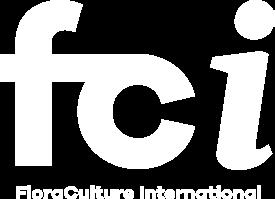
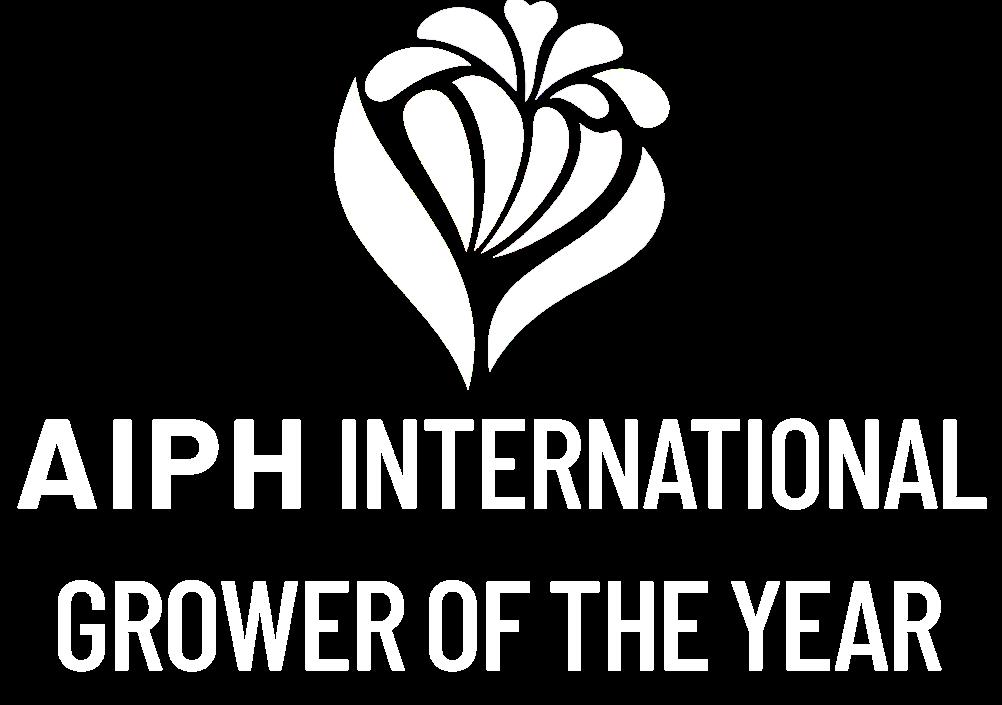
ENTER IGOTY 2025!
2025
Scan for entry details
Established in 2009, the AIPH International Grower of the Year (IGOTY) Awards celebrate best practice and recognise the top ornamentals producers in the industry.

GREENWOOD PLANTS, UK, WINNER OF International Grower of the Year 2024
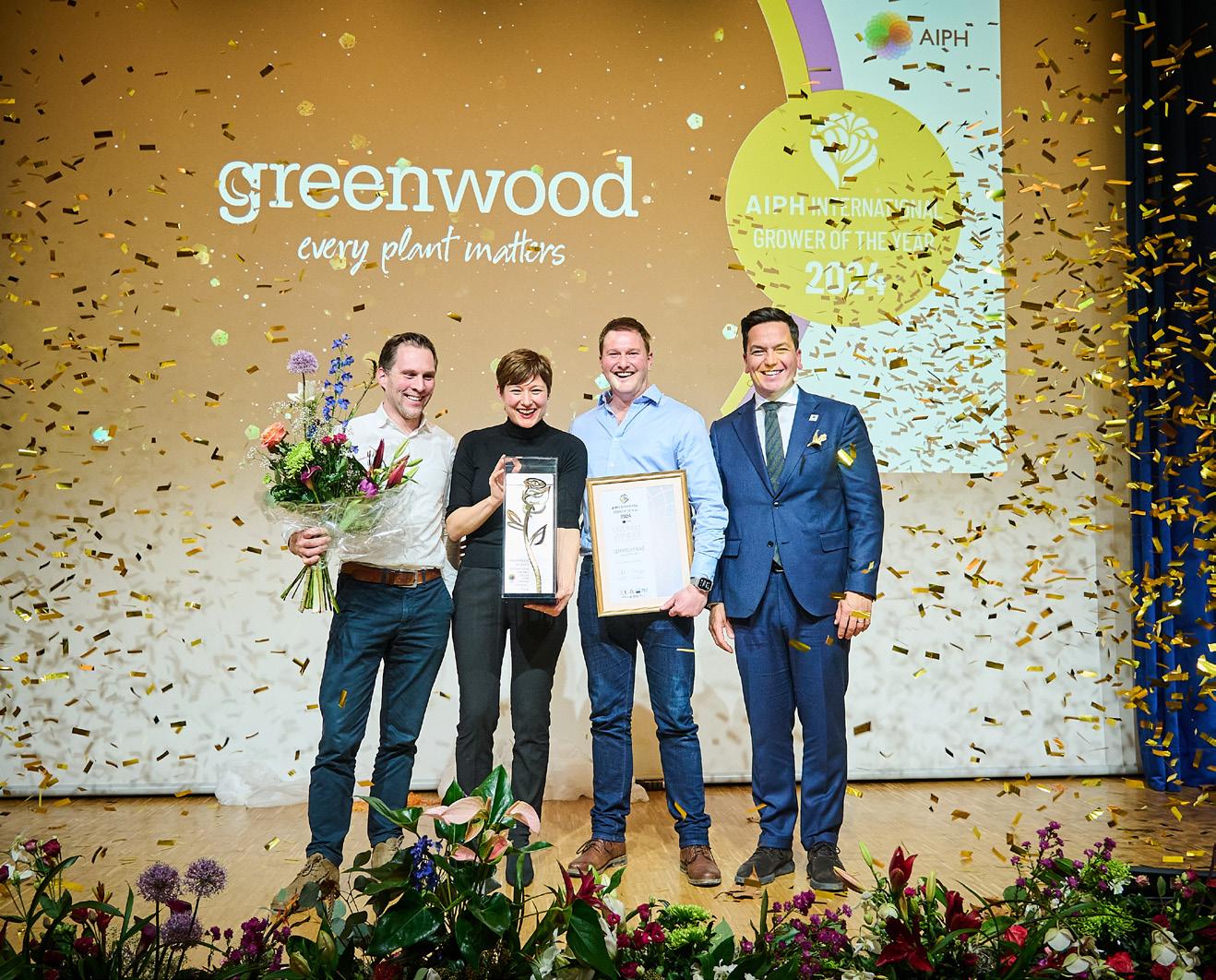
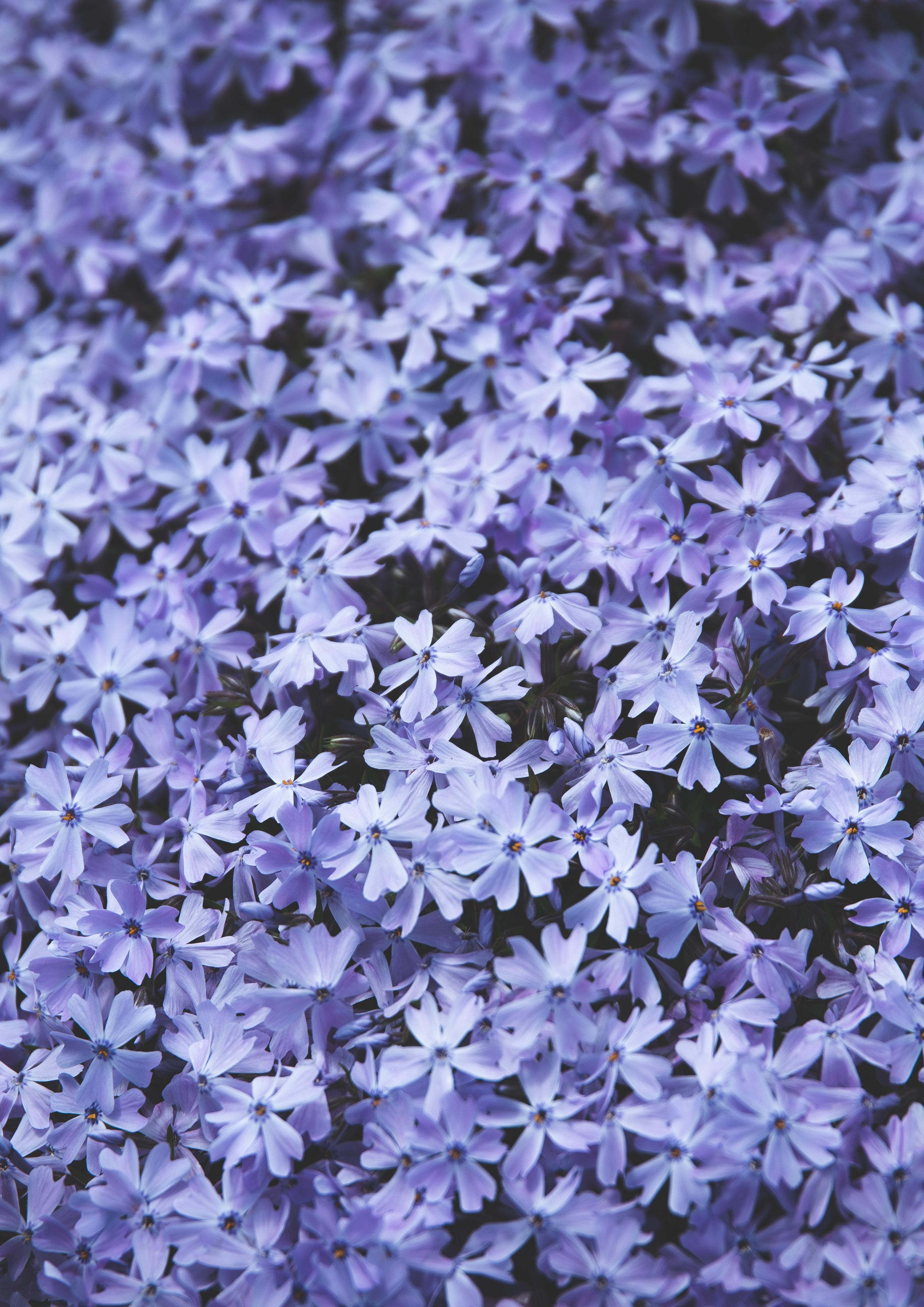
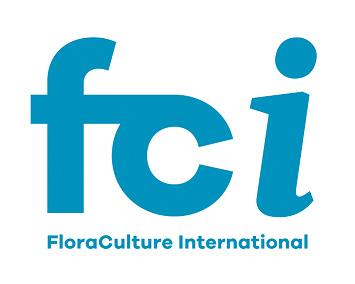
Partners of FloraCulture International
FloraCulture International encourages the pursuit of joint activities in areas of mutual interest with national, and international societies, and organisations. Agreements have been reached between FCI and leading growers and trade associations worldwide. FCI is proud to work in collaboration with:

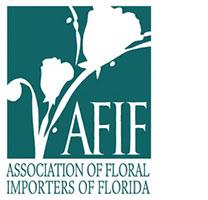
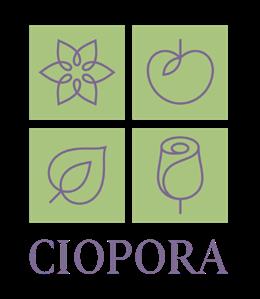
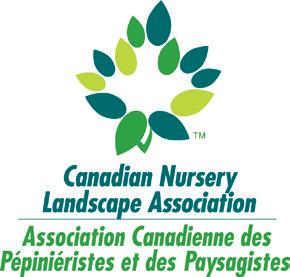

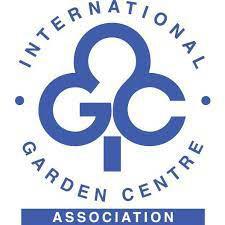
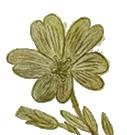
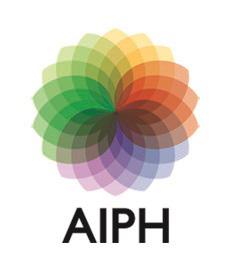
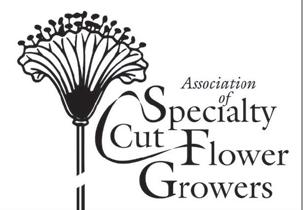


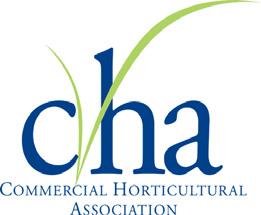
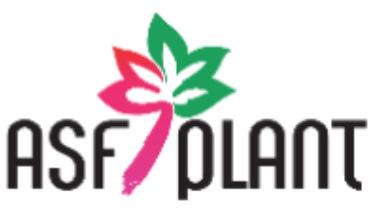


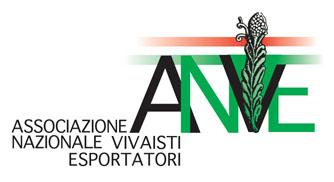

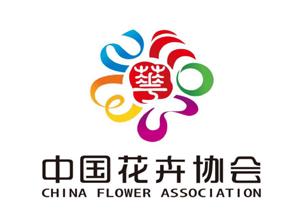


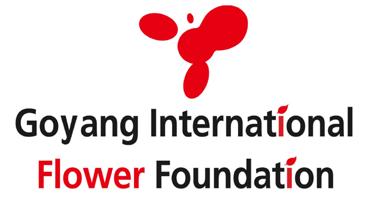
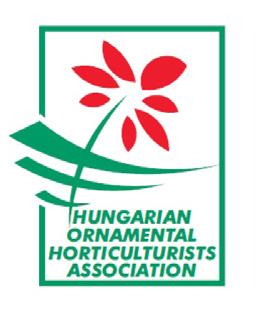
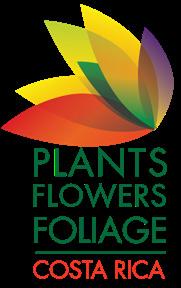
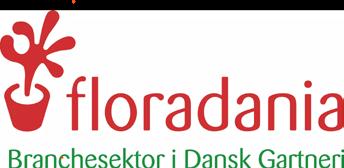


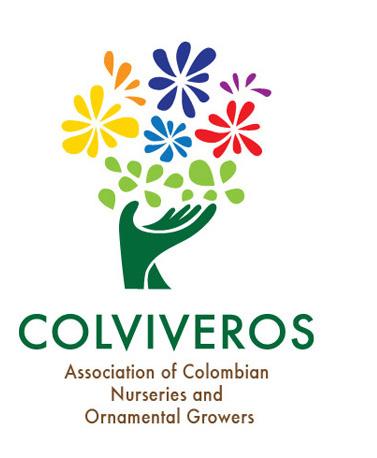
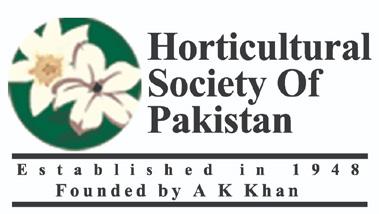
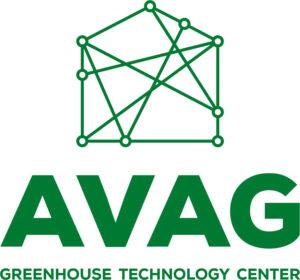

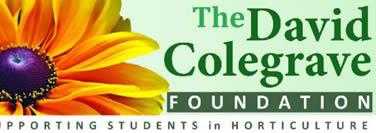
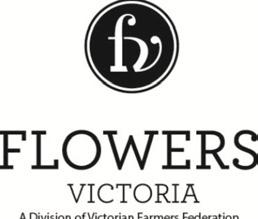


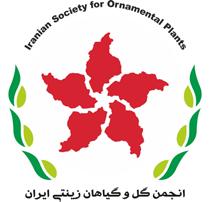








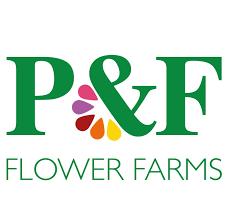
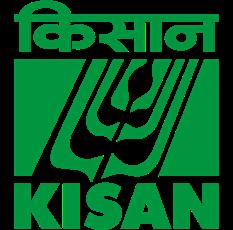

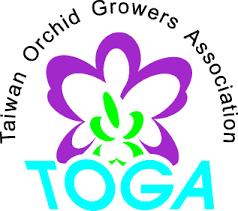
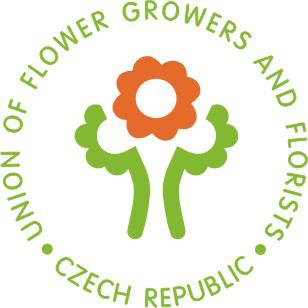
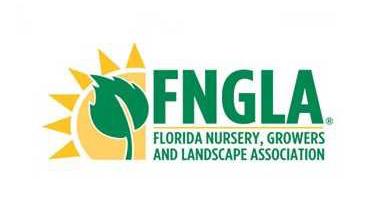


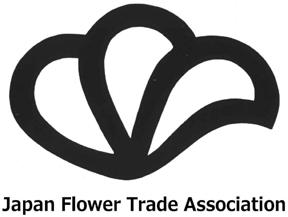
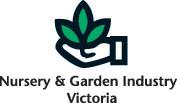

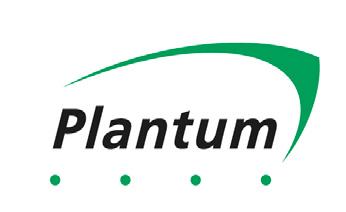
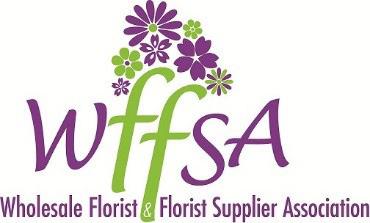

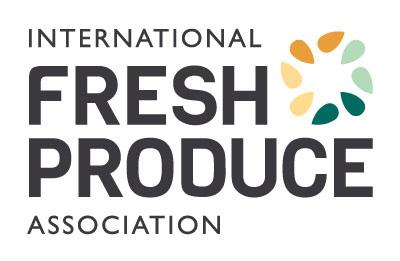

 Ron van der Ploeg
Ron van der Ploeg

Bold steps to address plastic waste
Our April issue revolves around the ‘Packaging’ theme and is jam-packed with stories about how the industry is embarking on different paths to tackle plastic waste.
Nadiya den Haan of Den Haan Plant Export at Royal FloraHolland Naaldwijk graces this issue's cover. Recently, she took to LinkedIn to reduce the company's massive use of single-use plant trays. The second-generation exporter sells quality plants predominantly to Ukraine, with Phalaenopsis being their flagship product.
With unrivalled Ukrainian hospitality, Kyiv-born Nadiya and her husband Dennis welcomed me at their premises at Royal FloraHolland Naaldwijk to see how plastic waste impacts their day-to-day operations. Using the most common 12cm pot size and 60cm length as an example, Nadiya explained that ten plants sit in a tray, with five trays loading onto a single Danish trolley layer. If there are three layers per trolley, the total number of trays is 15 trays per Danish trolley (150 plants per trolley).
Considering the up to 10,000 Phalaenopsis the company sources each week, it is no surprise that single-use trays weigh on operation costs. Dennis estimates they cost them approximately €40,000 per year. Moreover, they consume valuable space when stocked in the processing area.
Plants plus trays remain commonly united when loaded onto a Danish trolley. That is when the Dutch export them to neighbouring countries such as Germany. However, Ukraine as a core market comes, of course, with serious challenges these days.
With the terrible ongoing war transportation costs to Ukraine spiral out of control. Also, angry Polish have blocked Poland-Ukraine borders since November, with lorries being held up for some days.
To save transportation costs, which are currently 220 dollars/trolley and 350 dollars per trolley, Den Haan Plant Export repacks Phalaenopsis, conifers, Zamioculcas, and Spathiphyllum. Plants are taken out of their tray and put in boxes of 40 pieces, with a total of nine boxes (360 plants) loading onto a Danish trolley.
Exporters such as Den Haan Plant Export pay between 0.40 and 0.60 cents per tray, which is basically a throwaway when left to the auction’s rubbish collection.
Nadiya’s call on LinkedIn led to a recycling company proposing €250 per 1,000kg. Trays are lightweight, so you need many of them to make such a system work. Doing her maths, Nadiya found that five full Danish trolleys with single-use trays would yield around 120 euros. In turn, costly staff is required to collect, stack, and prepare them for transport. Meanwhile, Den Haan Plant Export has started a trial with their trusted orchid supplier, The Orchid Growers. The latter will take in and clean the trays, after which these will be reused an anticipated 4-5 rounds more. Placing three times an order for full trolleys with Phalaenopsis at Ter Laak will entitle Den Haan to free trays while ordering a full trolley the fourth time.
The bottom line is that, apart from big corporations, individuals can also have a major impact, especially when they converge into collective action.

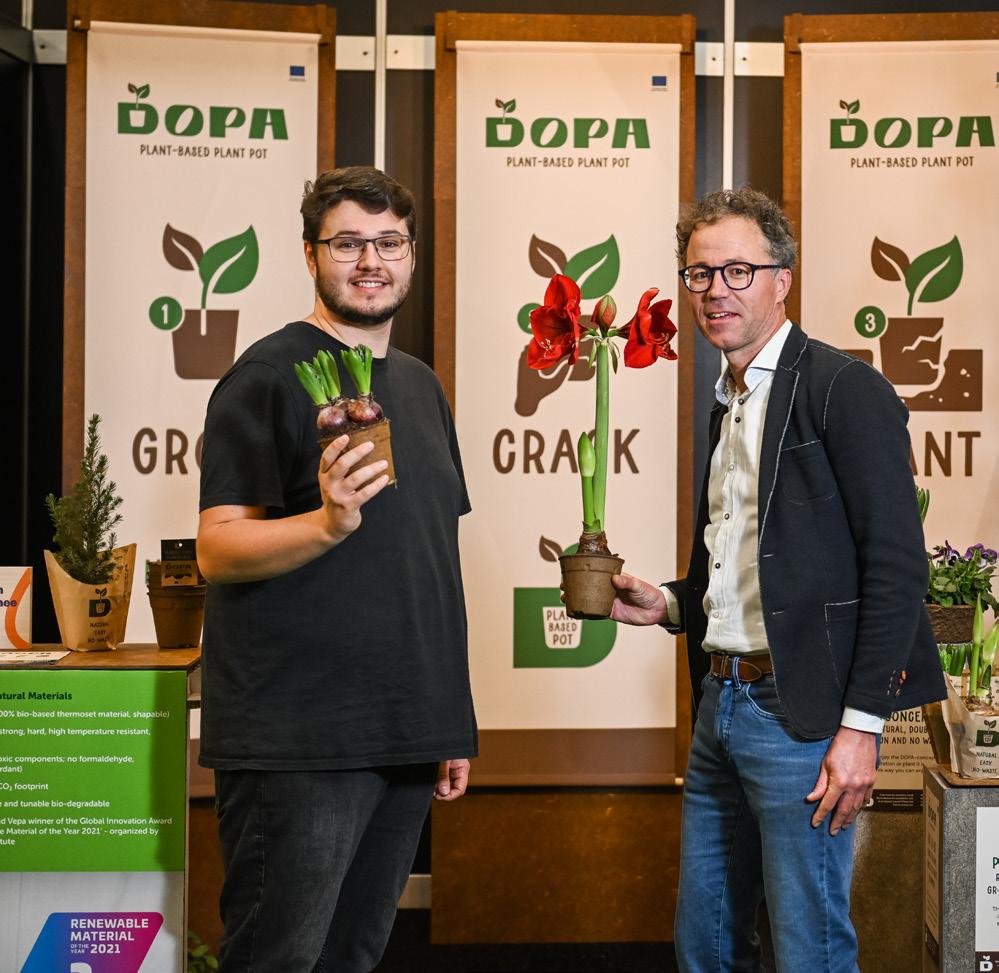
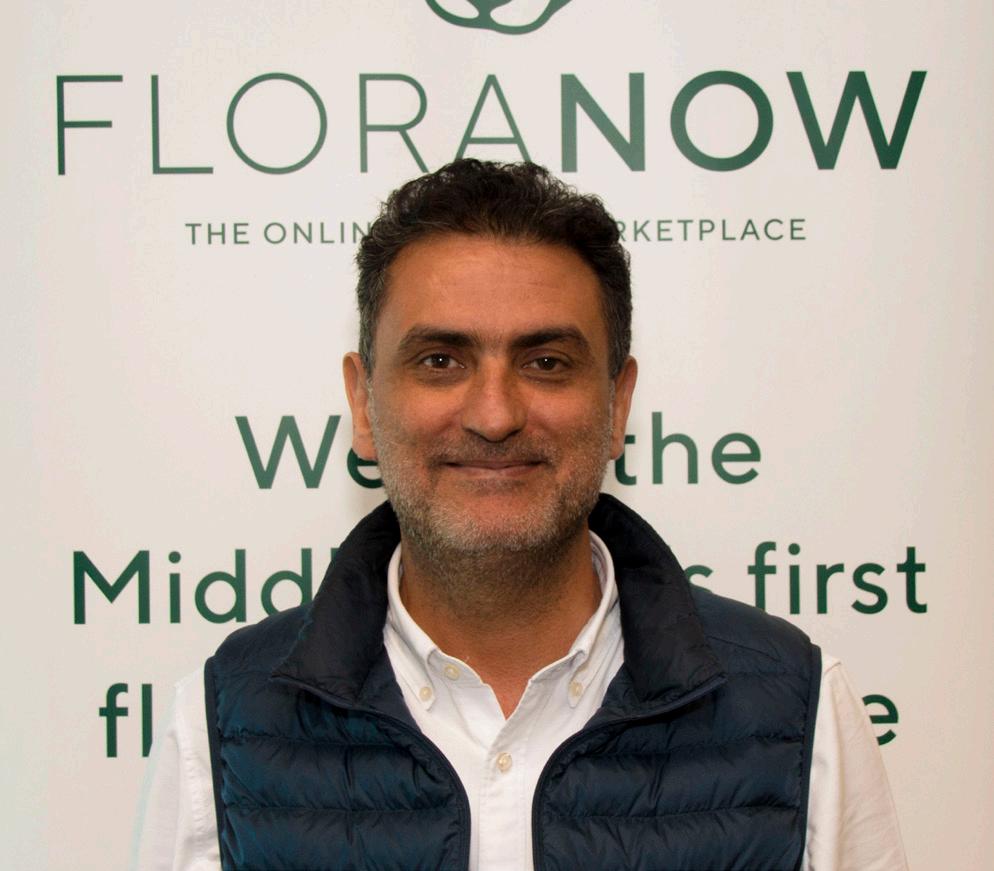
FROM THE EDITOR FLORACULTURE INTERNATIONAL APRIL 2024 4 17
31
20
FCI Editor

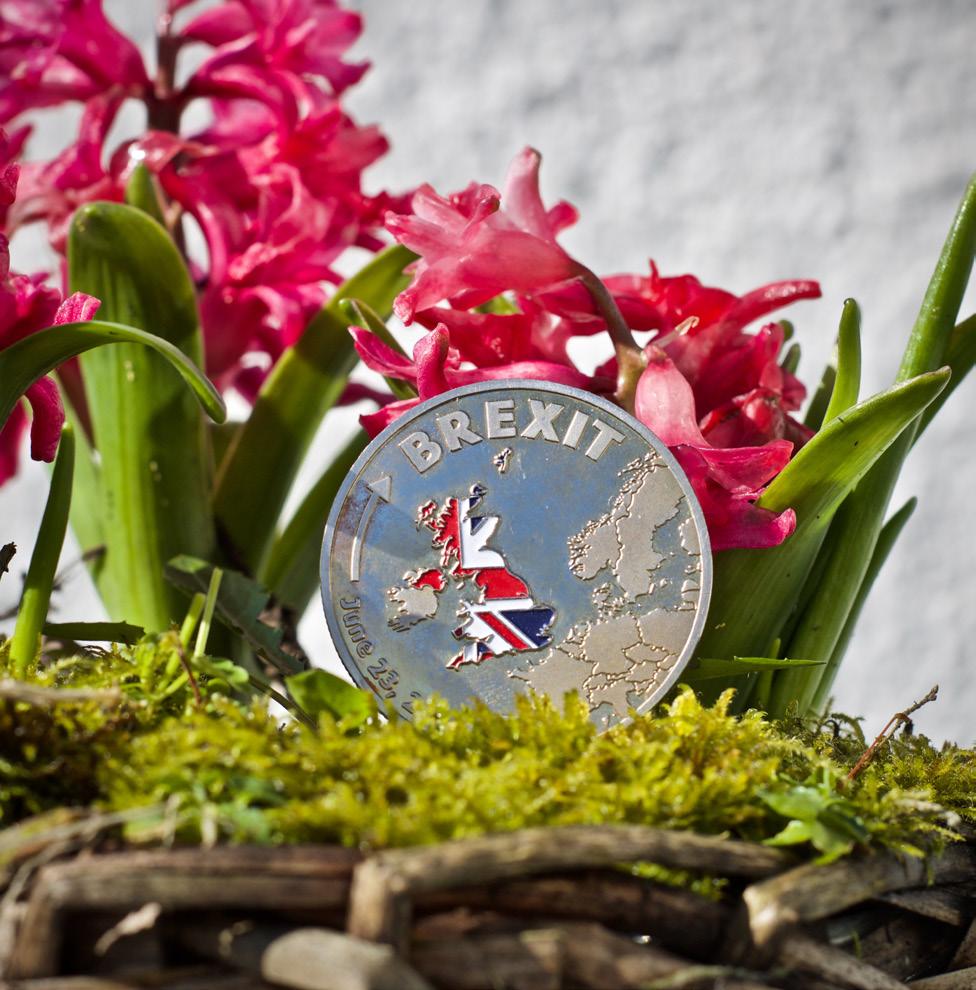
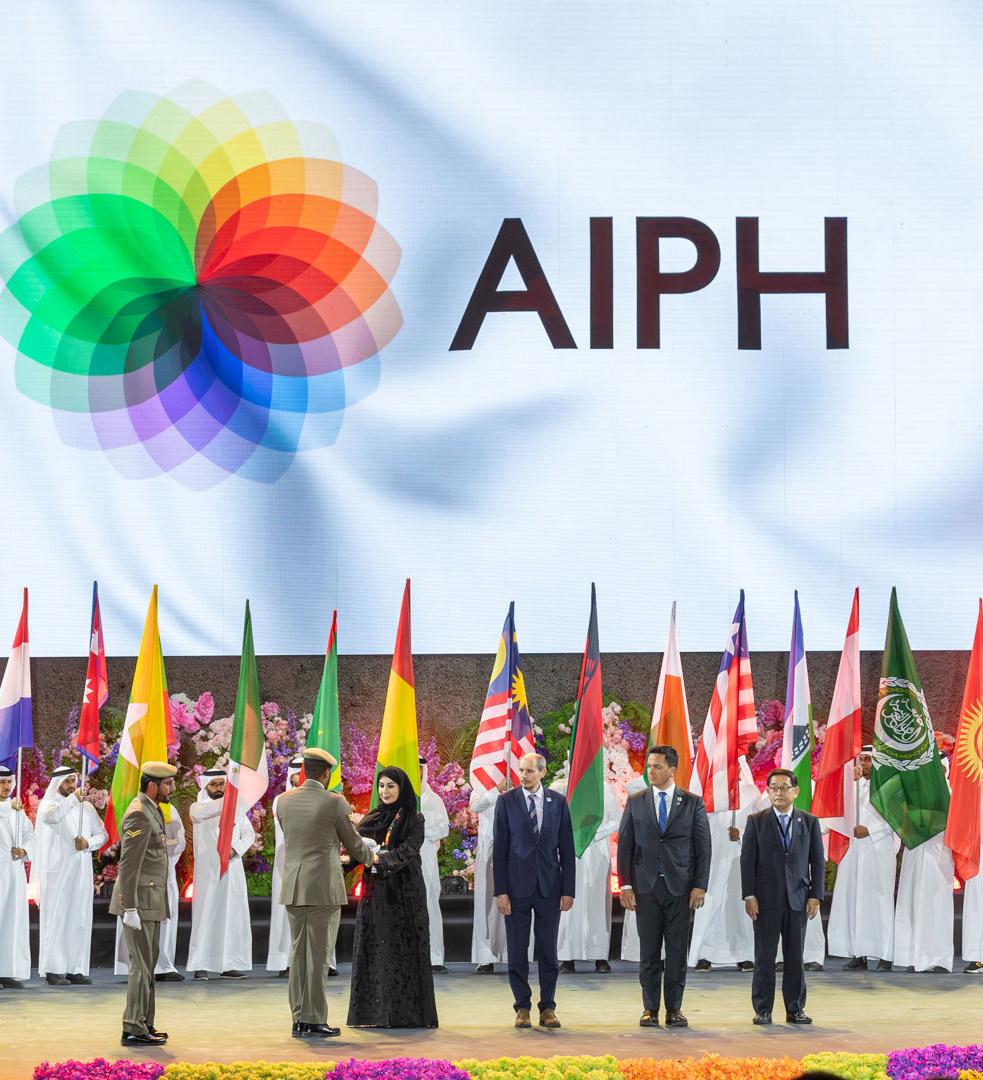
CONTENTS 48 40 52 APRIL 2024 VOLUME 34 NUMBER 04 COVER STORY 17 PACKAGING ‘Desch pots are made of recycled materials and can be recycled again—so, let’s do that’ 20 PACKAGING DOPA pot - sustainably grown and presented perennials 22 PACKAGING Eco-consciousness combines in flower and plant sleeves 26 PACKAGING Emotions hinder rational thinking in plant pot manufacturing FEATURES 31 MIDDLE EAST B2B e-commerce platform Floranow carves its place in the global cut flower market 40 FLOWERTRIALS An invitation to see beyond the plants 44 AIPH SPRING MEETING New Members and more news at this year's meeting in Doha Qatar 48 BREXIT How efficient are the new border checks? VOICES 04 FROM THE EDITOR 07 COLLABORATING WITH BREEDERS IS ESSENTIAL 15 PPWR IS CLOSE TO BECOMING A LAW 50 NATIVE PLANTS IN THE USA IN EVERY ISSUE 06 WORLD NEWS 0 8 VIS A VIS 3 6 GREEN CITY POST 42 SAVE THE DATE 52 EXPO-SURE WWW.FLORACULTUREINTERNATIONAL.COM 5 FloraCulture International (FCI) is an independent trade magazine with the largest circulation for a world publication of its kind. FCI is free and published for the ornamental horticulture industry by the International Association of Horticultural Producers (AIPH). It is published 11 times per year worldwide. Contributing writers for April 2024: Rachel Anderson, Martin Deasy, Colin Fernandes, Anisa Gress, Debbie Hamrick, Regina Mestre, Hannah Pinnells, Ron van der Ploeg, Audrey Timm, Brand Wagenaar, and Rachel Wakefield. Contact: fcimedia@aiph.org. Address: FloraCulture International, Horticulture House, Chilton, Didcot, Oxfordshire, OX11 0RN, United Kingdom. FCI Team: Editor: Ron van der Ploeg, ron@floracultureinternational.com, T: +31 6 404 99 269; Associate Editor and Designer: Rachel Wakefield, rachel.wakefield@aiph.org, T: +44 1235 776 160; Senior Media Account Manager: Angie Duffree, angie.duffree@aiph.org, T: +31 6 403 277 35. Cover image: Nadiya den Haan of Den Haan Plant Export by Ron van der Ploeg. AIPH ©2024 FloraCulture International magazine. All rights reserved. Publisher is not liable for the content of the advertisements. Photographs by permission of copyright owners.
Collective move by the floriculture sector on sustainability
Starting January 1st, 2026, the Royal FloraHolland platform will require its members and suppliers who offer, trade and invoice flowers and plants to be certified according to the Floriculture Sustainability Initiative (FSI basket of standards). All members and suppliers will need to be fully FSI compliant by 2027.
This decision was taken to encourage growers to take responsibility for sustainability and to comply with future-proofing of the sector and legislation requirements. The Floriculture Accelerators and FSI Accelerator Group have committed to buying 100 per cent certified by 2027, and the sector organisation VGB is encouraging its
members to follow suit. The VBN board has also discussed and agreed to these regulations, which apply to members and non-member suppliers who deliver to Plantion.
For more information, visit www.royalfloraholland.com / en/press-releases/floriculturejoins-hands-towards-100sustainability-certification
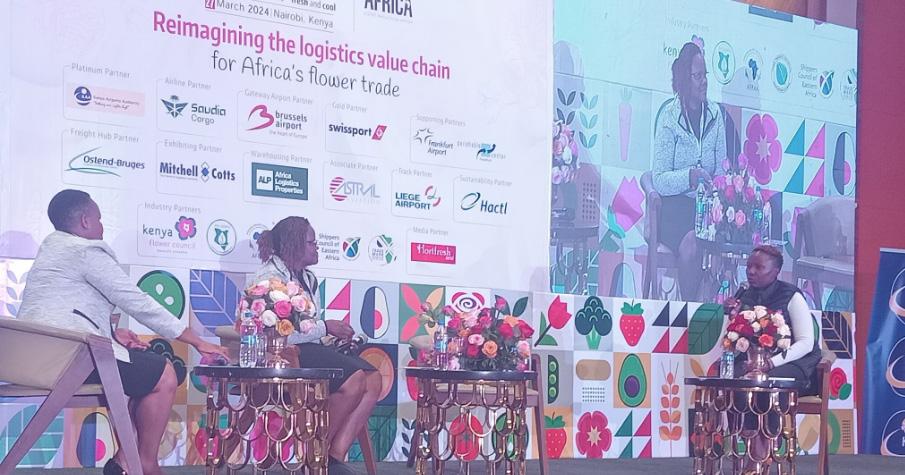
Reimagining the Logistics Value Chain for Africa's Flower Trades
The sixth edition of Flower Logistics Africa occurred in Nairobi, Kenya, on 27 March. The theme was Reimagining the Logistics Value Chain for Africa's Flower Trade.
The Keynote speaker was Lina Jamwa, Membership, Advocacy and Communications Manager of Kenya Flower Council, who spoke about the state of the industry.
Among the many informative panel sessions was an inspiring session celebrating
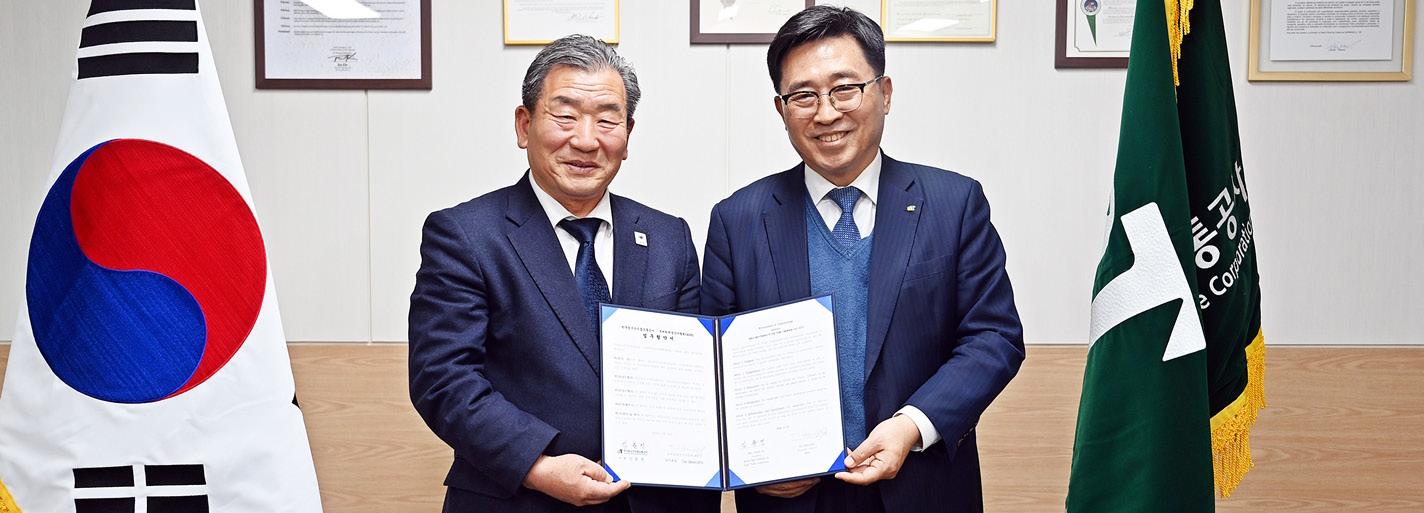
AIPH signs MoU with Korea aT
AIPH and the Korea Agro-Fisheries and Food Trade Corporation (aT) signed a Memorandum of Understanding. Yuk-Teak Lim, President of the Korea Flower Cultivate Association and an AIPH member, invited AIPH’s Secretary General, Tim Briercliffe, to a meeting at the aT Center in Yangjae-dong, Seoul with the aT President, Choon Jin Kim, to discuss ways to stimulate and promote the ornamental horticulture industry in South Korea.
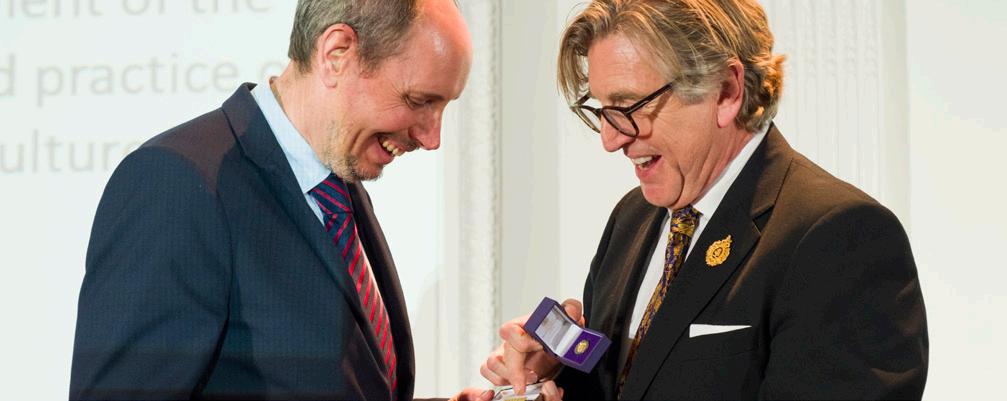
RHS People Awards
AIPH Secretary General, Tim Briercliffe, received the Veitch Memorial Medal from the UK’s Royal Horticultural Society (RHS) for having made ‘an outstanding contribution to the advancement of the science and practice of horticulture’. RHS President Keith Weed CBE presented the award to him at the RHS People Awards in London on 26 March.
the success of women-led flower businesses. It highlighted the incredible strides made by women entrepreneurs in the floral sector here, from innovative supply chain solutions to sustainable practices. Watch the meeting recordings at www.statmedia.events/fla/
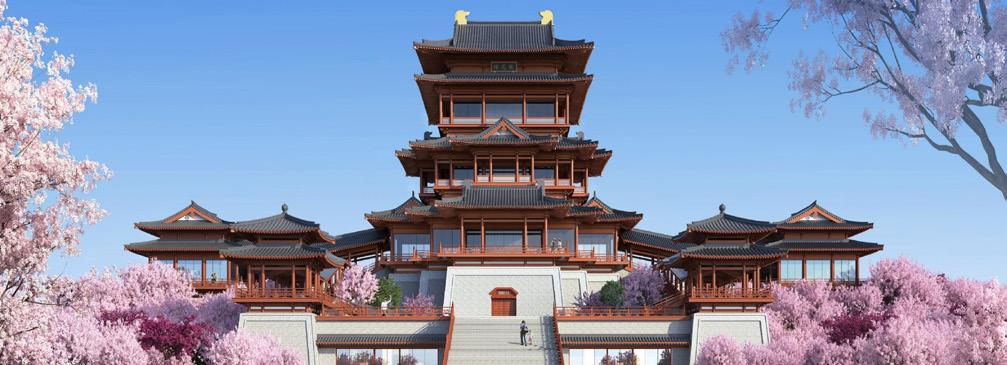
Expo 2024 Chengdu
The International Horticultural Exhibition 2024 Chengdu, is set to open on 26th April and will continue for 186 days until 28th October. For more information, visit www.cdhortiexpo2024.com/
SOUTH KOREA
(Left to right) Yuk Teak Lim, President of the KFCA and Choon-Jim Kim, President of aT.
KENYA
NETHERLANDS
UNITED KINGDOM
(Left to right) Tim Briercliffe, AIPH Secretary General and Keith Weed, RHS President
CHINA
WORLD NEWS FLORACULTURE INTERNATIONAL APRIL 2024 6
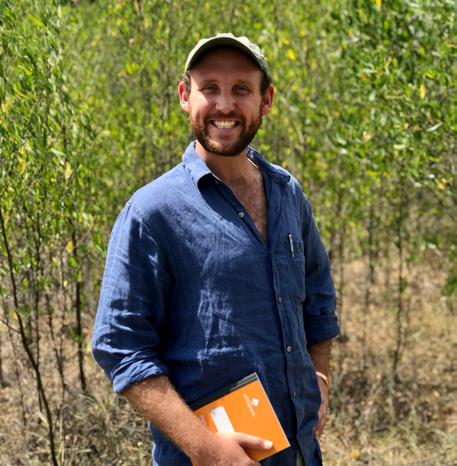
COLLABORATING WITH BREEDERS IS ESSENTIAL TO OUR SUCCESS
Colin Fernandes was crowned AIPH Young International Grower of the Year 2024 at IPM Essen, Germany in January. This category celebrates vibrant individuals, aged 25-40, who will lead the industry into the future. The nominations were assessed and selected from the participants attending Jungle Talks' Pro Manager Mastercourse. Fernandes is the Trial Site Coordinator for Marginpar in Kenya. He manages a team of 25 people across sites in Kenya and Ethiopia. His role focuses on introducing new and improved product varieties into the commercial market. His biggest achievement in horticulture so far has been the introduction of a crop called Sanguisorba - Red Dream, to the commercial market for Marginpar.
The foundation of our success lies in collaborating with a network of exclusive breeders. Through transparent communication and knowledge sharing, we strive to achieve optimal results in the challenging task of growing niche varieties that set us apart in the market.
Marginpar thrives on trialling unconventional varieties, recognising the value of embracing challenges in cultivation. Our commitment to providing customers with extraordinary flowers is evident in the fact that some of our crops take up to 15 years to develop.
The decision to conclude a trial is a delicate balance, considering factors such as sustainability, length, productivity, vase life, and resistance to diseases and pests.
Focusing solely on unique summer flower varieties allows us to narrow down our selection, seeking exclusivity in the products we bring to market.
The trials extend beyond experimentation, carefully selecting varieties tested in an African climate.
Collaborating with our breeders, we emphasise the importance of choosing disease- and pest-resistant varieties and those that are more sustainable to grow. Climate variability, particularly in the face of climate change, has required a strategic approach to our production.
With longer dry spells and intensified wet periods in recent years, we have adapted to become more efficient in water usage and storage, ensuring the resilience of our crops. Every step in the flower-growing process is scrutinised, from selecting strong plant material and refining propagation
techniques to ensuring optimal growth speed and overall plant quality. Each unique variety demands its own specialised treatment, reflecting our dedication to our vision of creating the world’s most unique summer flowers. Our main target market is international florist shops. Stem length is one of the many crucial considerations, offering florists greater freedom in crafting their own flower arrangements.
At the core of our success are the relationships with our breeders. Marginpar,
not being a breeder itself, places importance on collaborating with dedicated partners. Continuously working with breeders is essential to developing new, more productive, resistant, and sustainable flowers to stay ahead of the competition. In the world of Marginpar, where “We grow people, our people grow unique summer flowers,” we acknowledge that our people are the driving force behind our success and emphasise the cultivation of not only flowers but also a dedicated community.
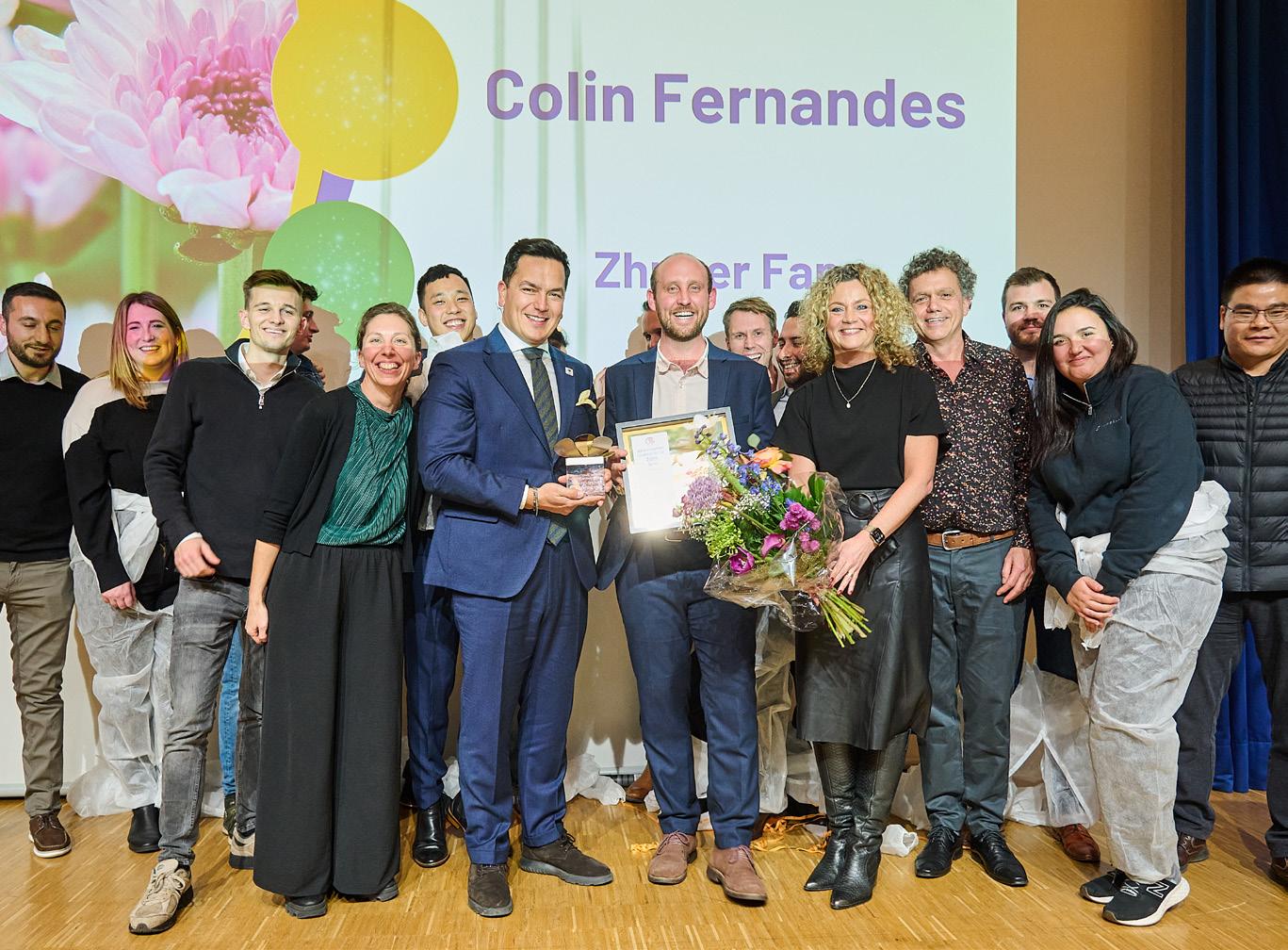
WWW.FLORACULTUREINTERNATIONAL.COM 7 VOICES
‘ ‘’
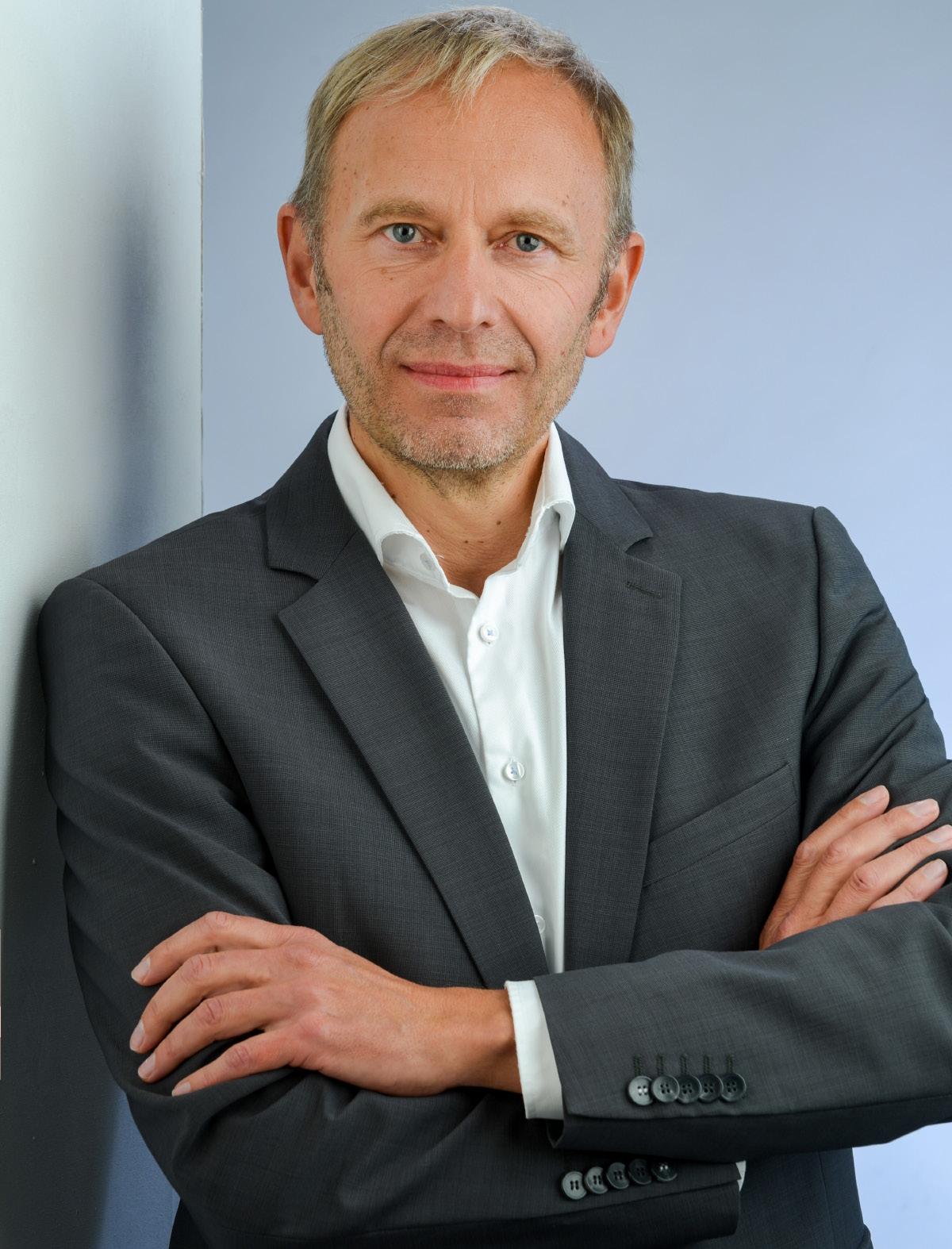
FLORACULTURE INTERNATIONAL APRIL 2024 8 VIS-À-VIS
Dirk Bansemer, CEO of Euro Plant Tray.
‘WITH MULTI-USE EURO PLANT TRAY, THE INDUSTRY CAN MOVE AWAY FROM SINGLE-USE, THROWAWAY PLASTIC’
The European cooperative Euro Plant Tray eG is a cross-industry initiative that brings the entire horticulture community together to significantly reduce the number of single-use plant trays in the sector. It started with Germany and the Netherlands and is now developing into a truly European endeavour, taking bold steps. Euro Plant Tray’s boss Dirk Bansemer and Euro Plant Tray board member and VGB (the Dutch Association of Wholesalers in Floricultural Products) representative Flora Späth strongly believe in the long-term impact of a more eco-friendly and reusable plant tray but candidly admit that Euro Plant Tray’s success and tangible results will not happen overnight.
Euro Plant Tray’s ‘Improve together for more sustainability’ tagline leaves little room for misinterpretation. The multi-use Euro Plant Tray is here to reduce the ornamental plant sector’s environmental impact and increase loading efficiency.
DUH (German Environmental Agency aka Deutsche Umwelthilfe), the Berlin-based Stiftung Initiative Mehrweg SIM (Reusables Initiative Foundation), growers, wholesalers, garden centres, and the wider industry have been working since 2021 to tackle plastic pollution.
All production and trading have an environmental cost, and the growing and marketing of ornamental plants is no different. It is safe to say that plastic trays (and the pots that sit in them naturally) have become a serious waste problem.
If the multi-use Euro Plant Tray were rolled out on a European scale and backed with sufficient funding, quality trays, and a willingness to collaborate, it would ultimately be a win-win for all stakeholders. But even if it is widely accepted that standardising plant trays and switching from single-use to multi-use trays is a common-sense change, the challenges involved in developing and implementing the Euro Plant Tray are not something to sneeze at.
FCI magazine discusses the roadblocks to the Euro Plant Tray: defining the problem and the solution, the need for sustained engagement with stakeholders and
users, prototyping/piloting the solution and planning for implementation.
At the same time, two models of the EPT 400 series made their debut. These and an additional two models of the EPT 200 series -approved by Euro Plant Tray members in the early weeks of 2024 – are currently available for supplies from the producer via wholesalers to garden centres, DIY stores, and the retail trade.

AUTHOR: RON VAN DER PLOEG PHOTO: EURO PLANT TRAYS
VIS-À-VIS WWW.FLORACULTUREINTERNATIONAL.COM 9
Euro Plant Tray board member Flora Späth.
FloraCulture International: First, it is important to understand the numbers. On average, how many single-use plant trays does the industry use?
Flora Späth: “The DUH estimates an average use of 300 million trays annually in Germany alone, 500-700 million in Europe. In this context, it is important to note that Germany imports a sizeable number of potted plants from the Netherlands. According to our information, around 90 to 95 per cent of total used plant trays are single-use ones.”
Single-use plant trays are not all the same. However, a big portion of these represent the Normpack brand, am I right?
Flora Späth: “There is no doubt that Normpack is the best-known and most widely used. Previous reusable systems like Floratino or Palletino (both not water-holding like the Euro Plant Tray) have only been established in very small numbers and are being traded locally.”
Ultimately, what is the goal behind the Euro Plant Tray?
Flora Späth: “Job number one is to reduce one-way plastic packaging in our industry and thus save up to 40,000 tons CO2 equivalent per year - based on the estimated use of one-way trays from DUH. Equally important is the cross-supply chain cooperation to be done across Europe to ensure that the new system
is embraced as a standard industry solution, adding efficiency for all. Working together with partners from the whole supply chain (growers, wholesalers, retailers, auctions, branch organisations), all input is valued and considered in tray design and services, ensuring the best possible product fit for all stakeholders.”
‘EURO PLANT TRAY, THE INDUSTRY’S LARGEST COLLABORATIVE PROJECT TO BOOST MULTI-USE PLANT TRAYS, LAUNCHED BEFORE THE REGULATORY FRAMEWORK WAS IN PLACE. CONSIDER IT AS A DECLARED WAR ON PLASTIC WASTE’
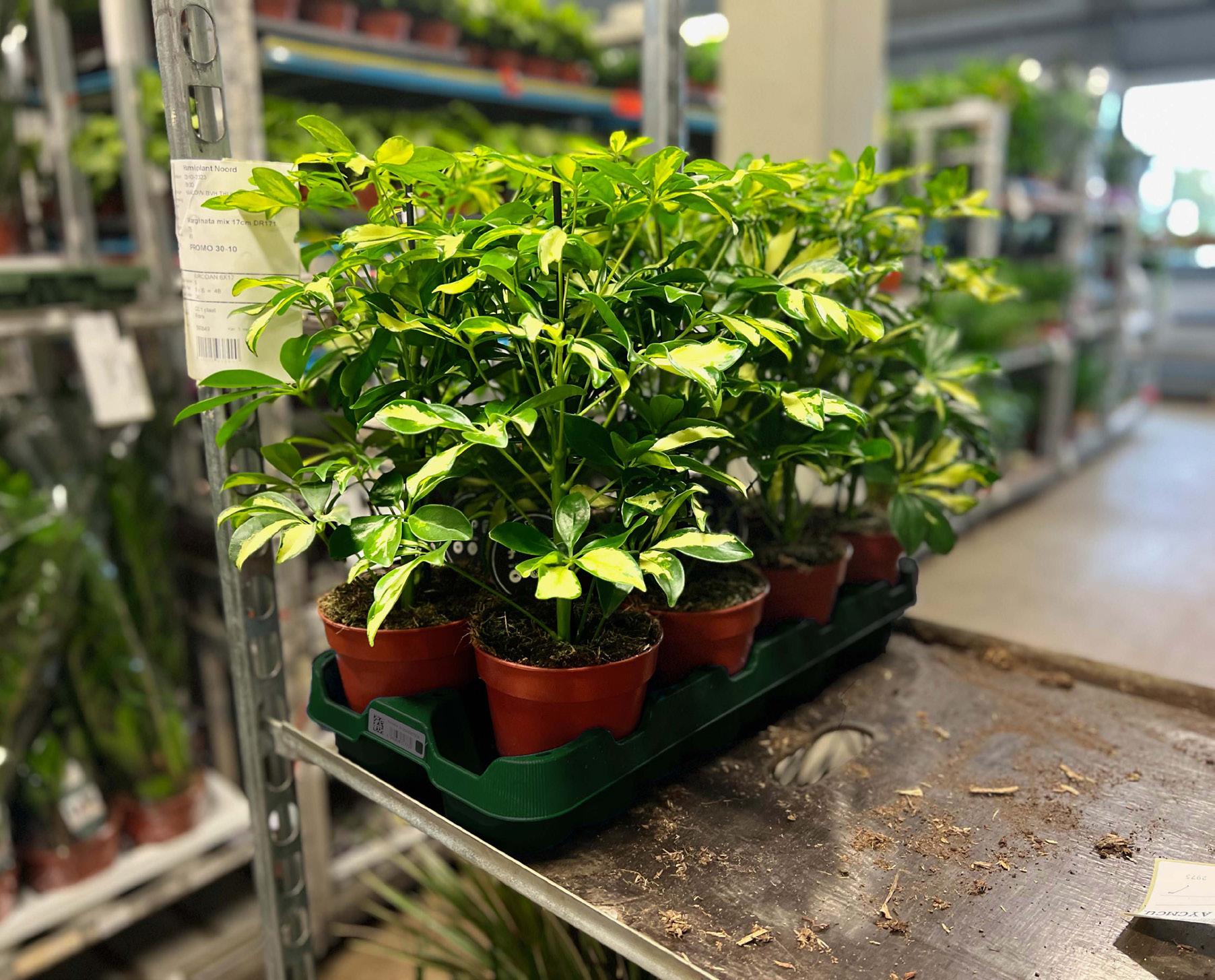
Euro Plant Tray is arguably the industry’s largest collaborative project to boost multi-use plant trays.
FLORACULTURE INTERNATIONAL APRIL 2024 10 VIS-À-VIS
Within the Euro Plant Tray organisation, what has been the role of the Berlin-based Stiftung Initiative Mehrweg (SIM), established in 1996 under German civil law as a legally responsible foundation?
Dirk Bansemer: “After DUH (Environmental Action Germany) invited around 80 parties to discuss ‘how green the green industry is’, the group decided to look into establishing a company producing a reusable tray in the future. This was the so-called Flower Tray Project, started in 2021. It evolved into the Euro Plant Tray, launched in August 2022. SIM has led the Flower Tray Project as a neutral coordinator, and SIM people are still involved in moderating Euro Plant Tray work.”
As SIM was among the driving forces behind Euro Plant Tray, green professionals would easily tout it as a German initiative, while the plant trade is mainly a European affair. How European is Euro Plant Tray, and are countries such as the UK and France also involved?
Dirk Bansemer: “Today, the 30 members of Euro Plant Tray come from Germany, Austria, Switzerland, The Netherlands, France, and Norway. Talks are ongoing with potential partners also in other countries. The UK is indeed a bit special even though it is closely connected to the Netherlands via trade. We have one member from France right now, but the interest in Euro Plant Tray is considerable, and several talks are ongoing, as well as some testing of our trays, so we trust we will welcome more French and Scandinavian partners shortly.”
Many regulations and action plans exist for plastics, such as Plastic Pacts. What regulations, (EU) laws, and action plans have urged the sector most to launch the Euro Plant Tray?
Dirk Bansemer: “Euro Plant Tray, the industry’s largest collaborative project to boost multi-use plant trays, launched before the regulatory framework was in place. Consider it as a declared war on plastic waste. Meanwhile, new rules to dramatically reduce packaging waste have become relevant, proof that with Euro Plant Tray, the industry is heading in the right direction.
“I believe we have to look at two things. EU-wide, the Packaging and Packaging Waste Regulation (PPWR) is to be finalised in Brussels within the next couple of weeks. It will have the biggest impact as this will tell us which share of reuse transport packaging has to be used by all of us — not just in the flower and plant industry — latest as of 2030. Secondly, we have local laws. Germany, for example, is introducing a one-way plastic tax at the beginning of 2025, which will make the use of existing one-way trays 10-20 cents more expensive - depending on their weight. Spain has been handling such a tax for years already. Here, a one-way tray can be up to 45 cents more expensive. So, from a financial point of view, the move to reuse also depends on the market you are active in – not even considering your moral compass to avoid single-use plastics for the sake of a more sustainable planet.”
In August 2022, wholesale trade bodies VGB en BGI, floral wholesalers FleuraMetz, Markenverband Bremen and Sagaflor and retailers OBI, BAUHAUS and Hornbach put their signatures to the founding act of the European cooperative Euro Plant Tray eG. In 2022, the Austrian garden centre chain Bellaflora, Vahldiek and Royal FloraHolland joined Euro Plant Tray. At the recently held IPM Essen, you showcased test trays for different pot sizes. Flora Späth: “As we speak, we have 30 members. Our website, Euro Plant Tray eG - Improving Together for More Sustainability, provides a comprehensive overview of members and company profiles. During IPM Essen, we showcased four models: size-wise and comparable to Normpack 400 (five per CC Euro Container layer), we have EPT 775 carrying pots from 10.5 to 13cm, and EPT 777, which carries ten 12cm pots. The latter has been developed especially in association with orchid and Bromelia growers. These represent a very large group in potted plant sales, accounting for an estimated 200 million plants per year. As these plants are relatively tall and have a very high centre of gravity, they would not be 100 per cent stable in the multi-use trays carrying pots up to 13cm. One could argue that the pot hole is “too big”. Yet, this category is so important that it deserves a special tray ensuring safe transport and point-of-sale presentation. Next, two sizes are matching Normpack 200 series (six per CC Euro Container layer): EPT 769 carries pots from 9-10.5cm, and EPT 568 carries pots from 10.5-13cm. We aim to have as few trays as possible and use them efficiently. So, these multi-use trays fit that goal perfectly. They can be used for different plant types. A grower potentially needs one tray size to fit his year-round production in different pot sizes.”
How would you describe the current state of the Euro Plant Tray?
Dirk Bansemer: “Its commercial launch happened last autumn, with the very first decision of members to launch the two models of the 400 series. Production will start this summer, so from autumn 2024, you should find the first Euro Plant Trays in the stores…. with increasing numbers obviously in the spring season of 2025 and the time after that. Production for the 200 series should start shortly afterwards. We are currently collecting the respective orders.”
‘PRODUCTION WILL START THIS SUMMER, SO FROM AUTUMN 2024, YOU SHOULD FIND THE FIRST EURO PLANT TRAYS IN THE STORES’
WWW.FLORACULTUREINTERNATIONAL.COM VIS-À-VIS 11
How many Euro Plant Trays do you actually need?
Dirk Bansemer: “It is not what we need but what the market needs. We have first confirmed the need for five million trays in the currently existing sizes, but these are indications of members who are obviously the front runners of the introduction. This said, ordering Euro Plant Trays is open to everybody, independent of membership, and non-members will for sure make up another big part of users in the future. We expect the pool to ramp up to at least 10-20 million units in the next two, three years.”
The Normpack single-use trays are produced by a consortium comprising Bachmann, Desch, Modiform and Teku Poppelmann, of which Royal FloraHolland granted a license. Which company produced your first two Euro Plant Trays, which were shown at IPM Essen?
Dirk Bansemer: “We work with different producers for different models; we speak with three right now. This ensures production capacity and the independence of Euro Plant Tray from just one producer.”
It is safe to say that Normpack has extensive expertise and experience in plant trays. Will the same four packaging companies produce the future Euro Plant Trays?
Dirk Bansemer: “There is definitely a lot of expertise in the Normpack group, and we are in contact with most of the companies you mentioned. However, we produce injection mould trays, while the mentioned companies have a big/biggest production in thermoformed products.”
I am unfortunately old enough to remember how, in 1994, Bloemenveiling Aalsmeer and Bloemenveiling Holland teamed up in SIVEPO, a packaging scheme partially based on a deposit return for plant trays and boxes. Launching the same year was the auction line of terracotta-coloured multi-use trays. These trays never really carved their place in the market.
Flora Späth: “Yes, local schemes never really established. That is why we took an international approach, covering all steps of the green supply chain. On what authority do we believe the Euro Plant Tray will be more successful, and what are the lessons learned from other multi-use trays? Vital is the support of members from across the supply chain and the willingness to work on a solution that is supported and accepted by all. The retailer plays a major role in the acceptance, especially as they are the ones requesting certain packaging at the end. And if they all request the same, this makes life much easier for wholesale and growers as they only have to stock one item! This is certainly a lesson learned from the past, which led to the common approach – more efficiency within the chain also saves costs and is more sustainable in the production and use of any material.”
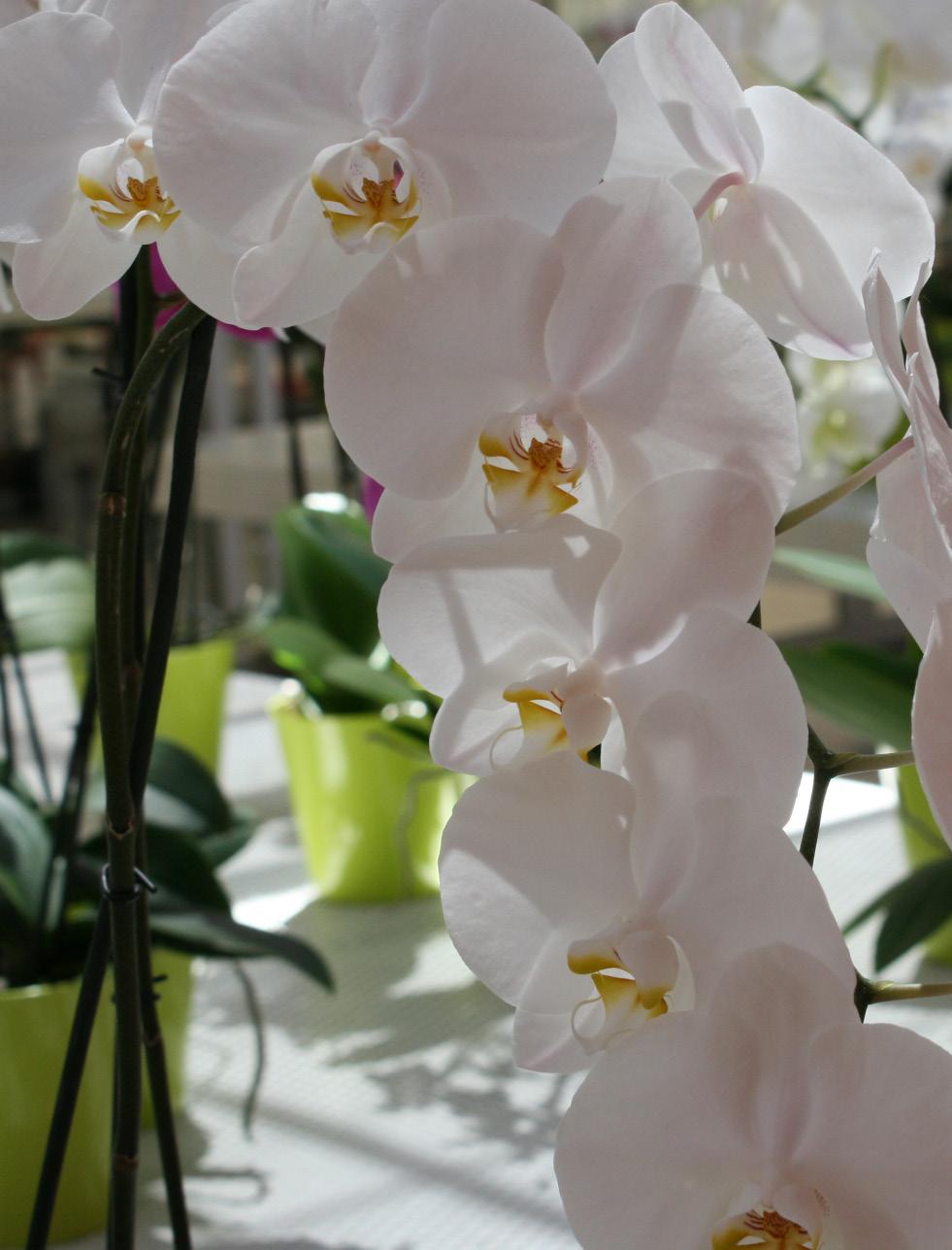
Next to Royal FloraHolland multi-use trays, there are Floratino trays (also owned by RFH) and Palettino and Floritrays. How do we get all these different brand names in the same Euro Plant Tray row if every tray and the owners behind them have a business model relying on it?
Flora Späth: “FloraHolland is a member of Euro Plant Tray and brings their knowledge and experience to get a common system on its way. Floritray is a product of Landgard, one of our members. Landgard has transferred the Intellectual Property rights of Floritray to Euro Plant Tray to support a quick introduction without a long development phase and to work together for one established system.”
Phalaenopsis could be a good product to start with as it is available yearround, enabling indoor plant department staff and suppliers to learn together.
VIS-À-VIS
FLORACULTURE INTERNATIONAL APRIL 2024 12

There’s a Dutch saying that you cannot build Aachen and Cologne in one day (in the UK, we say, ‘Rome wasn’t built in a day’); in other words, what plant category would be the ideal candidate for the inaugural Euro Plant Trays?
Flora Späth: “As Euro Plant Trays is versatile, you cannot say there is one plant to start with. It is rather up to the different supply chains: When do I want to start? What is my assortment at that time? Where are my growers/wholesalers? How big are my stores, and what is my experience with reusing items?
“If you have a small store, informing all your employees that trays must be collected for re-use will be easier. Suppose you have only one or a few suppliers. In that case, it will be easier to set up a joint return system than to inform multiple suppliers and start with all of them simultaneously. Regular supplies from one or two parties, even different assortments, are a good way to start building experience and learning for your rollout with others. The same goes for the regional setup of stores. My advice would be to focus on one or two regions in the first place and see how it goes, how employees react and what goes wrong. Learn from this and improve your introduction scenario and training for the next step.”
It is safe to say that for a successful rollout of Euro Plant Trays, you should start with higher-value plants such as Phalaenopsis. What is your opinion?
Flora Späth: “Phalaenopsis could be a good product to start with as it is available year-round, enabling indoor plant department staff and suppliers to learn together.”
What would you say are the main obstacles to overcome for Euro Plant Tray?
Flora Späth: “Within the green industry, we tend not to work ahead a lot. Day-to-day business often takes all our attention and is weather-sensitive, putting high pressure on all involved. However, the changes set in the EU’s 2030 Packaging and Packaging Waste Regulation (PPWR) are underway, and no one should wait until the very last moment to order their Euro Plant Trays. You will need time to establish your setup, your IT system, and your transport, with much ‘last minute demand’. If you want to work efficiently, you must start thinking about this now.
“All Euro Plant Trays will also be equipped with RFID (radio frequency identification) next to the barcode and 2D Datamatrix Code. This gives you additional opportunities for automated processing in handling and registration. However, setting this up will also require time-consuming IT adjustments.”
Critics (read plant retailers) say that they have no space to stock Euro Plant Trays. Also, the open structure of Paletinnos, for example, facilitates easy watering in supermarkets, DIY stores, and discounters. How do we counteract these critics?
Flora Späth: “Well, it is up to the retailer to agree with their supplier when items shall be returned. Today, CC Containers are also returned regularly. You can decide to return any number of Euro Plant Trays as soon as they
are empty at the store, which increases the rotation per tray per year. Or you can return only full CC Containers with full stacks of Euro Plant Trays. This depends on the size between 300 and 400 Euro Plant Trays and it takes longer to collect that many empty Euro Plant Trays, hence lower rotation per year. But it is more efficient in terms of return transport space and costs involved. Making this call highly depends on the distance between retail and supplier and delivery frequency. If a supplier delivers regularly, say once or twice a week, but is quite far away, you will probably go for full-stack Euro Plant Trays on a CC Container. If you are a once-off supplier with a special promotion, you probably already want to swap one-by-one upon delivery, as it would not make sense to come only to pick up empties a few weeks later.
“Regarding watering… during the Flowertray project, 350 parties have been interviewed. The bottom line was they prefer a closed watering system. It allows for a better supply of plants during transport and presentation, greatly increasing the plant quality and reducing product shrinkage. Also, open systems produce unwanted dirt in the stores.”
The success of Euro Plant Trays will depend highly on its deposit scheme. How ready is it?
Dirk Bansemer: “From Euro Plant Tray, we will not charge a deposit. Users pay rent to use the item for the time they want to use it, one, three, five, or ten years. We keep the contracted quantities on our systems and expect these to be returned to us should the contract not be prolonged after expiry. In the case of shortfalls, we have agreed on a loss fee with members/tenants. However, members have agreed on a common deposit fee should they want to use a deposit in addition to balance registration with their partners.”
How much rent would traders pay for Euro Plant Trays, and how does this relate to the rent for single-use trays?
Dirk Bansemer: “The hire rate differs for the 400 and 200 models as well as the duration of hire. Another difference is that members get a discounted price compared to non-members, with a price advantage of 10 cents per tray per year. Giving a complete rundown of price options is too complex – especially when compared to single-use. More generally speaking, one can say that the price for a 3-year contract with an annual payment is 69 cents/year/tray. This means that even without taking into account legal requirements and new taxes, at least three to four cycles are enough to be economically more favourable than with disposable trays.”
How important is it that Euro Plant Trays rolls out in tandem with the Hortifootprint calculator?
Flora Späth: “It's not important. Transport is only a part of a plant's footprint, which the Hortifootprint is looking at. Yes, using reused plastic makes a difference, but the influence on the total is limited. Plenty of research shows that reuse has a lower footprint when rotating at least five times per year. It all depends on the specific setup.”
WWW.FLORACULTUREINTERNATIONAL.COM 13 VIS-À-VIS
THE PROCONA SYSTEM:

Transporting cut flowers sustainably and cost-effectively for 30 years
Developed by Pagter over 30 years ago, the Procona system can be reused up to 100 times, making it a reliable option.
It’s time to stop wasting time looking for alternatives. Choose the Procona system today for sustainable and costeffective transportation of cut flowers.
Due to their square shape and stackability, Procona also provides better loading than round buckets. Cut flowers in Procona’s are also well supplied with water and ventilation during transport on the road and by air, resulting in better quality and less waste of flowers.
Upon arrival at the store, the collar and lid of the Procona are removed, and the flowers can be placed directly in the display. In that sense, Procona is ‘retail ready’. The flowers are supplied with water throughout the journey and do not require repacking or cutting.
Pagter also supplies displays for Procona. Our displays are designed in such a way that the flowers face the customer. This results in an attractive presentation that enhances sales. With a number of basic elements, Pagter can design (with 3D visualization) a perfect presentation for any sales area, which is also suitable for potted plants and can be easily adapted to changing requirements.
The reuse of Procona containers is managed through a pooling system. Supermarkets in Europe have developed their own pooling systems. There are also flower suppliers and exporters who own a pool of Procona’s and reuse the containers and lids. When using a plastic collar, the whole package is reusable!
Procona can be tracked and traced by printing a unique barcode/QR code on the flower buckets. Billing can also be conducted by scanning the codes on the Procona.
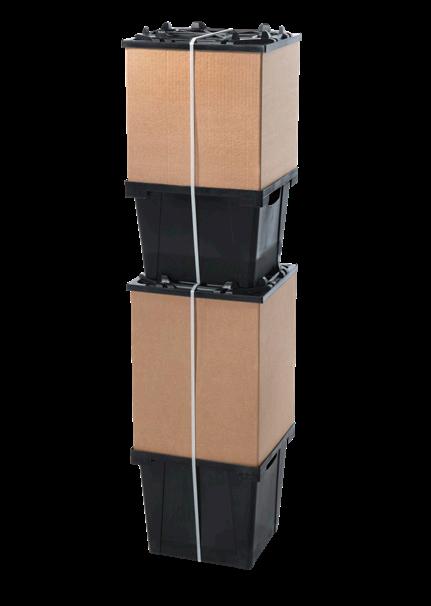
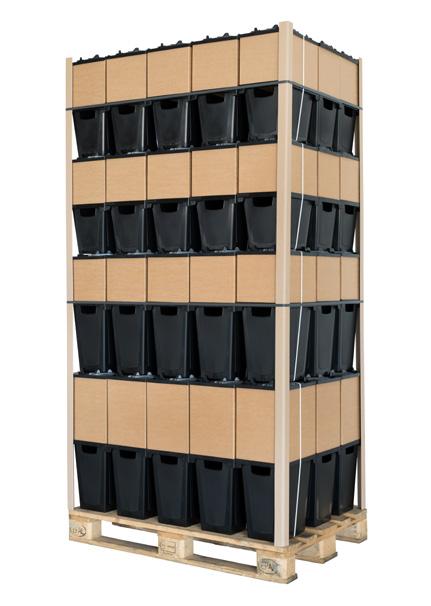
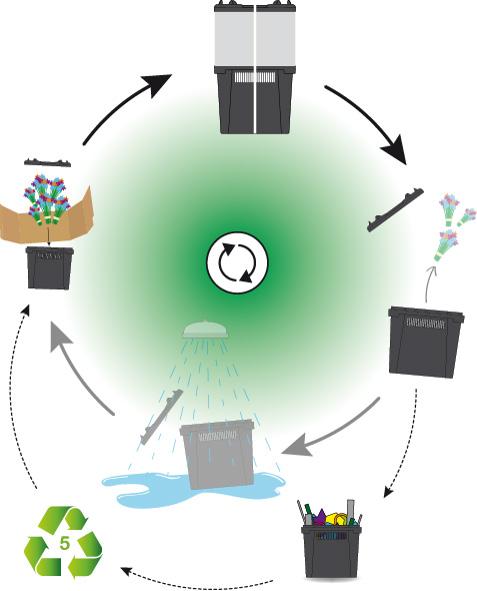
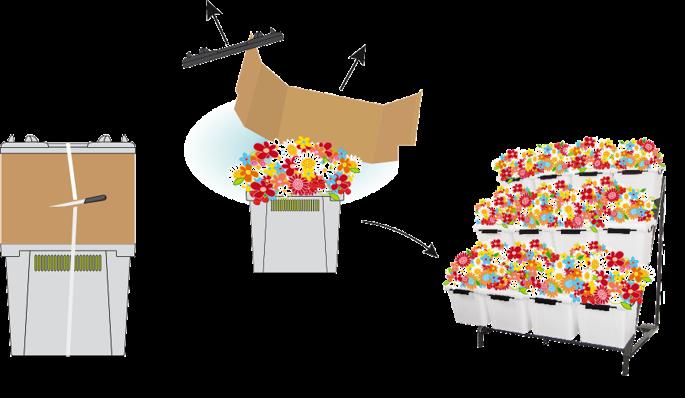
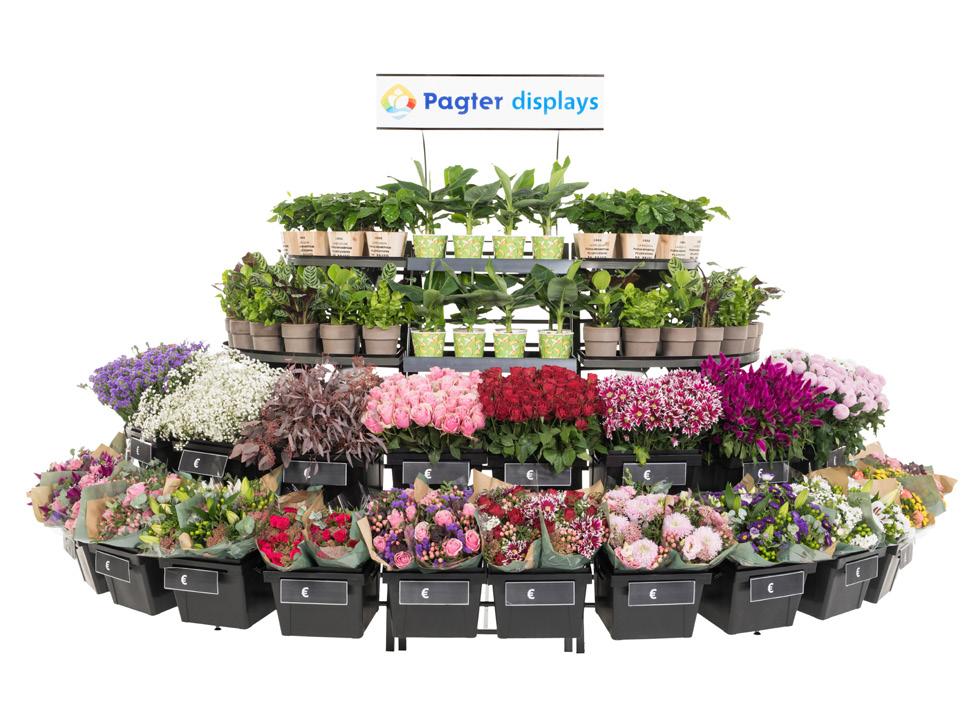
With Pagter’s innovative, high-quality, and sustainable packaging, we make a clear contribution to your sustainability goals. Our reusable packaging not only has a positive impact on the sustainability of your organisation but also on costs! With our returnable0 packaging, CO2 emissions and costs go down, as well as the amount of waste produced. Pagter:
ADVERTORIAL FLORACULTURE INTERNATIONAL APRIL 2024 14
different,
different, reliably different Pagter | Emmerblok 32 | 4751 XE Oud Gastel | Netherlands | T +31 (0) 165 39 55 00 | E info@pagter.com | www.pagter.com
meaningfully
qualitatively
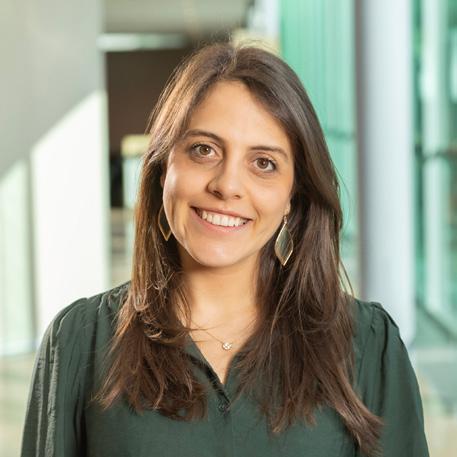
THE EU’S PACKAGING AND PACKAGING WASTE REGULATION IS CLOSER TO BECOMING LAW: WHAT’S IN THE LATEST PROPOSAL?
Regina Mestre is an Analyst in packaging and logistics for Rabobank RaboResearch. Here, she discusses the EU Commission's proposal for a Packaging and Packaging Waste Regulation (PPWR), which will have far-reaching implications for the packaging sector and the management of packaging waste.
The EU’s Packaging and Packaging Waste Regulation (PPWR) has reached a crucial stage of its legislative process.
The European Parliament and European Council have reached a provisional agreement on the text of the regulation, which aims to reduce the environmental impact of packaging and increase its circularity. The next step for the regulation is getting approval from the council’s representatives and the parliament’s environmental committee (ENVI). Once both institutions formally adopt the regulation, it will be published in the Official Journal of the European Union and will take effect 18 months later.
This tentative deal is a significant achievement, as the PPWR has faced some challenges and controversies along the way. For example, some member states and packaging producers have expressed concern about the feasibility and costs of achieving the targets for packaging reuse, recycling, and the use of recycled content. Others have questioned the coherence and clarity of the criteria for defining reusable and recyclable packaging. By reaching a compromise, the council and the parliament have given more certainty to the regulation, which is eagerly awaited by many industries and actors in the packaging value chain. The PPWR will have far-reaching implications for the packaging sector and the management of packaging waste in the EU. The parliament and council’s provisional deal preserves most requirements from the original PPWR proposal and introduces some modifications and new exemptions to them. Key requirements from the new agreement,
including updates and changes, include:
• Recyclability of packaging: Packaging must be recyclable, and recyclability will be measured using a grading system. Specific rules will be developed in secondary legislation.
• Minimum recycled content in plastic packaging: The agreement outlines goals for the minimum required amount of recycled content in plastic packaging. Compostable plastic packaging and packaging with less than five per cent plastic by weight are exempt from this requirement.
• Minimum recycling targets: The agreement maintains national recycling target requirements for each material. Targets will be measured by the weight of packaging placed on the market compared to the weight of recycled materials.
• Substances of concern and PFAS: The deal maintains the obligation to limit and control the use of substances of concern in packaging. It also keeps the ban on the use of food contact packaging containing PFAS. The European Commission will evaluate the ban on PFAS over the next four years.
• Reuse and refill targets: The council and parliament agreed on a 10% goal for reusable packaging for alcoholic and non-alcoholic beverages. By 2030, establishments selling food and drinks to go must allow customers to bring their own containers and offer 10% of their products in reusable packaging. Deposit return systems (DRS): Countries must set up DRSs, where customers pay a deposit on top of the price of a beverage and can return plastic and metal drink containers to get their deposit back. This requirement is expected to keep 90 per cent of applicable beverage containers from
ending up in the trash by 2029.
• Restrictions on certain packaging formats: The agreement restores limits on certain packaging formats. These include single-use plastic packaging for unprocessed fruit and vegetables and, in the hospitality sector, packaging for food and drinks that are filled and consumed on the premises, individually packed condiments and sauces, and small toiletry products. Limits on these packaging formats will start from 2030.
These provisions will require packaging producers and users to adapt their material choices and processes and invest in innovation and infrastructure. For example, packaging makers may need to replace certain materials with more sustainable alternatives or redesign their packaging to make it lighter, simpler, and more durable. Packaging users, such as retailers and manufacturers, may need to change their packaging strategies and preferences or cooperate with packaging suppliers and waste operators to ensure the proper collection and sorting of packaging waste. Governments may need to provide support and guidance to these players, increase investment in waste management and recycling infrastructure, and also enforce compliance with the regulation and monitor its progress and impact.
This new agreement on the PPWR is an important step in the legislative process, giving the regulation greater certainty and bringing it closer to its final form. While more clarity about the PPWR’s requirements is still expected, it is essential that all the relevant actors prepare for the changes and challenges that the regulation will entail. www.rabobank.com/knowledge
WWW.FLORACULTUREINTERNATIONAL.COM 15 VOICES
‘ ‘’
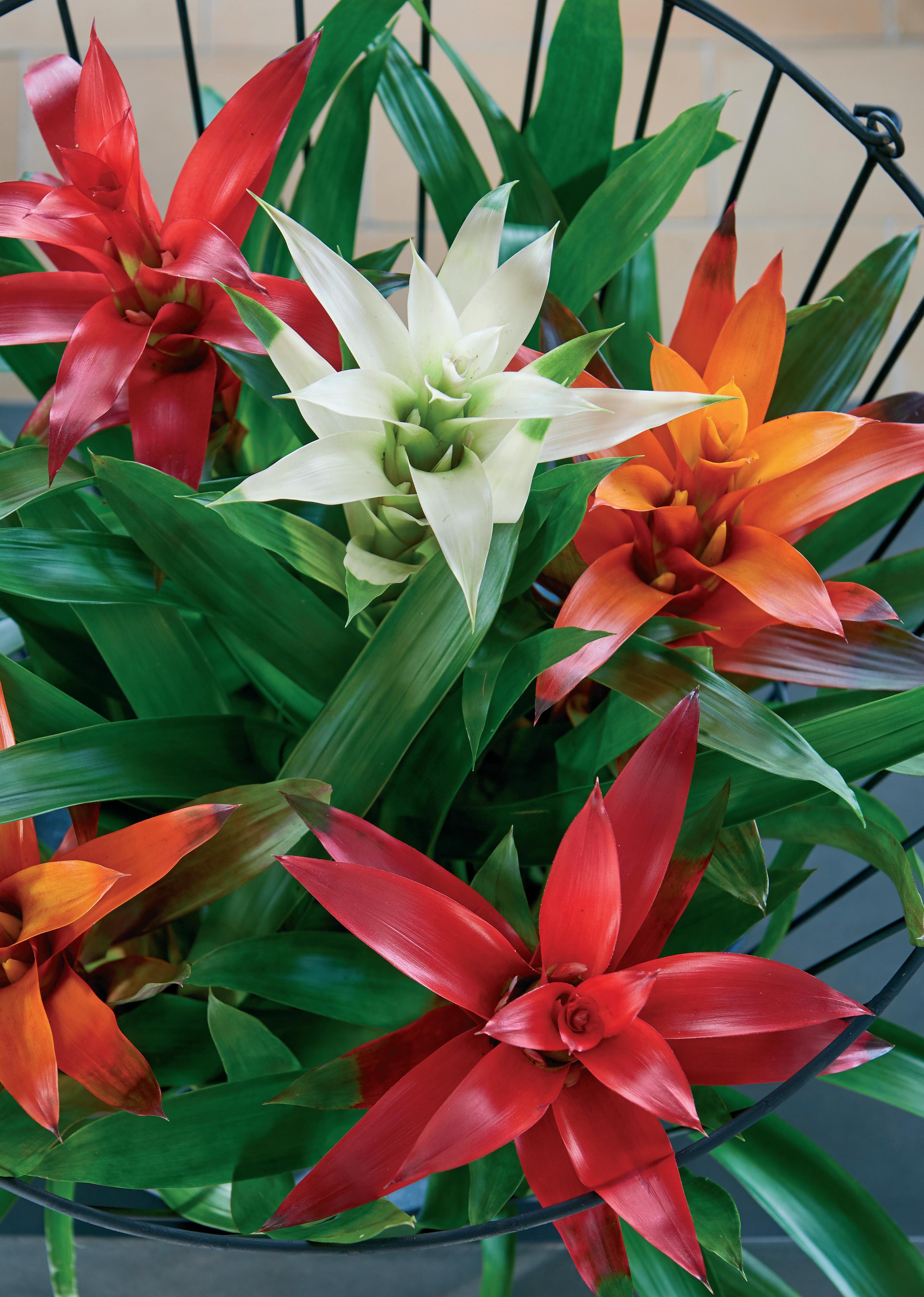

‘Desch pots are made of recycled materials and can be recycled again—so, let’s do that’
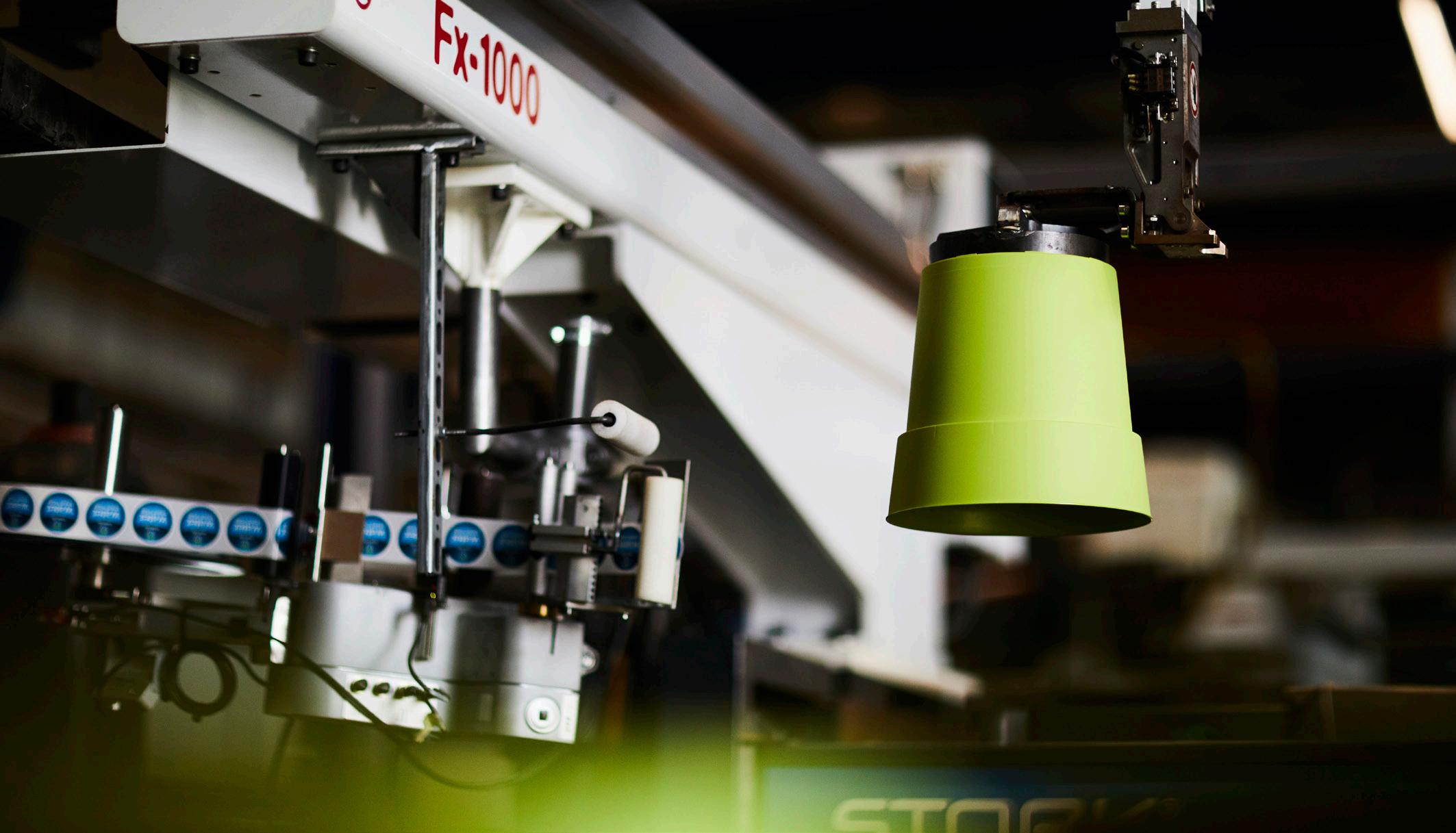
UK-based Desch Plantpak Ltd— celebrating 60 years in business this year—takes pride in manufacturing pots made of recycled plastics, and they were doing it long before ‘plastic panic’ ruled the world. In speaking with the sales manager for the UK and Ireland, Phil Griffiths, it is apparent that the UK desperately needs a nationwide and consistent approach to collecting and recycling plastic waste.
AUTHOR: RON VAN DER PLOEG PHOTOS: DESCH PLANTPAK
Desch Plantpak manufactures highquality thermoformed pots and containers, transport trays, seedling trays, transplant trays and bedding packs. Trading under the EPLA brand name is a versatile range of injection moulded decorative pots, hanging pots, trays and accessories. All ranges are proving popular in different markets. Sales in both thermoformed and injectionmoulded containers are strong. Their square-round injectionmoulded range is also currently enjoying a revival.
It is estimated that 500 million plastic pots are used to grow ornamental plants every year in the UK alone.
The company was founded in 1964 in Congleton, Cheshire, as Congleton Plastic Co. Ltd, which became Cookson Plastic Products in 1988. It then transitioned through Cookson Plantpak in 1990 and Synprodo Plantpak in 1988 before finally becoming Desch Plantpak Ltd in 2003.
Asked about the company’s biggest strength today, Phil Griffiths, Desch Plantpak's UK and Ireland Sales Manager, says, “It boils down to having manufacturing and sales bases both in the UK and the EU, an extensive product portfolio, and a staff with extensive horticulture industry knowledge.”
WWW.FLORACULTUREINTERNATIONAL.COM 17
PACKAGING
PLASTIC PANIC
It is estimated that 500 million plastic pots are used to grow ornamental plants every year in the UK alone. Desch Plantpak Ltd predominantly produces for the domestic market while also contributing a portion of its business to export sales to Ireland. On the continent, it runs several factories, catering for the majority of non-British sales. Today, plastic panic seems everywhere and frequently has gone off track following images of garbage patches in the ocean and marine animals entangled in plastic debris. The debate is complex, and the primary question is whether to prioritise material, economy or society. Griffiths says, “Regarding the plastics debate, I believe it is very much customer responsibility and how you deal with the products during their life cycle. This should be done responsibly. All products are made of recycled materials and can be recycled again, so let’s do that.”
CONFUSION AND APATHY
Narrowing the topic down to the UK, Desch’s sales manager thinks the question is not if but how to achieve more sustainability in horticultural pots and containers. “In the UK, we need a nationwide, consistent approach to collecting and recycling waste. We have too many local variables, leading to confusion and apathy. Money needs to be invested in a credible collection and re-processing system that is standardised throughout the UK. Our products are all “ready to go” for that.”
The role of the UK waste industry in a more recyclable plastics economy is vital. “The circular system cannot exist if there is insufficient means to reprocess any waste that may be captured for recycling.” In daily practice, it is not easy to persuade UK city councils to recycle plastic horti pots from the kerbside. Griffiths explains, “It is purely down to financials. Councils do not have the financial resources made available to them to establish and maintain an effective collection and recycling service.”
REGULATIONS AND ACTION PLANS
Plastics are subject to extensive regulation and action plans, such as WRAP and Eliminating Problem Plastics, and last but not least, the UK Plastic Pact. Desch Plantpak endorses the Packaging Covenant III, which includes arrangements to reduce the environmental impact of packaging and combat litter. Griffiths notes, “As a longestablished consumer and manufacturer of recycled plastic materials, we were ahead of the game with the UK Plastic Pact – our products have complied with its requirements for a percentage of recycled content for many years.” He doesn’t think the urgency for more sustainable pots and trays intensified in the light of national taxes on plastics containing less than 30 per cent recyclate. “It had little impact for Desch as we have been using recycled material for many, many years. Though, over the past four years, we have undergone a massive transition to products that are detectable by recycling companies. This makes it possible to separate materials from the rest of the waste efficiently. It improves the quality of recycled products and significantly reduces the amount of waste that goes to incinerators or landfills.”
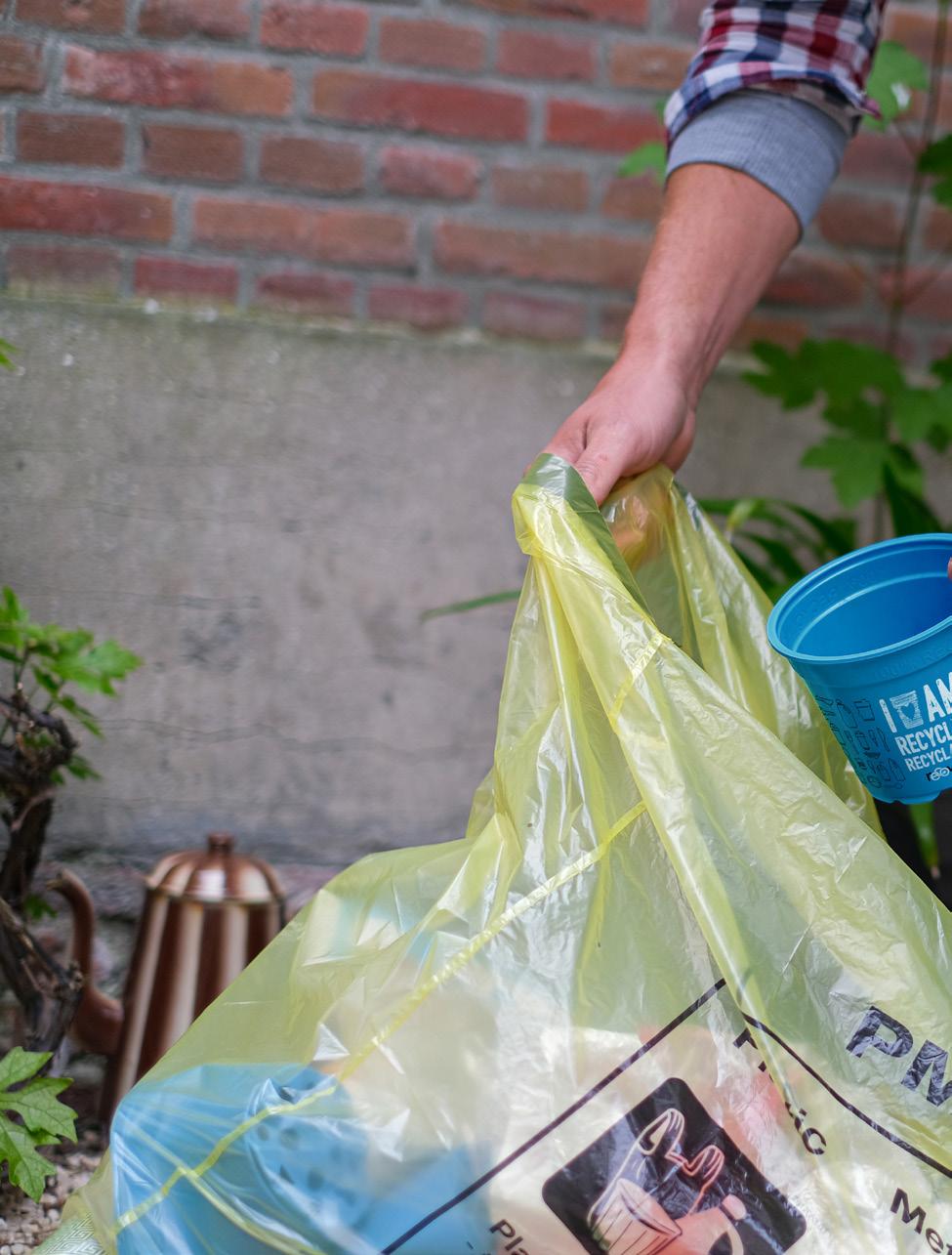
Ideally, plant pots should be recovered in yellow bags.
A MINI-LESSON IN PRIMARY MATERIALS
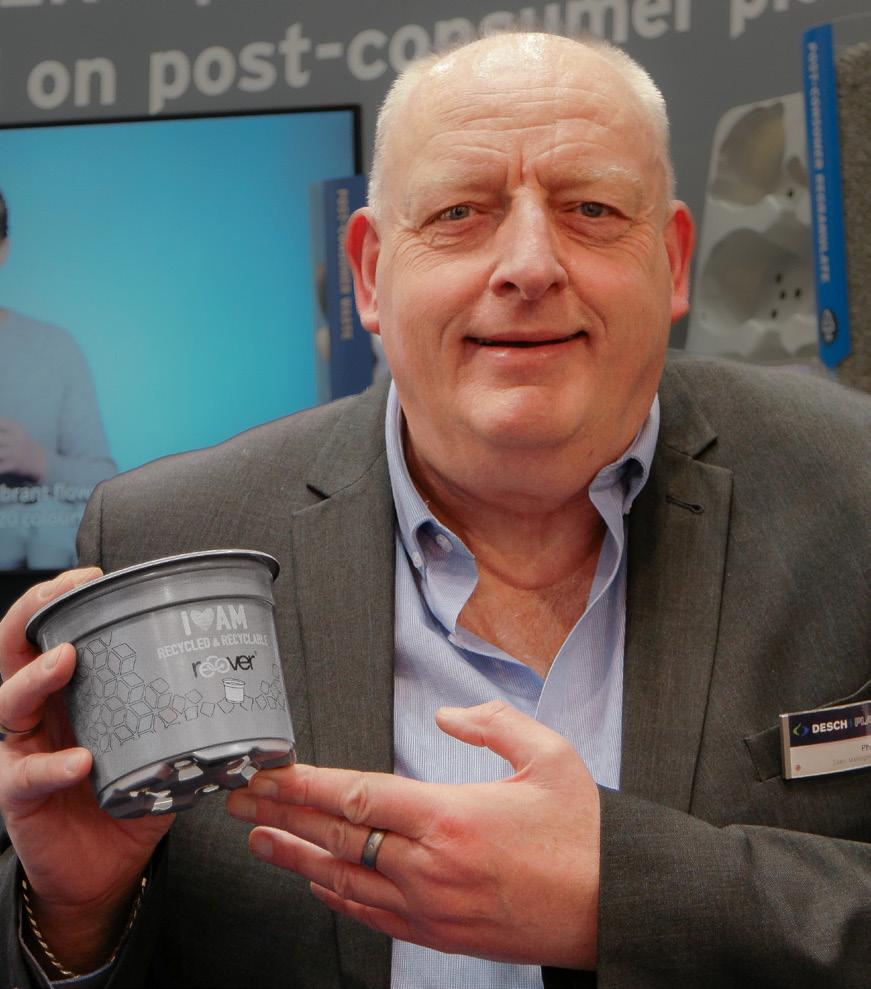
Plastic is not all the same; there are hundreds of types. Desch Plantpak’s primary materials used in the UK are recycled polystyrene, recycled polypropylene, and recycled polyethylene terephthalate (r-pet). Griffiths adds, “Assuming a system exists for collection, virtually all are recyclable.”
When asked about supply constraints on recycled plastic, Griffiths comments, “Supplies vary from week to week, from month to month to be honest. But more generally speaking, there is an adequate supply. It is true to say that recycled material is less freely available than before the plastic tax issues because a lot of the blue-chip companies who used to work exclusively with virgin materials have now moved to the good quality recycled alternatives – previously taken by our industry. However, it is important to note that there is a difference between the sources of recycled materials; post-consumer waste is not always available in the required quantities.”
FLORACULTURE INTERNATIONAL APRIL 2024 18 PACKAGING
(Below) Phil Griffiths, sales manager in the UK and Ireland at Desch Plantpak Ltd.
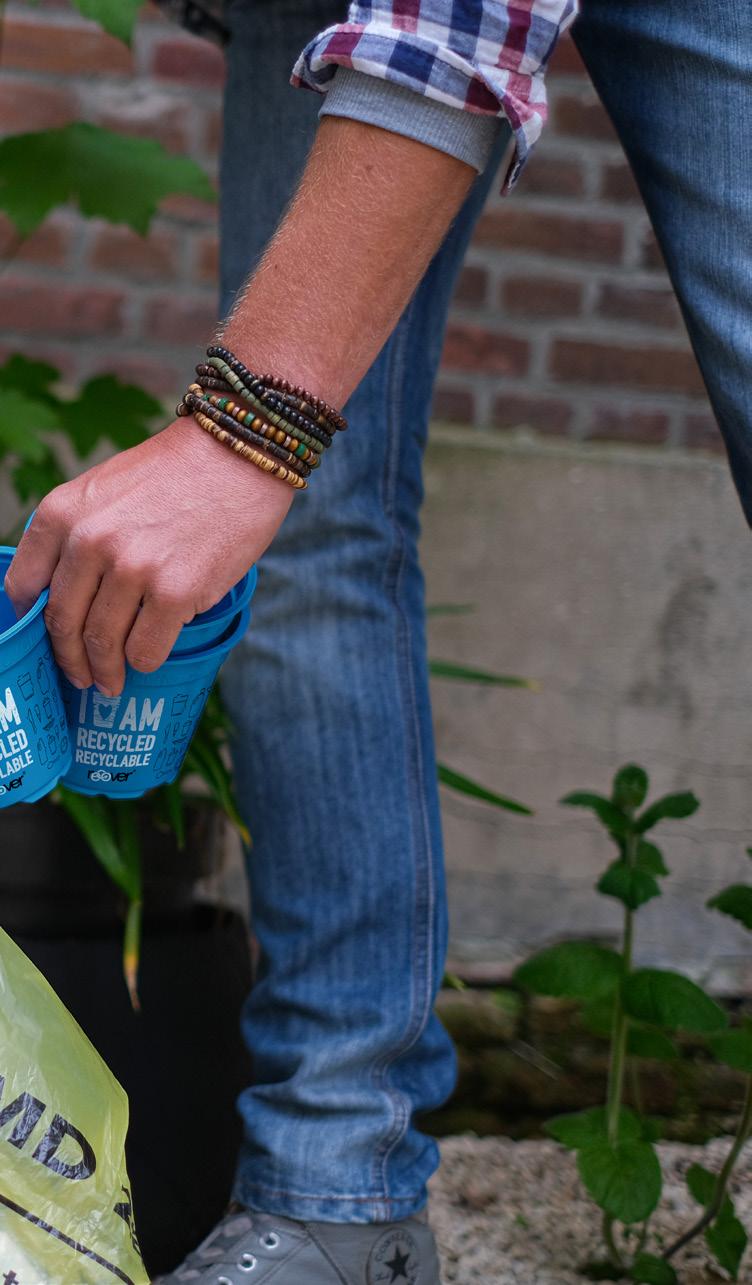
INNOVATION
At the same time, the company redesigns some of its products to reduce material use. Griffiths elaborates, “We innovate by continually making products lighter by designing them ‘smarter’ so they have the same mechanical strength with less weight. Desch was also the first company to employ PP thermoforming technology to produce flowerpots. These products weighed less than half of the traditional injection-moulded products in the market. We are also making significant strides. We are re-engineering some of our injection moulds to lighten the weight of many of our container pots to 20-35 per cent lighter than two years ago.”
BIOPOTS
In the meantime, an endless range of biopots and biobased materials are available. What is the difference, and where should a grower begin?
Griffiths says, “In the world of Desch, a biopot should consist of natural elements only. So, it is made of fibres, pressed green
waste, or biopolymers - this should always be a given. We call this biobased. Bioplastic is often referred to as a plastic material that is in some way compostable. Some will turn in water and CO2 only; others will only fragment and leave macro or nanoparticles, which is highly undesirable. Virgin plastic is hardly used for pots (sometimes for very bright colours or transparent products). Bioplastic is not used a lot as it is mostly compostable in an industrial way, which is undesirable. The search is for home compostable or soil-degradable biopolymers that keep well during plant production and break down quickly when required. We have done lots of work with industrially compostable, bio-based materials –however, the Holy Grail would be to develop a stable, home-compostable substrate... we aren’t there yet.”
The single best piece of advice to growers is to research the marketplace. “And test, test, test! Look for products that can be grown in instead of using plastic pots that are replaced by biopots just before delivery to the customers.”
Griffiths ensures that Desch’s product range is backed by independent research and trialling. “We use leading universities for product development, including Wageningen University in the Netherlands, and test centres to judge the products and compare them to others.”
Ultimately, the grower should opt for the most efficient solution, that is, pots that allow the plant to grow well and also fit full horti robotisation. “Then, pick the product with the lowest weight and the guarantee of recyclability. This
Desch Plantpak innovates by continually making products lighter by designing them smarter, so they have the same mechanical strength and less weight.
can also be reflected in a Life Cycle Analysis (LCA) value.”
Critics tend to say that biopots risk becoming brittle and require more watering. Griffiths: “Depending on the type, the products can break and need more water. Desch D-Grade BIO does not break and does not absorb water.”
COMPETITIVENESS
Biopots are more expensive than the conventional plastic pot. So, the pertinent question is, how long will it take before they become competitive? “As soon as “the holy grail” has been developed, price will be dictated by volume (and vice versa) – sufficient people need to “buy in” to the idea and increased volumes sold will increase efficiencies and drive down the price. Several pots are not 3 but 10 times more expensive now.”
The manufacturing of biobased pots that a grower can use throughout the entire production process: pots used to grow on plants into finished pots ready for retail is a work in progress. “We aim to develop products that are detectable and recyclable. Also, it is important to develop products that are compostable in a way that benefits the environment. We are researching new materials that are not based on fossil resources and working on easily degradable solutions at the end of their life cycle. These trials are ongoing and not yet at a marketable stage. Further product development is taking place with our D-grade and EVO pots – we are not yet ready to go to market with these—watch this space!”
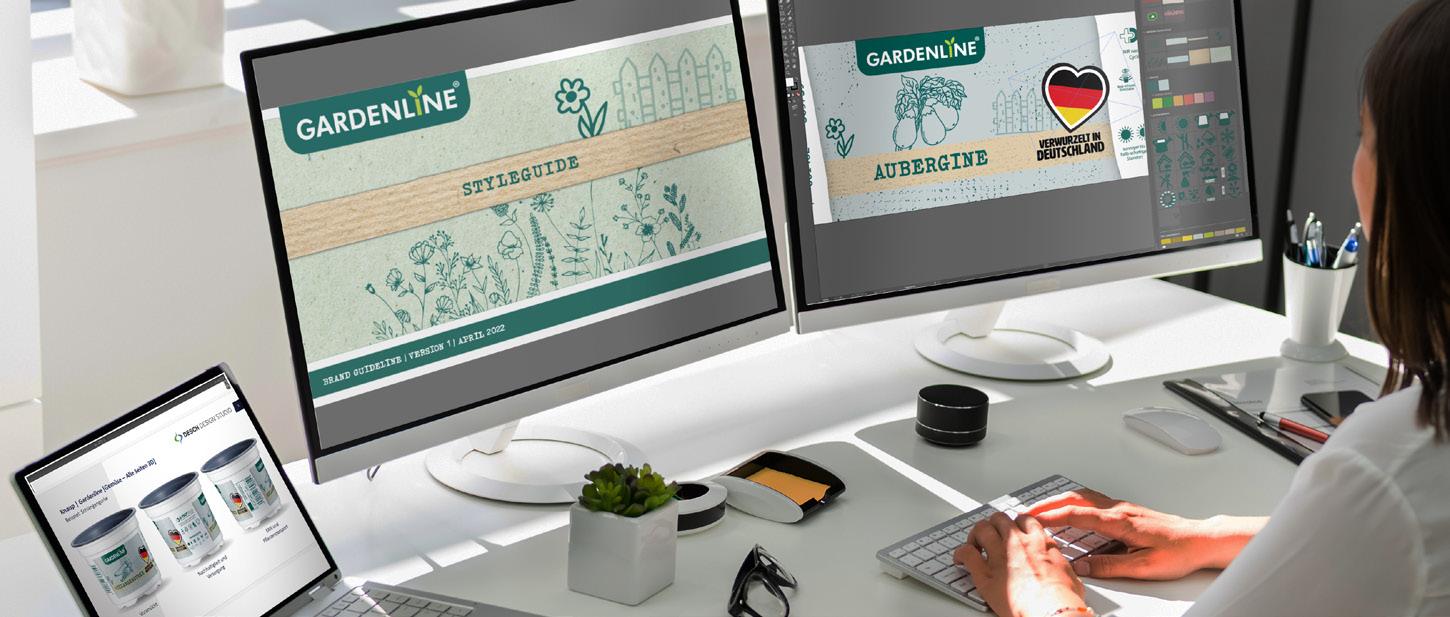
WWW.FLORACULTUREINTERNATIONAL.COM 19 PACKAGING
Putting sustainably grown and presented perennials on the map
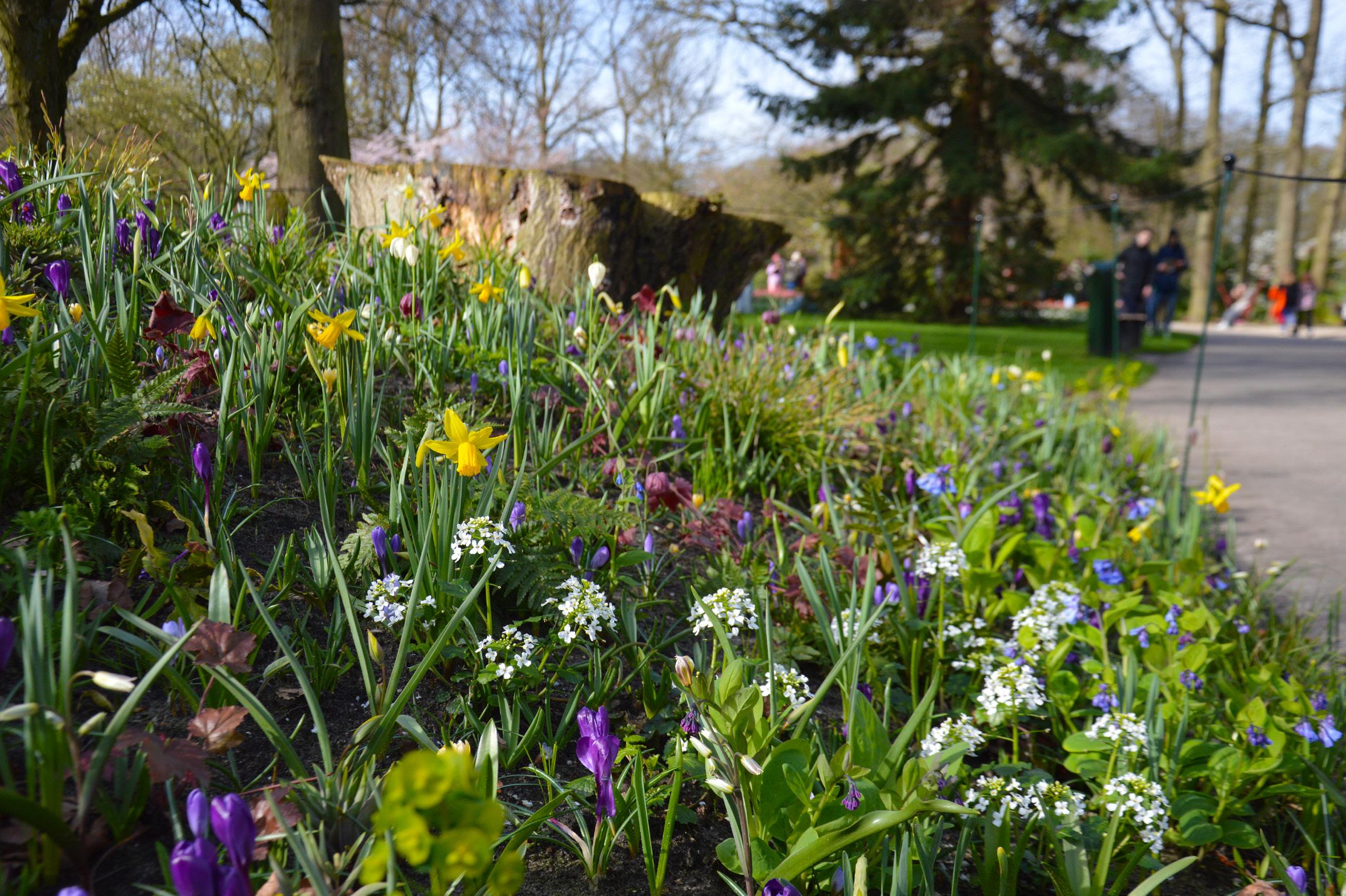 AUTHOR: RACHEL ANDERSON PHOTOS: RIJNBEEK PERENNIALS/DOPA/MARTINE
AUTHOR: RACHEL ANDERSON PHOTOS: RIJNBEEK PERENNIALS/DOPA/MARTINE
Dutch-based Rijnbeek Perennials aims to make the horticultural supply chain more environmentally friendly by going 100 per cent peat-free. As it continues its sustainability journey, the Rijnbeek team is busy working with Plantics BV, a producer of homecompostable, plastic-free DOPA pots.
The arrival of spring in Europe has Marcel van Vemde, director of Rijnbeek Perennials, feeling positive about the coming season. “There’s more demand; people are keen to order plants. However, April and May are crucial months in the horticultural calendar, so we must wait and see what happens next month. That said, we’re fully prepared—we’re putting in a lot of energy to have our company name and our products on everyone’s radar.”
THERE IS MUCH TO SHOUT ABOUT THIS YEAR
Rijnbeek certainly has a lot to shout about this year. As part of its promotional activity, the nursery business attended this year’s Garden Press Event in February (2024) in London, UK. There, it announced its involvement in a meadow-style field at the worldfamous Keukenhof Gardens in Lisse, the Netherlands.
The Boskoop (NL)-based perennials specialist, which proudly boasts a product range of more than 5,000 perennials, has
teamed up with bulb supplier JUB Holland and garden and landscape designer Carien van Boxtel to create a meadow-style display at Keukenhof, which this year celebrates its 75th anniversary. When this spring’s eight-week display ends, the new perennial border (a blend of early-flowering plants, perennials, and spring bulbs) will remain in the ground rather than being dug up and replanted in time for next year – as is the usual tradition.
Notably, this sustainable display complements JUB Holland’s and Rijnbeek’s aim to help the horticultural supply chain become more environmentally friendly.
WORKING
100 PER CENT PEAT-FREE IN THE ENTIRE RANGE
Van Vemde recalls how, for Rijnbeek, this journey began more than a decade ago when owner Arno Rijnbeek took the initiative
20
VAN WENT
PACKAGING
FLORACULTURE INTERNATIONAL APRIL 2024
Rijnbeek Perennials, in association with JUB Holland and landscape designer Carien van Boxtel, built a meadow-style field at the world-famous Keukenhof Gardens in Lisse, the Netherlands.
and started developing and trialling peat-free growing media mixes.
Van Vemde says: “In those days, everybody thought we were crazy. People would ask: ‘If you’re not obliged to do this by law [in the NL], then why would you do it?’ We are an innovator in that sense. We have gone peat-free not because our government told us to do so but because we wanted to because of our principles. Of course, we had to put in a lot of effort in the beginning – it has been quite a serious investment. But ten or so years later, we’re seeing the rewards – people are very enthusiastic about what we do.”
The nursery has now fine-tuned its peat-free substrate mixed by Lensli Substrates (based in Bleiswijk, NL) and learned how best to work with what is now a dependable, highperforming blend of sustainably sourced growing media substrates. Moreover, Rijnbeek claims to be the only commercial perennial nursery in the Netherlands that is fully peat-free. “That’s a great achievement,” states van Vemde. “Our customers are very much surprised by the quality and uniformity of our assortment and the fact that we can work 100 per cent peat-free in our entire range.”
HOME-COMPOSTABLE, PLASTICFREE DOPA POTS
As its sustainability journey continues, the Rijnbeek team is busily working with Martin Lekkerkerk, a business developer for Plantics BV– the Arnhem (NL)-based producer of homecompostable, plastic-free DOPA pots.
Lekkerkerk explains that these DOPA pots are made from recycled paper reinforced with Plantics’ patented, thermoset, bio-based resin (made from agricultural by-products).
He says: “We – the horticulture industry – are making nature. So, we need to work as close to nature as possible. The DOPA pots are helping to achieve this aim –leaving no microplastics in your garden, for example, which is very important.”
Lekkerkerk adds that DOPA pots
differ from other paper/pulp-based pots because their bio-resin gives them extra strength and longevity. Indeed, van Vemde notes that the Rijnbeek team has been testing the durability of the DOPA pots and has been pleased with the results. He says: “Other paper-based pots we’ve trialled in the past reacted very quickly to the outdoor environment in which they’re placed. However, we’ve had DOPA pots on our terrace for months, and they still look perfect. They’ve not fallen apart or become dirty –they’ve remained in good shape.”
Gardeners can also choose to plant their DOPA pot(s) (along with the plants and the growing media) directly into the soil after “cracking” the pot a bit to stimulate the plants’ roots, explains Lekkerkerk. The DOPA pot will then gradually biodegrade into the soil.
He says: “They have a decorative value, but when the consumer is ready to plant them in the soil, they can do so and then enjoy watching their plants continue to grow.”
A NEW OFFERING
Lekkerkerk reports that, to date, DOPA pots are mainly being used by bulb producers in the Netherlands to house potted bulbs. But this season is set to see the DOPA pots used to contain mixes of Rijnbeek’s perennials. In fact, Rijnbeek has already discussed this offering with several garden centres and large retailers in Europe.
Van Vemde reports: “There is really a lot going on. Everybody has been searching for an option like this biodegradable, durable DOPA pot, but it seems that nothing has been available until now. As you can imagine, there’s been much interest in them already this year.”
Van Vemde expects Rijnbeek’s DOPA pot range to be available on a limited scale this season so that the nursery can see how the public reacts to it. This will also give Plantics and Rijnbeek time to steadily scale up production for what will hopefully be a bigger DOPA pot-perennials programme next year.
The grower envisions Rijnbeek’s perennials being sold in the DOPA pots in unique combinations of five or so perennials that will ensure year-round performance for years to come and offer climate-adaptive solutions. This concept is similar to those offered in the company’s Climate Gardeners brand, which was developed last year. This brand includes, for instance, an Urban Jungle mix designed for shady, wet conditions early in the year and a Drought Resistant Mix for a waterwise, low-maintenance border in hot summers.
WANTED: PARTNERS TO JUMP ON THE DOPA BANDWAGON
Potted Hyacinths grown in DOPA pots sitting in a moulded pulp tray.
Van Vemde and Lekkerkerk are keen to find partners to help increase the production volume of the DOPA pots and, in turn, reduce their price so that they are closer to the cost of recycled plastic pots. The pair are also keen to find partners worldwide who are as enthusiastic as they are in finding solutions for bringing the DOPA pot to consumers.
Clearly, this could be the dawn of a new era for horticultural pots, so watch this space – and, of course, watch the perennials grow in the DOPA pot.
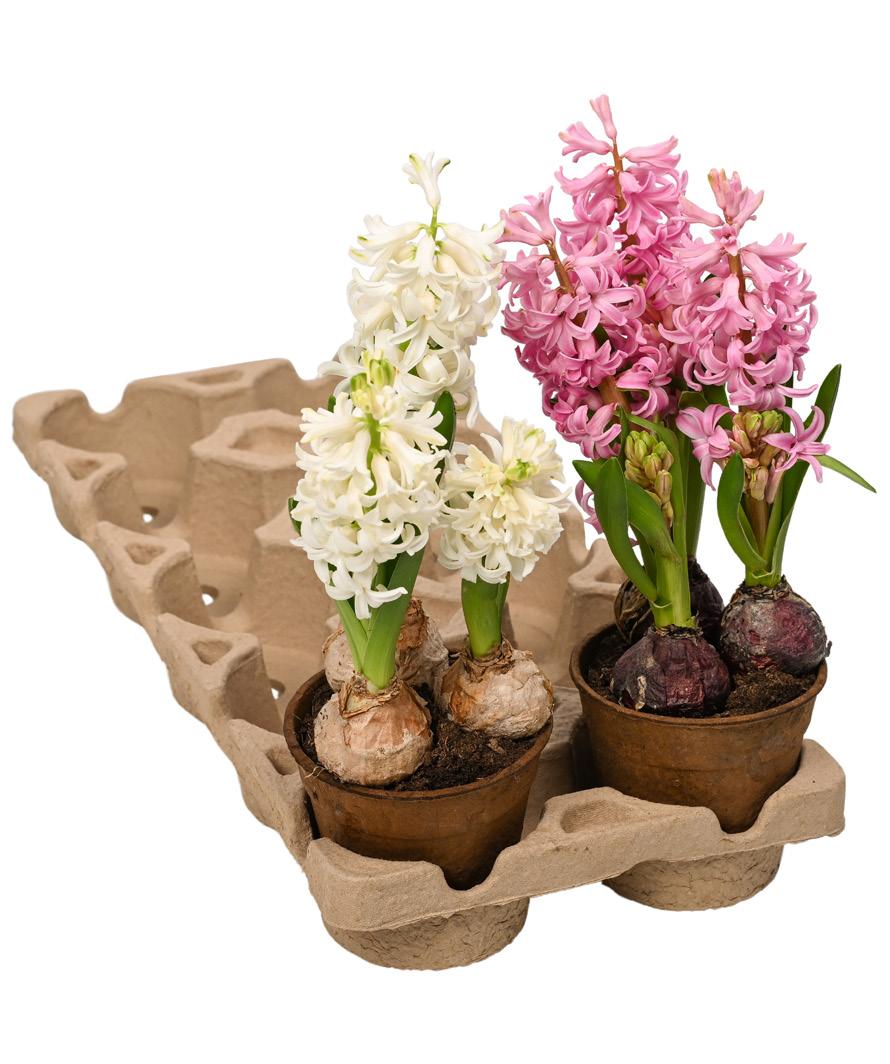
WWW.FLORACULTUREINTERNATIONAL.COM 21 PACKAGING
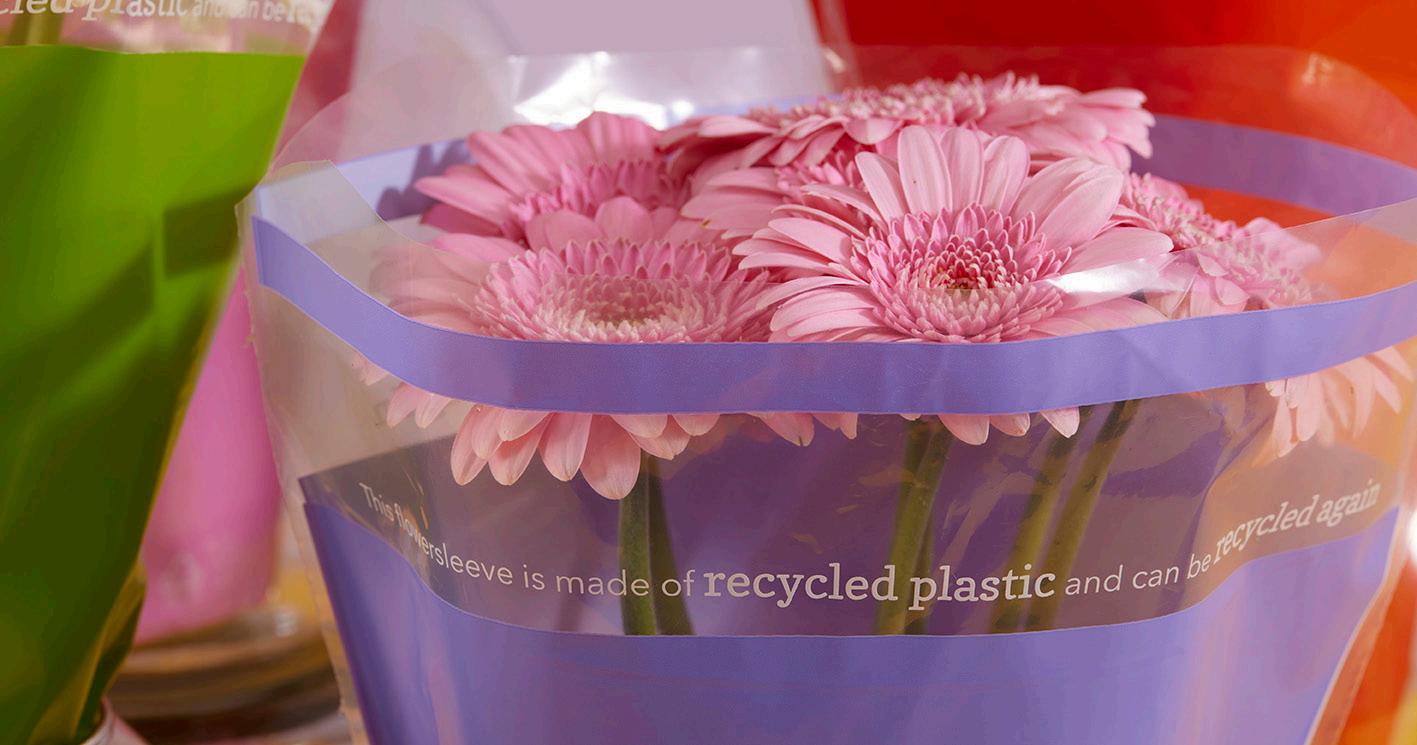
Versatility and eco-consciousness combine in flower and plant sleeves
It is a delicate balancing act to address customers’ needs—who predominantly keep asking for reliable plastic BOPP sleeves—while saving the planet and its people. On-trend packaging expert Koen Pack addresses the issue of eco-consciousness by participating in several corporate sustainability programmes and the HSPI (Horticultural Sustainability Packaging Initiative).
AUTHOR: RON VAN DER PLOEG PHOTOS: KOEN PACK
Located opposite the flower auction Royal FloraHolland Aalsmeer, on the outskirts of Amstelveen, the industrial park De Loeten is home to Koen Pack, a supplier of flower and potted plant packaging. Its extensive range of sleeves takes pride of place.
Koen and Cristol Broekhuizen started their company in 1996 from the kitchen table because they realised how things could be done differently, better, and more personally.
Today, Koen Pack is an international company that
employs nearly 100 staff members. The company has subsidiaries in the USA, Canada, Ecuador, Colombia and China and says its greatest strength is bespoke packaging solutions for its customers.
Koen Pack takes the environment and its responsibilities seriously, whether it concerns manufacturing sleeves, bags, gift boxes or decorations. A significant part of these are sold to auction-based wholesalers in Aalsmeer and Westland, then used to pack, protect and beautify the flowers and plants mainly destined for retailers across Europe.
PACKAGING CONSOLIDATION
The consolidation of packaging companies is a hotly debated issue in the global ornamental horticulture industry. The market is increasingly dominated by big players such as Paardekooper Group (Dillewijn/Zwapak and Broekhof).
However, Koen Pack is certainly not a small company that should be overlooked. It compares itself with a speedboat navigating between mammoth tankers, manoeuvring, and adapting to changing business environments with agility and proactivity.
PACKAGING FLORACULTURE INTERNATIONAL APRIL 2024 22
SLEEVES SERVE FOR MULTIPLE TASKS
In ornamental horticulture, millions of sleeves are used. These are primarily blank, unprinted and made in the Far East.
In the Netherlands alone, Koen Pack sells more than 200 million sleeves per year. Ultimately, the company aims to help customers enhance the visual appeal of their flowers and plants while also providing protection, convenience, quality and eco-friendliness.
HORTICULTURAL SUSTAINABILITY PACKAGING INITIATIVE (HSPI)
Koen Pack and eleven other horticultural suppliers are participating in HSPI (Horticultural Sustainability Packaging Initiative).
HSPI working groups focus on three themes: supply chain transparency, footprinting, and materials. This team effort should help the industry comply with EU legislation.
EU lawmakers have agreed to a new law. Its goal is for all packaging to be fully recyclable by 2030. The new agreement includes a reduction target, outlining that the portion of recycled material in plastic sleeves should be a minimum of 30 per cent.
The Dutch government aims for a 55 per cent reduction in CO� emissions by 2030 compared to 1990. So, Koen Pack has teamed up with Pickler to calculate the CO� footprint of sleeve manufacturing and address the demand for science-based sustainability. These calculations are shared with Koen Pack’s customers to help them comply with the Corporate Sustainability Reporting Directive (CSRD). Under CSRD, companies must publicly disclose environmental matters, including carbon emissions and biodiversity, and how they impact social factors such as human rights, working conditions, equality, and nondiscrimination in the value chain. Approximately 130 factors must be checked and measured, which requires much paperwork.
Koen Pack’s ‘Bubblicious’ theme builds on the cocooning trend as seen in fashion and interior design.
EDUCATING CUSTOMERS AND CONSUMERS
Koen Pack believes informing customers about available choices is vital to achieve more sustainability. Logos and QR codes on sleeves can help educate consumers on which bin sleeves should be disposed of for recycling. The Dutch waste industry is working hard on systems to turn waste back into raw material. Particularly in cardboard, a collection system exists to recycle collected cardboard into new boxes. Plastic waste can be collected in special bags and used to make new products.
COMPENDIUM OF PLASTICS
Plastic is not all the same. Koen Pack’s comprehensive compendium of plastics, as featured on the corporate website, provides customers guidance on the materials used and their recyclability and biodegradability. In addressing the needs of its customers, the biggest portion of sold sleeves is still made of BOPP (recycled biaxially oriented polypropylene), some kind of polypropylene (PP), and virgin plastic.
Yet, Koen Pack’s account managers also propose alternatives such as sleeves made of rBOPP or
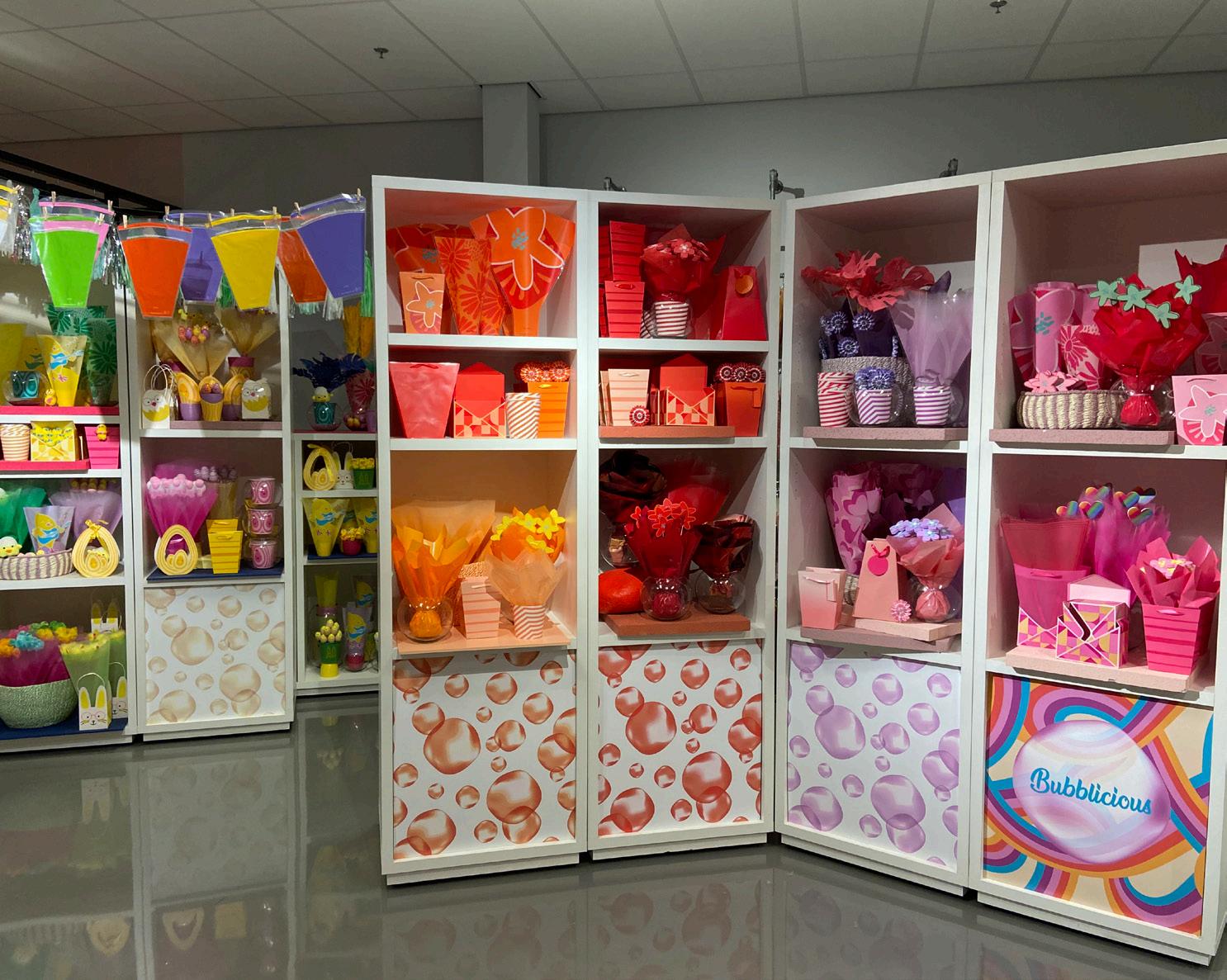
UPTREND SLEEVES
Prints, not the material itself, drive the trends in flower and plant sleeves. Koen Pack trialled bio-based PLA sleeves but stopped offering them because there was little to no demand.
This year’s collection evolves around the 'Bubblicious' theme, building on the cocooning trend seen in fashion and interior design. Cocooning finds its roots in an uncertain world plagued by social, economic, and political tensions, with consumers tending more to family, friends, and the home and garden.
PACKAGING WWW.FLORACULTUREINTERNATIONAL.COM 23
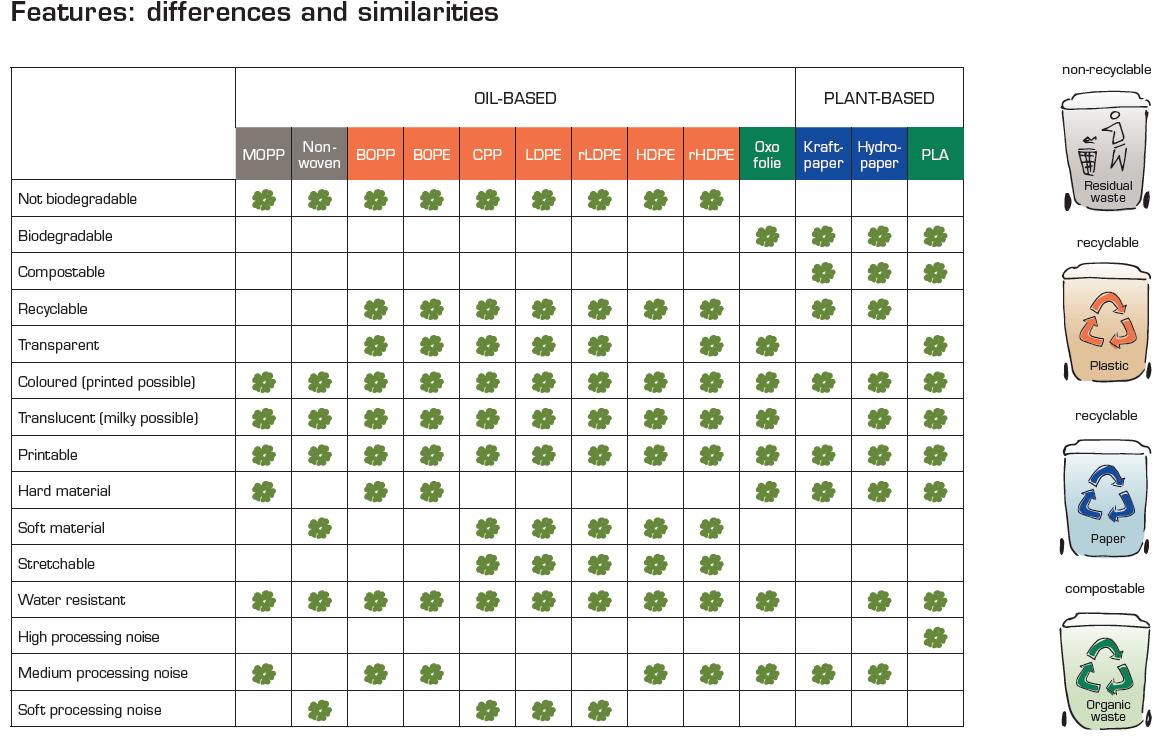
rLDPE (recycled low-density polyethylene) with 80 per cent PCR (Post Consumer Recycled).
Suppliers in the Far East are increasingly incorporating recycled plastic into flower and plant sleeves. PCR is used to produce quality sleeves with no difference in clarity and strength. Koen Pack’s product development department also investigates sustainability-driven product design, focusing on thinner sleeves without affecting quality. Where once the thickness was 40 mu, 35 mu is now the standard. Another option is to use shorter sleeves that protect only the most important part of the bouquet. Potted plant growers also tend to wrap plastic or paper around the tray instead of individually sleeving their plants.
Figure 1 comprehensively overviews the nonbiodegradable, biodegradable, compostable, and recyclable properties of the different materials used in flower and plant sleeves.
BIO-BASED PLASTICS ARE NOT THE SINGLE BEST SOLUTION
Bioplastics are often referenced as being bio-based, biodegradable, or both. Compostable plastics - a subset of biodegradable plastics –are believed to biodegrade under composting conditions, that is, at specific temperatures, humidity, and oxygen levels. See Koen Pack and Figure 1 for more information. However, Koen Pack does not see bio-based plastics as the holy grail. The company explains that the lead time in composting installations is so short (between one to two weeks) that bio-based plastics do not qualify for this as they biodegrade too slowly in the installation, let alone in nature or on the streets.
Bio-based plastics are, therefore, not the single best answer to the environmental impact of plastic waste. Moreover, if
bio-based plastics decay at all in a composting machine, they do not produce compost but disintegrate into water and CO2. In the bestcase scenario, if fermented first, they produce a little energy. They also decay slowly on the compost heap at home or in the landfill. Koen Pack’s key conclusion is that at the front end, things are going pretty well, as packaging companies use renewable raw materials. However, bio-based plastics should be thrown away with the residual waste downstream of the supply chain. On the other hand, power plants are happy with it because renewable materials such as PLA have a high energy value when burned. Koen Pack says plastic is not so bad as long as it is put in the correct bin, which allows recycling. The company is a strong advocate for recycling.
PACKAGING FLORACULTURE INTERNATIONAL APRIL 2024 24
GOOD PACKAGING = SUSTAINABLE PACKAGING: 7 TIPS
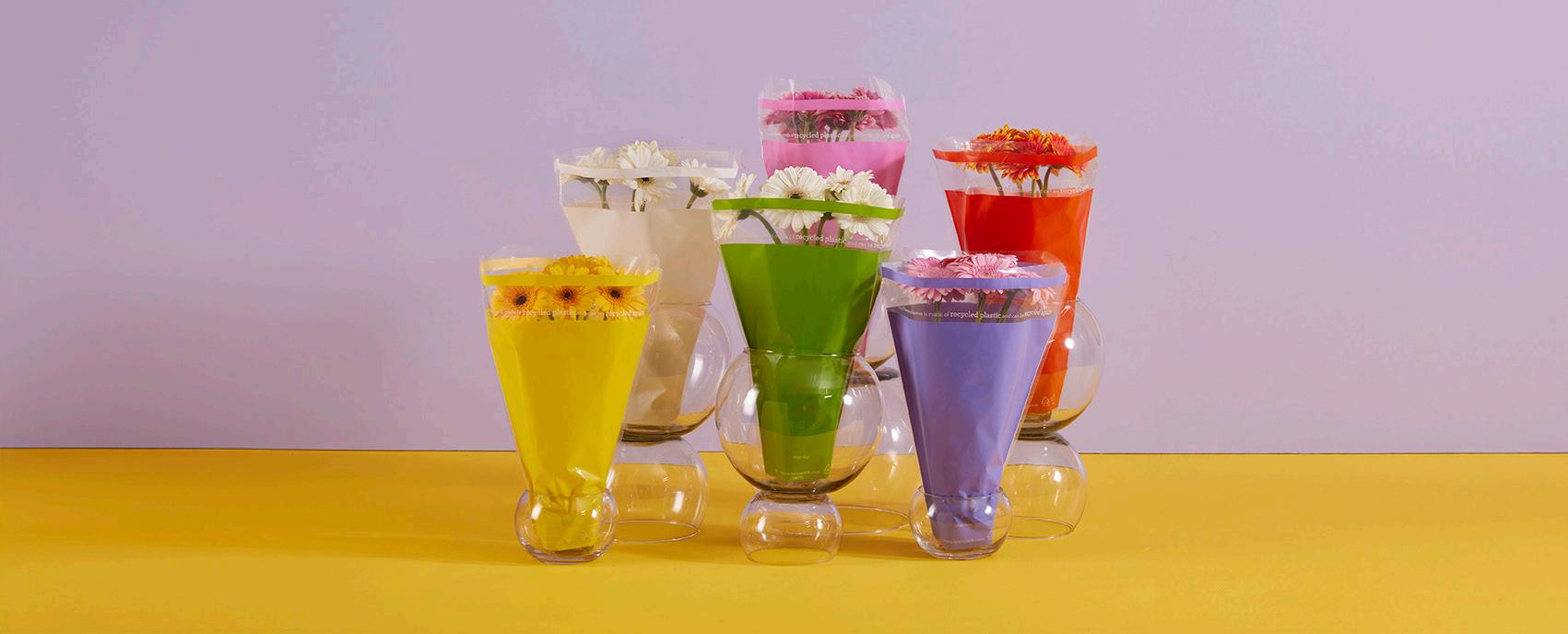
1
Always prioritise the packaging's functionality. The product almost always has a greater impact on the environment than the packaging itself. Good packaging protects the product against damage and deterioration and helps consumers get the maximum return from the product.
Intended effect: the valuable product is not lost.
2
Avoid harmful substances in packaging. For example, avoid using inks with mineral oils and other harmful substances.
Intended effect: prevent hazardous substances from ending up in the living environment and (recycled) materials.
3
Be economical with materials. Use as little material as possible or ensure that the packaging can be reused. Also, ensure that as little material as possible is lost during production.
Intended effect: more efficient use of raw materials to limit the amount of waste.
4
Ensure a clean material flow that can be properly recycled. Where possible, use one material type per packaging component and ensure that consumers can easily separate the different components from each other. Also, consumers should be able to empty the packaging properly so that no product residues remain after use.
Intended effect: good separation and recycling of packaging waste, which yields raw materials for new packaging and products.
5
Use recycled or renewable raw materials where possible. This ensures that materials can be used for as long as possible and that fewer virgin materials are needed.
Intended effect: further closing the material chain.
6
When developing the packaging, consider efficient logistics. Provide as little void space in the transport units as possible so that transport costs as little energy per product. Design packaging that minimises the risk of product damage.
Intended effect: less energy consumption, pollution and product loss during transport.
7
Clearly communicate on the packaging how consumers can dispose of it. Make sure consumers know how to dispose of their packaging waste properly. You can use a disposal guide from the internet for this.
Intended effect: good waste separation by consumers makes it easier to reuse and recycle packaging waste.
PACKAGING WWW.FLORACULTUREINTERNATIONAL.COM 25
Emotions hinder rational thinking in plant pot manufacturing
Soparco, a French manufacturer of horticultural pots and containers, acknowledges that the environmental impact of plastic waste has become a growing concern. However, in keeping with a glass-half-full approach, it would also like to emphasise that sustainable products for the horticultural market have already been on the radar for many years. The industry has since taken bold steps to reduce plastic waste.
AUTHOR: BRAND WAGENAAR
In France, the market for horticultural pots represents around 770 million units/ year or 20,000 tonnes/ year. Compared with its neighbouring markets, the French market has some very specific characteristics due to the typical structure of national production: a few large uniform monocultures and many small companies growing a wide range of plants in different pots with as many different sizes, shapes, and colours as possible. This variety presents a real challenge for pot manufacturers in France.
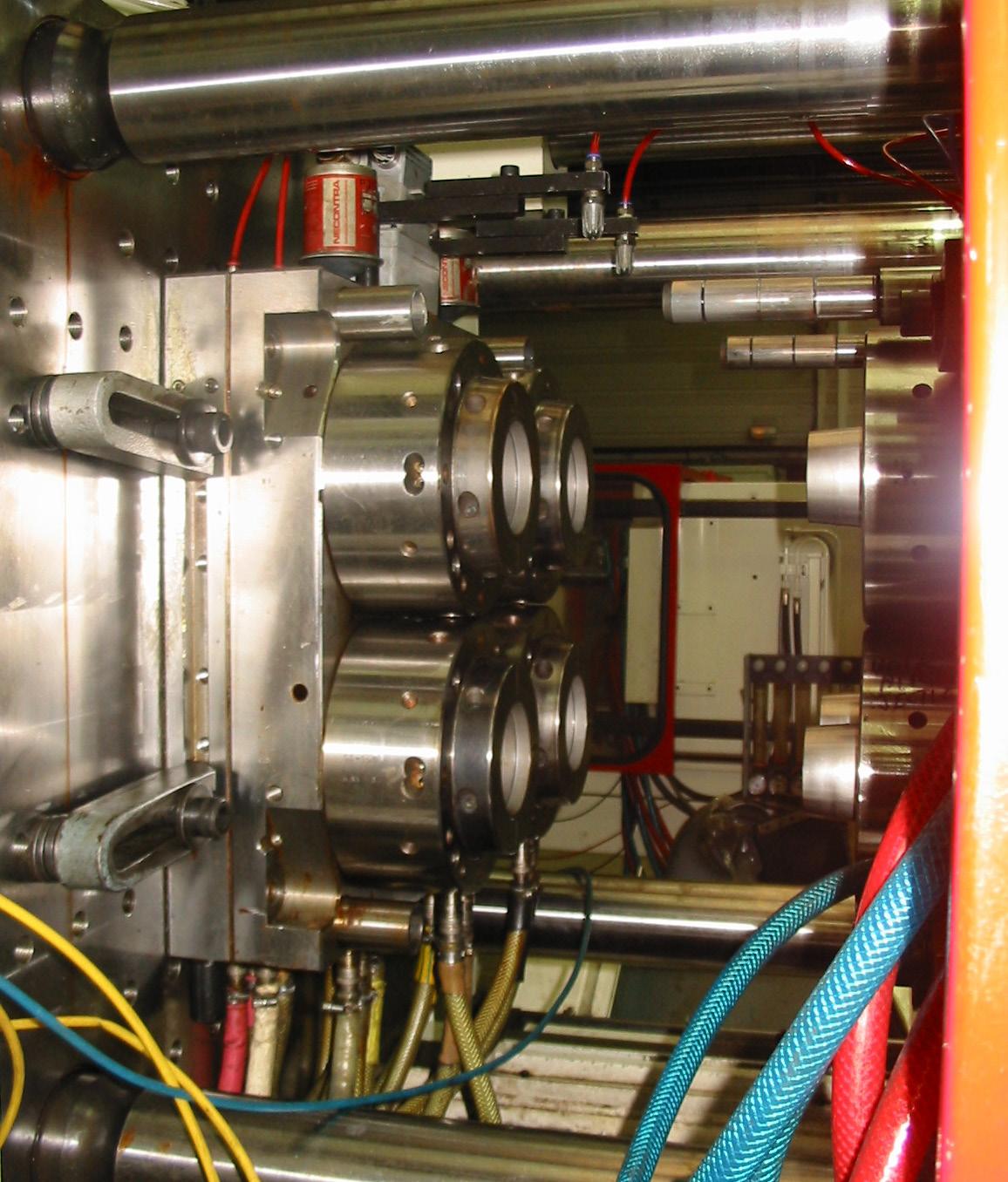
THE SOLUTIONS EXIST AND ARE READY TO BE IMPLEMENTED
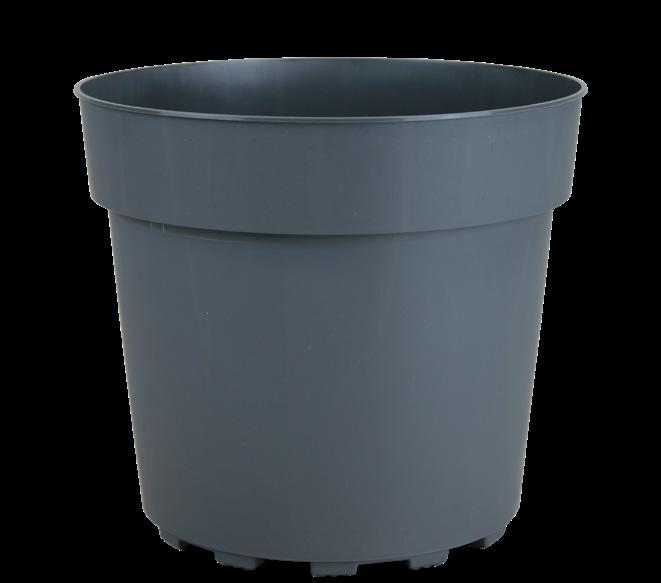
Since early in the 1970s, Soparco has specialised in manufacturing pots and containers for horticultural professionals. It is a 100 per cent family business with a more than 25 per cent market share in the French market. The company attributes 60 per cent of its output to export sales in many countries.
Soparco’s position in the plastics debate is far from being hazy. According to the company’s managing director, Mr Cohu, it is a complex issue often distorted by virulent attacks from environmental stakeholders in France and Europe. “Plastic pollution is real and obvious, but the opinions put forward are often radical, extremist, often unfounded and very little sciencebased. The solutions exist and can be implemented collectively at the European level if they are applied rationally and not emotionally.”
PROCESSES AHEAD OF TIME
At the same time, he emphasises that industrial processes are far ahead. Cohu says, “Manufacturers of horticultural plastic pots have not waited for the current threats to find solutions. For over twenty
Machine for manufacturing plastic plant pots by the injection moulding process.
years, Europe's leading plastic pot manufacturers have made considerable progress in improving the techniques used to manufacture more robust, thinner pots and plant trays, which use a third less material.”
Work has been done to increase product detectability and improve the recyclability rate. Cohu notes, “So much so that the horticultural plastic pot industry is regarded as exemplary in the wider plastics industry and considered to be the best and most virtuous branch member in terms of progress and improvement. It already meets 100 per cent of regulatory requirements and obligations.”
In the slipstream of CITEO*, horticultural pot manufacturers in France have responded to the ecological emergency and accelerated the transition into a circular economy.
THE ROLE OF INTERPROFESSIONAL ORGANISATIONS
In 2021, VALHOR, the umbrella organisation for ornamental horticulture in France (regrouping all trade unions from the ornamental sector, from growers to retailers, landscapers, and florists), signed a commitment paper by French and European plastics manufacturers, including Soparco. Together, they have been working (some of them for many years already) on the development of plastic materials and additives
19cm Fuji plant with thin sides.
FLORACULTURE INTERNATIONA L APRIL 2024 26 PACKAGING
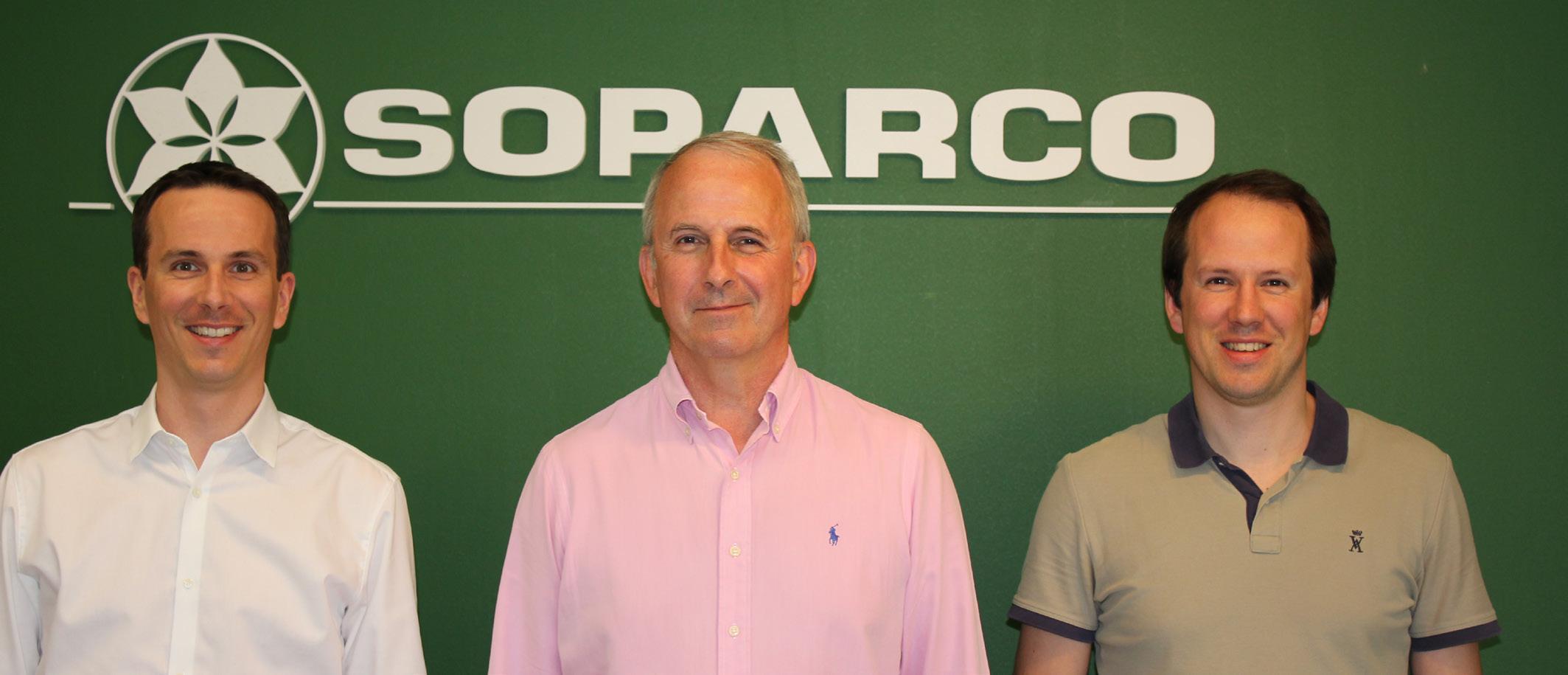
for making pots as well as on likely alternatives to plastic. They have tailored their offer, and new materials, such as pots made with recycled or bio-sourced materials, have arrived on the market.
A CAPABLE INDUSTRY
Today, the horticultural pot manufacturing industry is capable of reaching 100 per cent of recycled material reused in its production. An estimated 95 per cent of horticultural pots used by the sector are made of polypropylene (PP), a recyclable material.
Furthermore, three-quarters of horticultural pots placed on the French market contain 60 to 100 per cent recycled plastic derived from industry scrap or from postconsumer waste.
As such, it is one of the few industries capable of reincorporating 100 per cent recycled material into its production and, in turn, of manufacturing new products that do not use any virgin raw material of fossil origin.
Some manufacturers have also worked on reducing the plastic content of horticultural containers by 30 to 40 per cent, thanks to technological breakthroughs and innovations in equipment and materials. The share of nondetectable PS pots decreases rapidly year on year.
CONSTANTLY EVOLVING REGULATIONS
Many organisations in France and Europe are concerned about plastics. Regulations and legislative decisions evolve rapidly, with trade associations regularly updating their members. Regarding horticultural pots, the current question being debated with European authorities is to determine whether the pot is part of the plant from the cradle to the grave or whether it is considered packaging. Taxation could be very different depending on the EU Commission’s answer expected this month (April 2024).
HACKING THROUGH A JUNGLE OF DENOMINATIONS
Regarding bio-pots, some manufacturers have developed product ranges that comprise biosourced materials such as coconut fibre, wood fibre, potato starch, rice husk, etc. These novel product ranges are currently undergoing technical testing to ensure they can be used for plant cultivation and marketing. Their life cycle will also be analysed because the actual environmental benefits remain to be proven. Soparco’s product portfolio includes bio-pots, but it remains a niche product that costs four to five times the price of a plastic pot. The term 'bio-sourced' refers to the category of bioplastics, dealing with the composition of the
material rather than the fate of the waste produced. "Bio-sourced" means that the material has been partly or entirely manufactured from biomass resources such as agricultural crop residues, sugar cane, or starch.
This characteristic in no way prejudges the end-of-life fate of the waste, which may well not be biodegradable.
So, vigilance is required when
REGULATORY FRAMEWORK
• AGEC (Anti-gaspillage pour une économie circulaire). The anti-waste law for a circular economy aims to accelerate the change of production and consumption model to limit waste and preserve natural resources, biodiversity and climate.
• European Directive on single-use plastics (2019)
• French Circular Economy Act (2020)
• 3R plastics strategy in France (reduce, reuse, recycle) for 2025, 2030 and 2040
• CITEO’s eco-modulations impose penalties on specific plastics that are non-sortable/ non-recyclable, non-recycled or do not contain recycled material; the extension of sorting guidelines to all plastics
• EPR is the 2025 introduction of extended producer responsibility in professional packaging. This regulation is designed, in particular, to increase the material reuse and recycling of packaging.
Soparco, in Condé-surHuisne, halfway between Paris and Le Mans, is a third-generation family business. (Left to right: Adrien Cohu, Philippe Cohu, and Romain Cohu.)
PACKAGING WWW.FLORACULTUREINTERNATIONAL.COM 27
FRENCH TRADE ORGANISATIONS
A.D.I.VALOR
As part of their commitment to the development of sustainable agriculture that respects the environment, the organisations representing the plant protection industry, agricultural cooperatives, agricultural traders and farmers are A.D.I.VALOR’s founding members and shareholders.
CITEO
Pioneer of sustainable development since the early 1990s in France, Citeo has developed its expertise by creating a new future for household packaging and graphic papers. Citeo has developed eco-design, collection, sorting and recycling services within the framework of Extended Producer Responsibility (EPR), thanks to the joint action of its corporate customers, who are at the heart of its development, as well as in partnership with local authorities along with sorting and recycling professionals.
COTREP
Technical Committee for the Recycling of Plastic Packaging created in 2001 by Citeo, Elipso, and Valorplast. It assists manufacturers in developing recyclable plastic packaging solutions in France.
VALHOR
In January 2023, the umbrella organisation for ornamental horticulture in France, VALHHOR (regrouping all trade unions from the ornamental sector, from growers to retailers, landscapers, and florists), signed a charter of commitment towards eco-designing horticultural pots and containers with eight French and European plastics manufacturers, including Bachmann, Plantec AG, CEP, Chapelu Frères, Desch Plantpak, Modiform, Pöppelmann, Soparco, Tarpin Chavet (household waste collection company) Suez France (an expert in water and waste professions), Paprec France (global waste management), and
VEOLIA
Together, they have been working (some of them for many years already) on eliminating carbon black by 2024, eliminating polystyrene by 2025, reaching a minimum of 75 per cent recycled plastic materials in every pot by 2030 and seeking the best eco-friendly solutions. The manufacturers have tailored their offer, and new materials, such as pots made with recycled or bio-sourced materials, have arrived on the market. One of the signatories to the Charter, Veolia, wants to become the benchmark company for ecological transformation and is present on five continents with nearly 213,000 employees in 2023. The Group designs and deploys useful, practical, and concrete solutions for water, waste, and energy management.
VADEHO
At the time of printing, news broke that a new organisation, VADEHO, had been set up under the umbrella of VALHOR and eight professional organisations representing the horticulture, flowering and landscape sectors and in association with the eco-organisation ADIVALOR. It provides a solution throughout France to companies in the #plant sector and to the services of the #greenspaces of local authorities for the #collection and #recycling of their used #polypropylene plastic pottery.
speaking about 'organic', 'plantbased' or 'degradable' alternatives in comparison with conventional plastics.
THE SINGLE BEST SOLUTION (S)
Of course, the solution to plastic pollution lies first and foremost in reducing our consumption and developing reusable alternatives to single-use products and packaging. In this respect, bioplastics are far from being a 'miracle' solution. However, Soparco and its European industry peers invest continuously in R&D.
Reusable solutions, especially for plant trays, are currently being promoted, but they require a considerable investment and do not meet all expectations because of the variety in pot sizes and the logistical issues involved in guaranteeing exchanges. In the meantime, the best alternative is to improve recycling further so as to achieve 100 per cent recycled material in the manufacture of pots and trays. The quantity of virgin material used can be considerably reduced.
POLITICAL WILL AND GOODWILL OF THE PROCESSING INDUSTRY
Europe's leading manufacturers of pots and plant trays are highly skilled in processes using recycled materials. The mass of material to be recycled is sufficient, whether it comes from industrial sources or from household plastic waste. However, many decisions still depend on the political will of the authorities and the goodwill of the large industrial companies responsible for waste collection and the distribution of recyclable materials. The material to be recycled generates processing and logistics costs, and the price of recycled raw materials competes with the price of virgin material. The price of recycled materials depends very much on the goodwill of the French waste processing industry and, finally, political and regulatory decisions concerning these major industrialists.
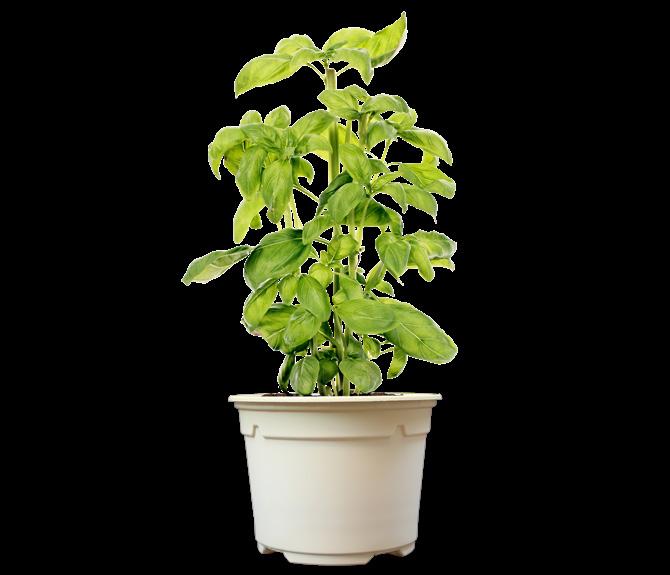
Basil grown in a Soparco bio-pot.
FLORACULTURE INTERNATIONA L APRIL 2024 28
PACKAGING
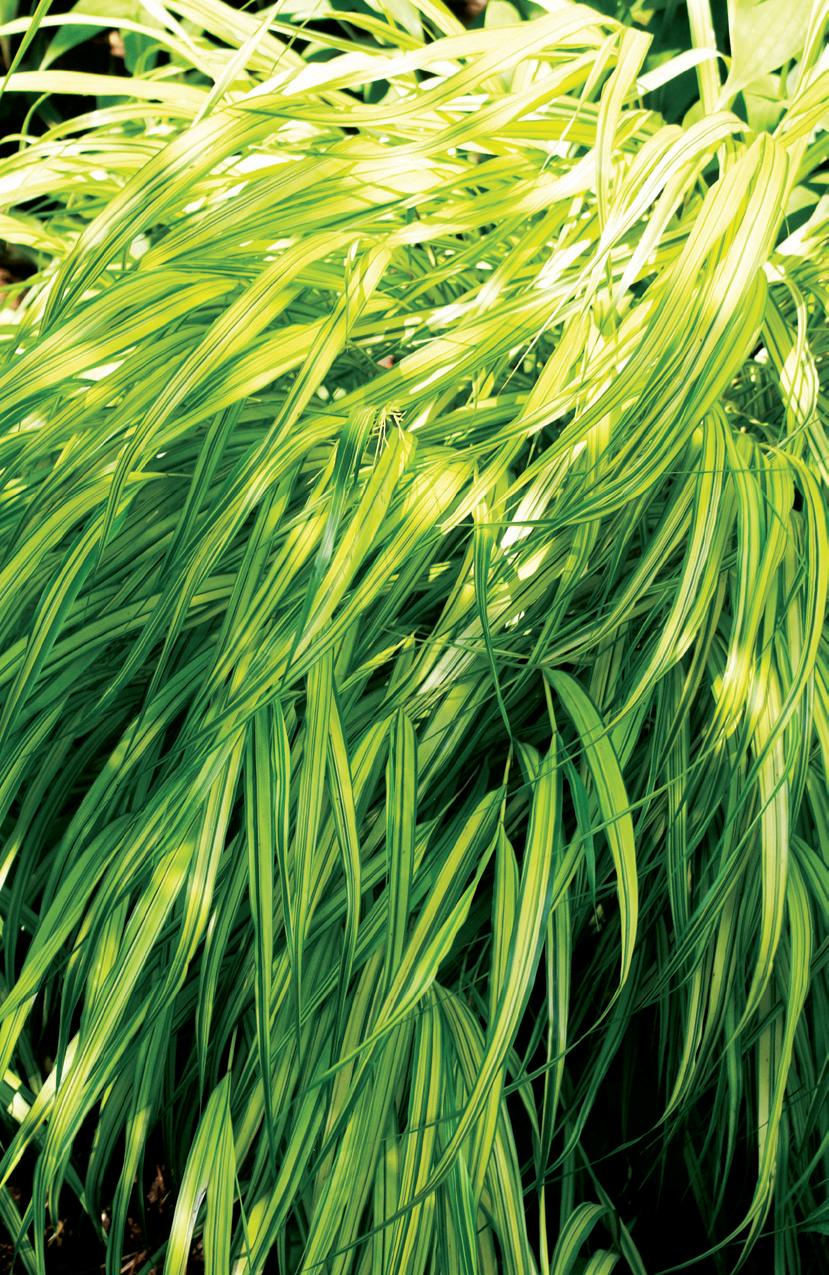
International Trade Fair for Plants, Horticultural Technology and Landscape Architecture
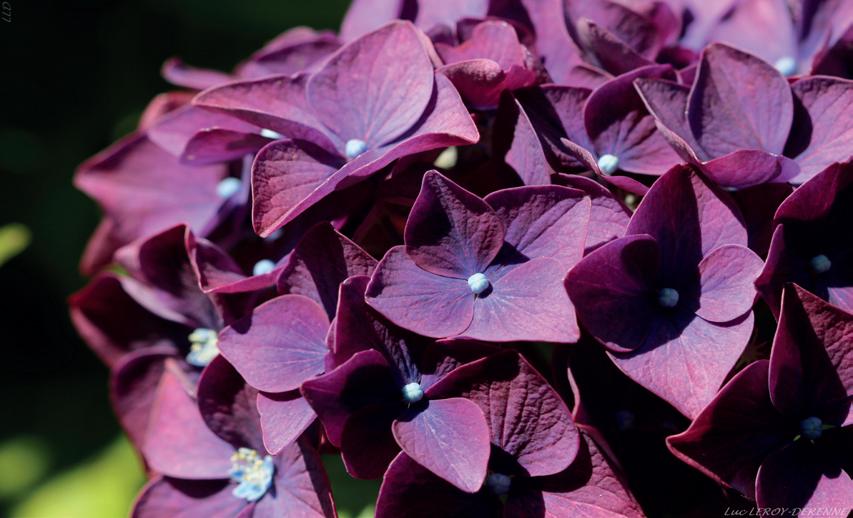
GREEN IS LIFE
Nurseries, the heart of the fair, has been connecting the whole green industry for over 30 years!
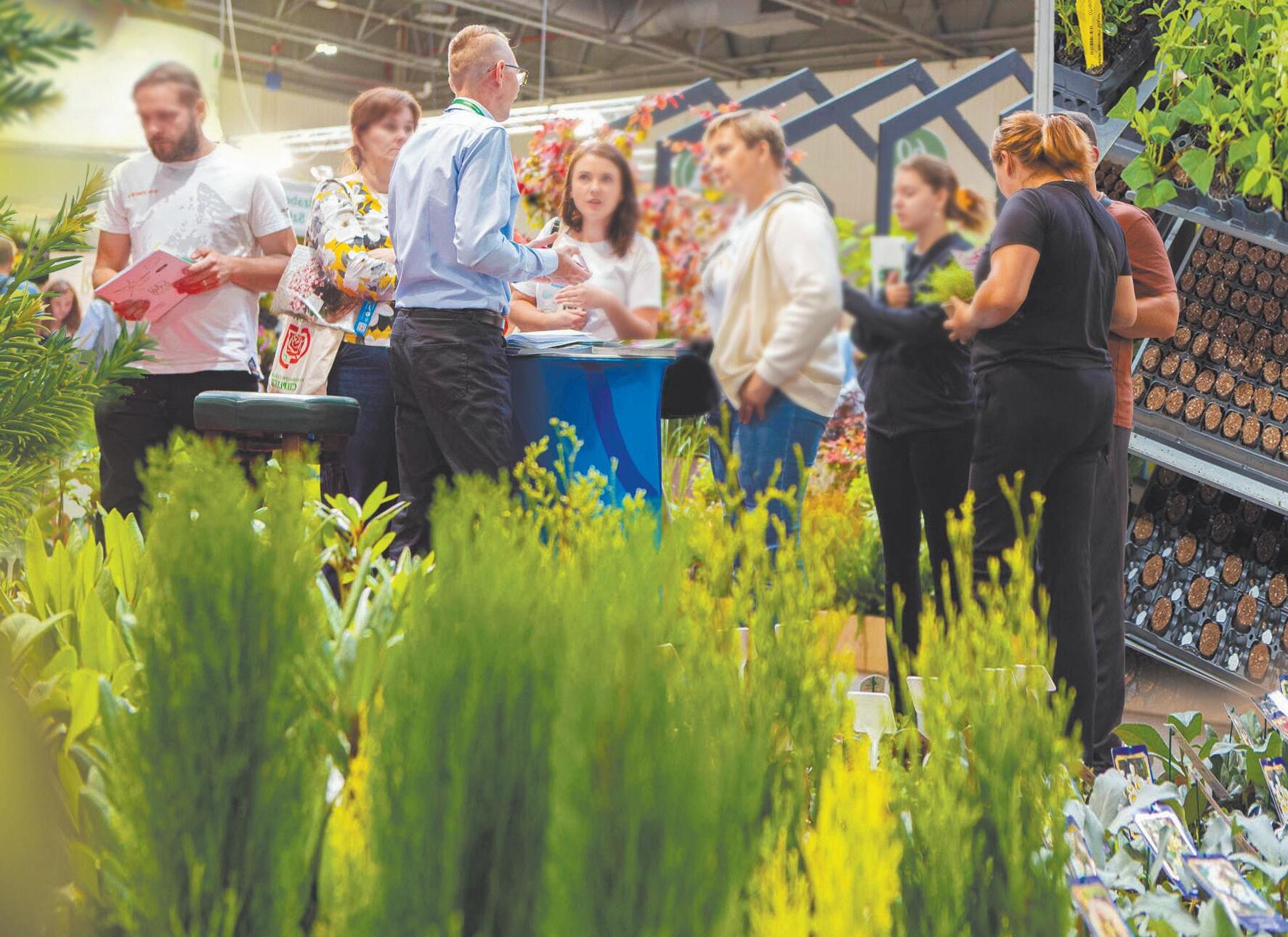
SAVETHEDATE 5-7 SEPTEMBER2024
This is where business, passion and art meet, which gives great results. The fair is the forum for exchanging information, knowledge, experiences and establishing contacts.
Take advantage of the potential of trade fair meetings and book a stand at the promotional First Minute price –www.greenislife.pl, mail: info@greenislife.pl; phone no: +48 501 713 593. recommendation
WARSAW




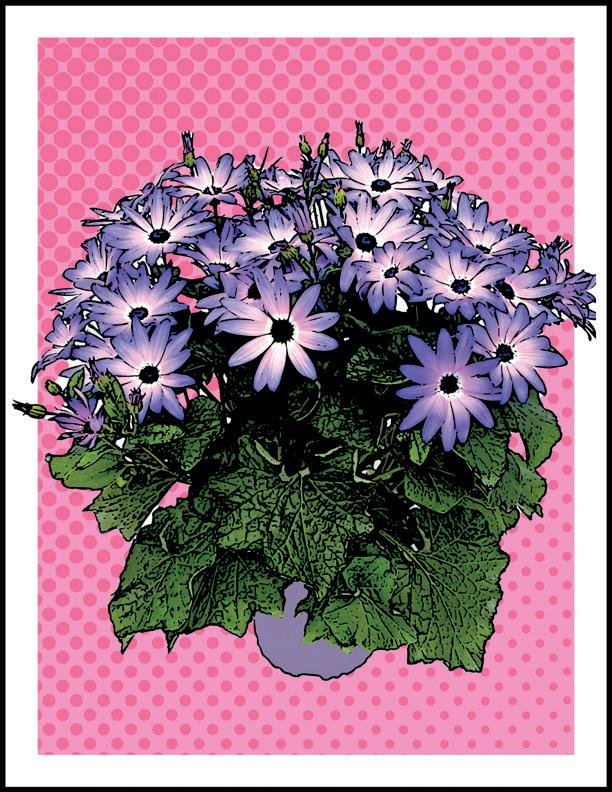

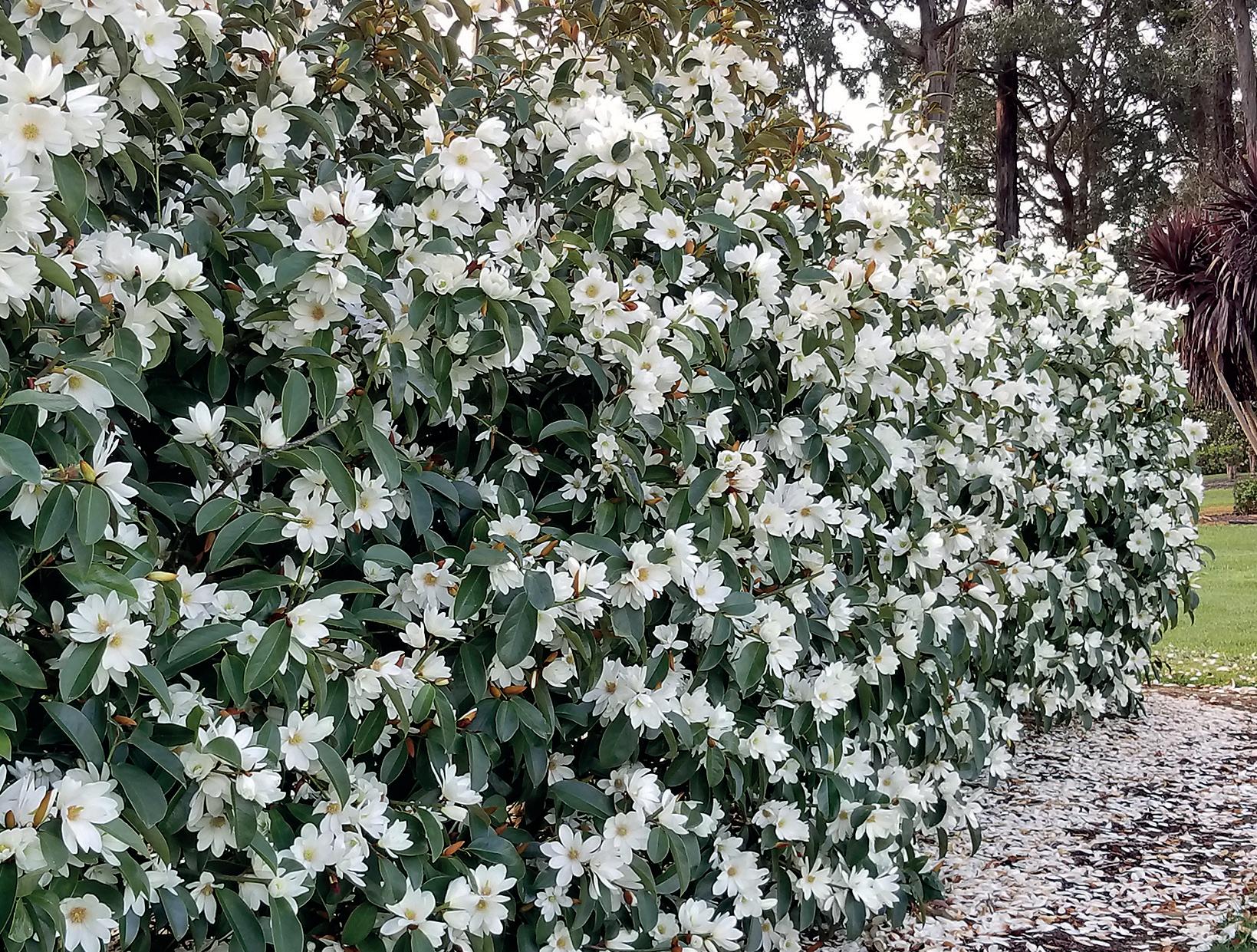
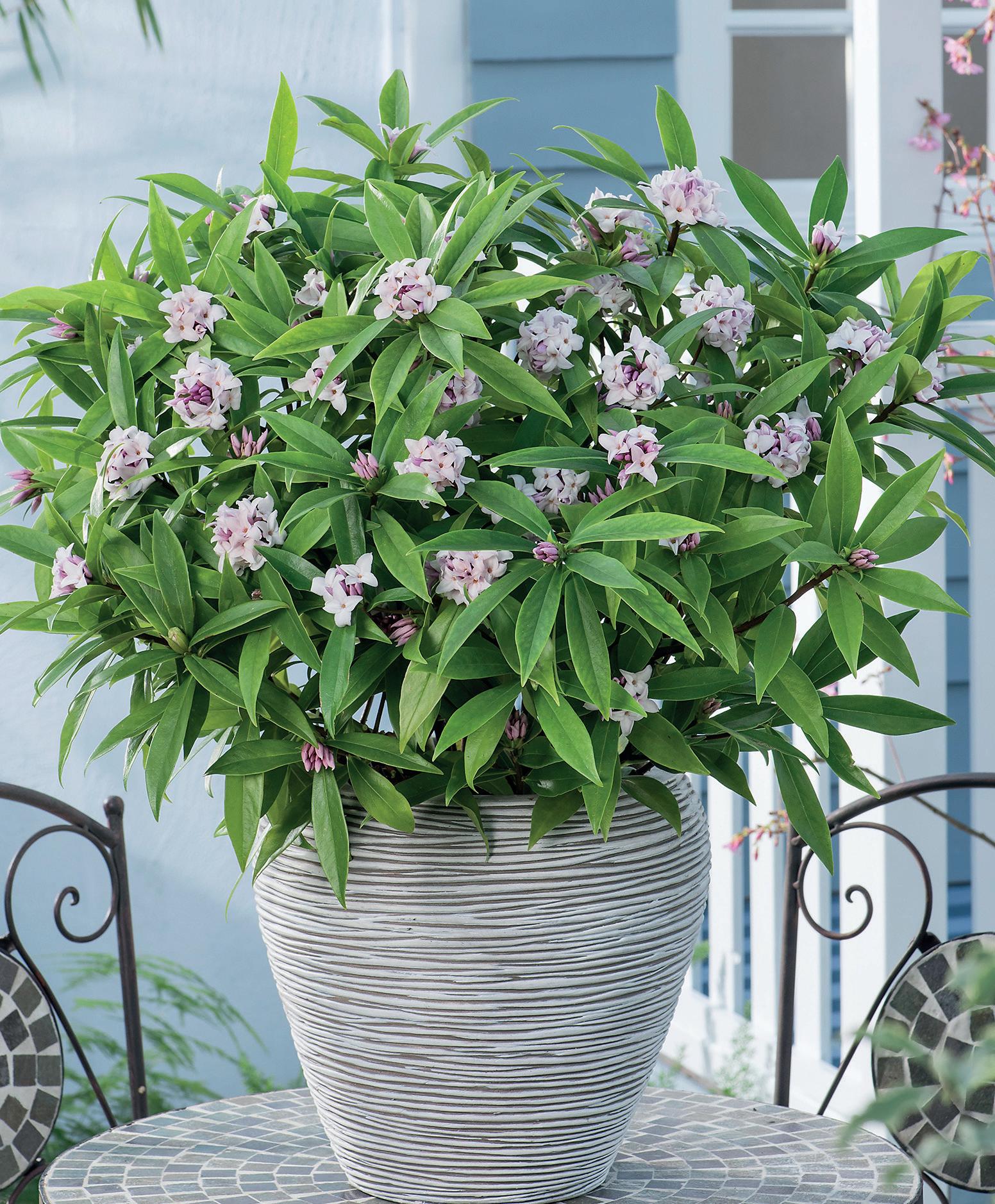


A stunning fragrant & flowering hedge www.tesselaar.com contactus@tesselaar.com For the entire range of distinctively different plants: Exotic perfume, longer flowering, breakthrough breeding
DUBAI-BASED B2B E-COMMERCE PLATFORM FLORANOW CARVES ITS PLACE IN THE GLOBAL CUT FLOWER MARKET
Charif Mzayek is of Palestinian descent. Just like for many other Palestinians, displacement is all too familiar for him and his family. Being the son of two-time refugees - first from Palestine and the second time from Lebanon during the Lebanese Civil War – Charif was born in Beirut in 1967 and later grew up in Amman, the capital of Jordan.
FCI interviewed Dubai-based Charif Mzayek, who, back in 2016, founded Floranow, a global, B2B e-commerce platform that connects wholesale flower growers to buyers. The B2B e-commerce marketplace enables sellers to reach more customers than possible and presents buyers with a broader assortment than the traditional wholesaler. AUTHOR:
Mzayek and his two siblings grew up surrounded by the blooms in their parents’ flower shop, always ready to lend them a helping hand during the after-school hours and the weekends.
After graduating from university in the USA, Mzayek earned audio engineering technology and film production degrees. Then, he
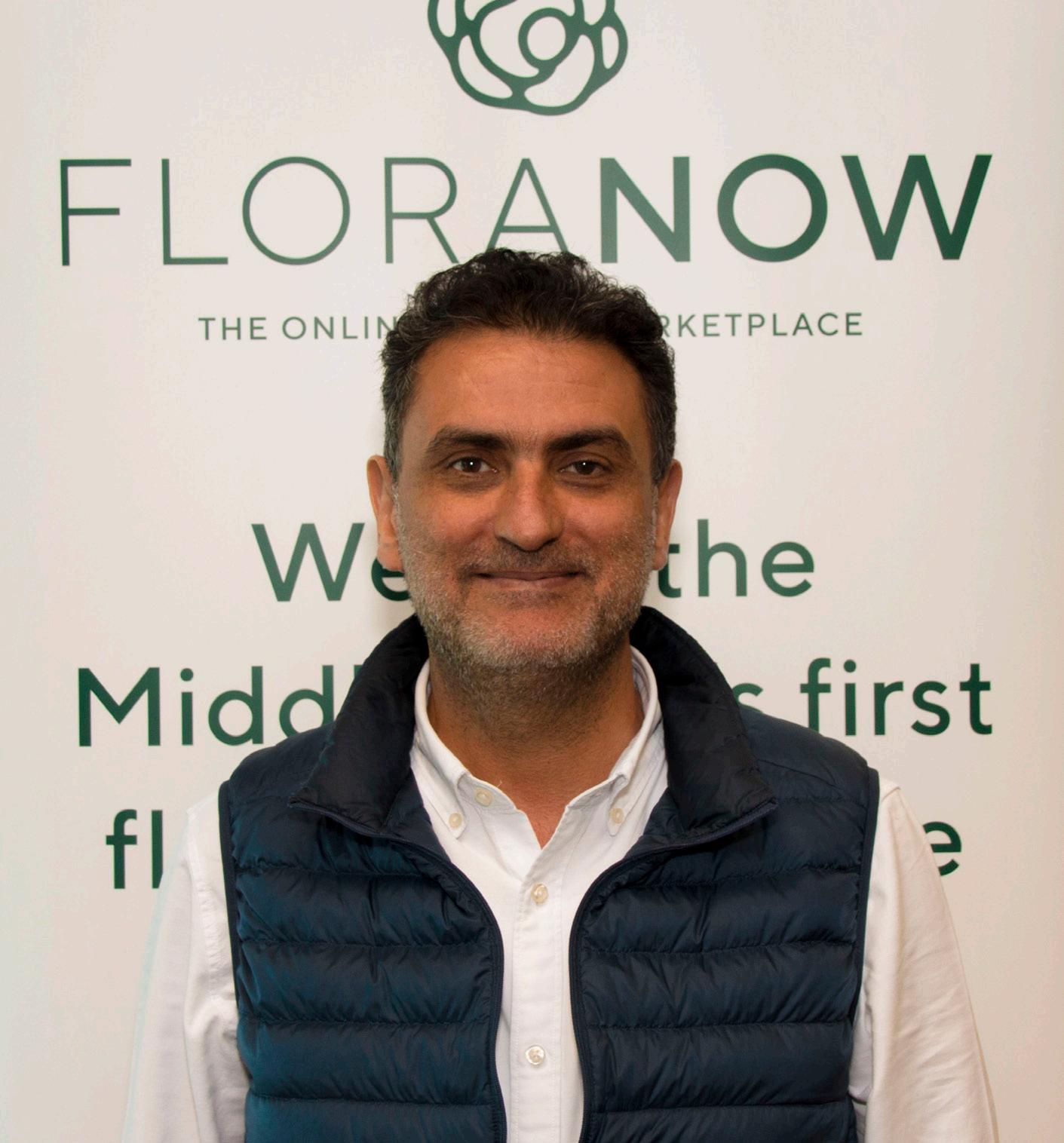
got back home to see his family in Jordan. What he thought was a little family reunion turned out to become a lifetime career in the flower industry because it was during this trip that he decided to join his parents’ business which had by then grown by leaps and bounds and included several flower shops plus a flower farm in the early 1990s.
The Mzayeks made a great team and managed to expand their local business to several countries across the Middle East, mainly specialising in growing, trading, retailing, and decorating 5-star hotels. Floranow emerged from these activities in 2016.
Through its online marketplace, UAE-based Floranow enables direct, transparent, and efficient transactions
MIDDLE EAST WWW.FLORACULTUREINTERNATIONAL.COM 31
VAN DER PLOEG PHOTOS: ADOBE STOCK AND FLORANOW
RON
between growers and buyers worldwide while optimising the cold chain to ensure the freshest quality of products for all stakeholders. Today, the Mzayek family has a majority stake in Floranow, and the company is fortunate to have, as Mzayek calls them, ‘some of the most distinguished and innovative venture capital funds of the region’ as financial partners.
Floranow employs 160 professionals, and its yearly projected revenues lie between the euro 40 m and 50 m bracket. The company primarily focuses on cut flowers sourced worldwide, while plans are in place to add indoor plants such as potted orchids, cacti, succulents, and floral accessories for the UAE and Saudi markets in the second half of 2024.
Floranow has built a team over the years, forged solid partnerships with growers/exporters across four continents, and succeeded in digitising what has traditionally been a very conservative floral sector in the Middle East. Mzayek proudly says, “When everyone told us in our earlier years that we wouldn’t be able to build a sustainable, B2B floral online business, we succeeded in growing and thriving as our journey went on.”
LEARNING FROM THE PAST
Floral wholesale is one of those industries steeped in tradition, notoriously known for sticking with what is known and avoiding change. Yet, from the onset, Mzayek understood that to make
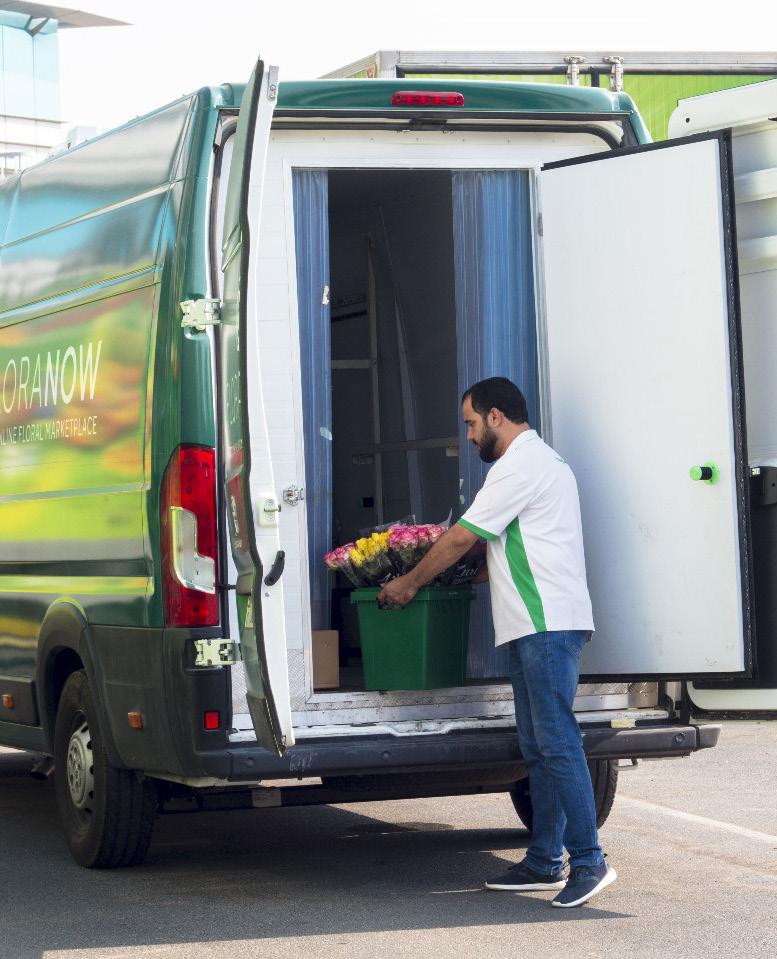
his new company thrive, it needed sophisticated tech, well-oiled logistics, and just-in-time delivery to align with changing customer expectations and industry trends. He also knew the importance of learning from the past. Several things opened his eyes. He elaborates, “Over the years, I have become familiar with several of the daily pains and challenges that flower growers and buyers face. Lack of transparency, price volatility, and long and inefficient supply chains that add up costs and impact product quality are just a few examples. Buyers are often limited in their choice of products offered by traditional suppliers/ wholesalers, while growers are limited in their market access. And while buyers pay more, growers get less for their crops due to an ineffective and obsolete system.”
ONE-STOP SHOP FOR A BROAD CUSTOMER BASE
The Floranow e-trading site currently serves over 1,200 retail shops, wholesalers, event organisers, hotels, supermarkets in the UAE and Saudi markets, and importers in over 20 countries. Regarding the wedding and event industry, Mzayek says it is an industry where high-end flowers occupy pride of place. “It is a growing sector with more sophisticated players looking for special flower shapes, textures, and varieties as they constantly try to innovate. However, the increase in the usage of artificial flowers to decorate weddings and events (mainly driven by cost factors) is a worrying trend for our sector.” Particularly in the wedding and event market, the availability of niche-type flowers is essential for a diversified product offer. Mzayek notes, “We are seeing more African growers expanding their assortments to include specialities and several unique varieties. Clients welcome this move across various sales channels as it offers more differentiation options. However, I worry about specialised Dutch growers facing the combined pressures of high energy and production costs along with a more stringent business environment
BIODIVERSITY MIDDLE EAST FLORACULTURE INTERNATIONAL APRIL 2024 32
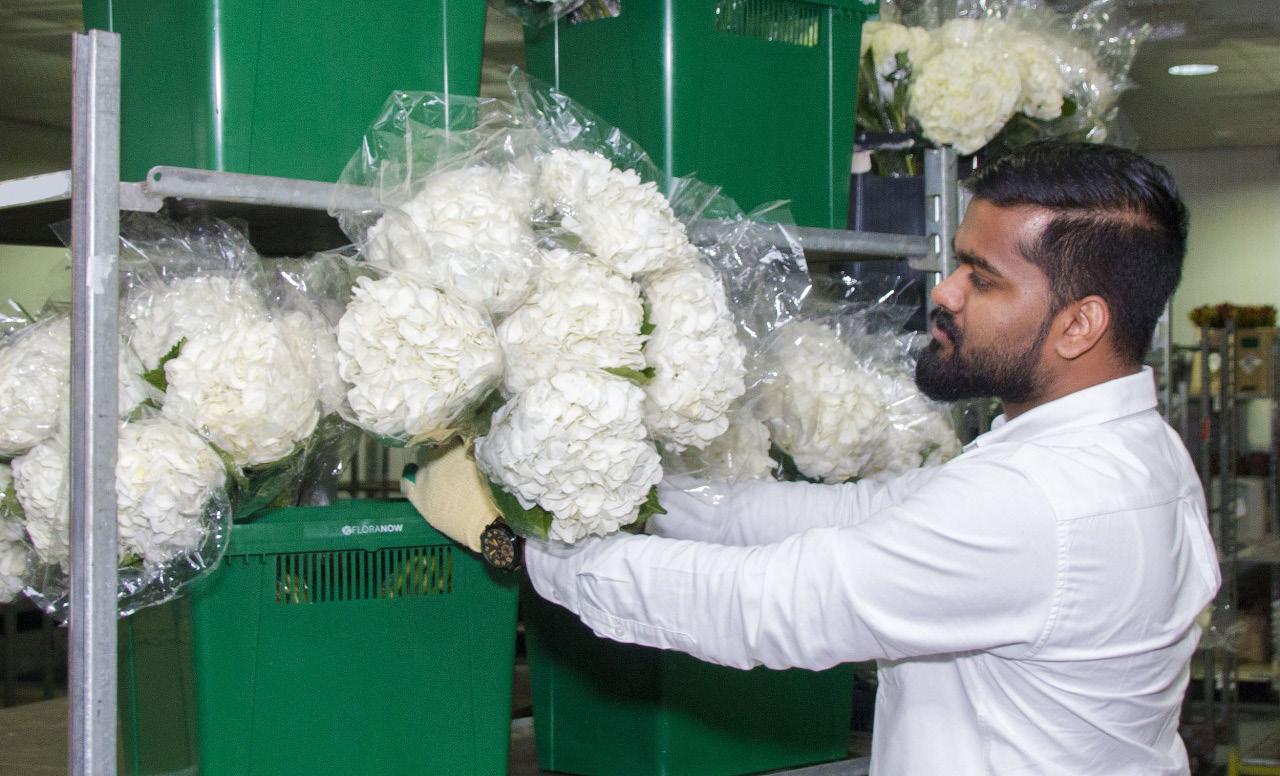
that might threaten the viability of their businesses in the long run.”
Mzayek notes, “We aim to be a one-stop shop for our buyers, where they can source flowers grown around the world while providing a very efficient digital sales channel and logistics solutions for our growers and exporters.”
Floranow, being an online player, has an intrinsic advantage: data.
Mzayek says, “The analysis of data sets gathered over the past several years provides us with a deep understanding of emerging trends communicated to our suppliers, helping them optimise their offers to match demand better. Our main grower base is in Kenya, followed by The Netherlands, Colombia, Ecuador, Ethiopia, Thailand, Sri Lanka, South Africa and China.”
When referencing the Dutch growers, he says, “Dutch flowers have the advantage of being produced by growers with decades of experience with a laser-sharp focus on specific crops grown at scale that require a certain degree of technology and infrastructure not readily available elsewhere.
Dutch growers also benefit from
an unparalleled logistics base, giving the Dutch floral industry a unique advantage.”
When asked about nearby India and Iran and their potential to become the new floriculture powerhouses, he says, “Regarding India and Iran, there has been a consistent growth in production over the past years mainly driven by strong local demand. I expect those trends to continue over the next few years, but whether those countries will emerge as global players in the export sector is yet to be seen.”
BOLD STEPS IN COLD CHAIN MANAGEMENT
According to the United Nations, the Middle East and North Africa (MENA) are among the most vulnerable places in the world to climate change. Temperatures well above 50°C are no longer an exception, and scientists warn that the region is warming at twice the global average and will be an additional four degrees Celsius warmer by 2050. It is, therefore, not surprising that Floranow has taken bold steps in
Processing flowers at Floranow’s warehousing premises in Dubai.
cold supply chain management. Mzayek elaborates, “Having put logistics at the heart of our model since day one gave us great control over the quality of our supply chain in terms of temperature control, speed, and efficiency. We work closely with our partners, be it a grower, an airline, or a logistics partner, to ensure an uninterrupted cold chain from farm to florist. In addition, Floranow’s fulfilment hubs across the region and our last-mile delivery structure ensure that products are kept at ideal temperatures throughout their journey.”
CHALLENGES AND OPPORTUNITIES
Asked about his global view on the challenges and opportunities for the global flower market and how he would rate the growth potential of the Middle East, Mzayek sees a future in which the global flower industry is more connected through digitisation and integrated networks, resulting in increased efficiencies across the various parts of the supply chain. He comments, “The main challenges will be environmental,
MIDDLE EAST WWW.FLORACULTUREINTERNATIONAL.COM 33
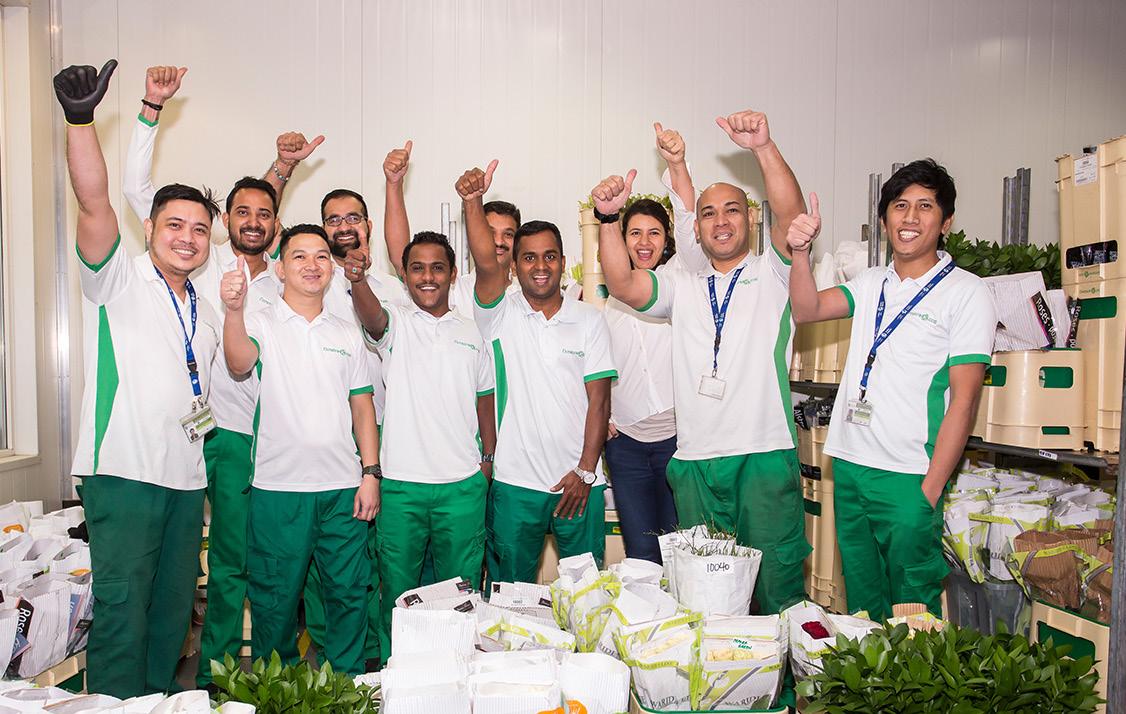
due to climate change and the scarcity of water resources, and consumers increasingly demanding more sustainable products. This situation might change certain consumer purchasing patterns.
The Middle East remains a growth market thanks to both strong economic growth forecasts for most economies of the region and the many yet unexploited opportunities in the floral sector.”
How much retail and societal pressure is there to trade more sustainably grown flowers and plants? “The trend is not yet there in the Middle East, although we predict consumers will be demanding more sustainable products in the future and will also seek more locally grown products.”
MARKET DATA
The Middle East is a region that is overly dependent on imported blooms. Data from the United Nations Comtrade, the International Trade Statistics Database, indicate cut flower imports were worth $124 million
across the Cooperation Council for the Arab States of the Gulf, aka the Gulf Cooperation Council (GCC*) in 2017, a 65 per cent increase from $75 million in 2010. Mzayek adds, “Our own research estimates the floral and indoor plant market in the GCC stands at $500M with a forecasted CAGR growth of 5.22% (Kingdom of Saudi Arabia, KSA), 4.25% (United Arab Emirates, UAE), and 2.09% (Kuwait).” There are a handful of flower farms in the GCC. “There is local production in KSA (Astra Farms and Al-Moghtarra Agricultural Company combined, spanning an area of 40ha) and in Kuwait, home to a one-hectare farm producing home-grown cut lilies. Apart from that, all flowers are imported. Unfortunately, we don’t have clear data on houseplant production as we are still gathering market data on this activity.”
Mzayek sees a major shift towards digitalisation, which gives his company a clear advantage as Floranow is primarily a digital business endeavour. There is
also more association of flowers with other gifting articles such as chocolates, perfumes, etc., and a growth in purchases of flowers for their use through both online and traditional supermarkets/grocers. Both trends contribute to increased per capita flower spending in the GCC.
The latter is not easy to determine. Mzayek expounds, “With the absence of reliable, official data, all we can do is a ‘back of the envelope calculation’: assuming GCC’s $500M estimated market size divided by a GCC population of 59M brings us to approximately $8.5 yearly per capita spend.”
Can supermarket intervention help increase the purchase of flowers for one's own use? Mzayek says, “We have identified various growth opportunities in the supermarket sector and already forged several partnerships with supermarket chains in the UAE and KSA since we see supermarkets as a fastgrowing sector in the Middle East. We are offering a “Total Floral Solution” to our supermarket
FLORACULTURE INTERNATIONAL APRIL 2024 34 MIDDLE EAST
Team Floranow.
partners, including product design, assembly, sourcing, and delivery of ready items directly to stores and distribution centres.”
DUBAI FLOWER CENTRE
Industry veterans will remember how, 20 years ago, the Dubai Flower Centre burst upon the horticultural world stage, causing a stir (and not a few raised eyebrows) over its proposed state-of-the-art flower distribution centre in the Middle East.
Mzayek previously worked as CEO of Alissar Flowers International, where he signed the first tenancy contract with the Dubai Flower Centre in 2006. Has the project been successful, and what is its logistics role today?
Mzayek says, “Actually, we were the first company to set up business in the facility. Even though several of the initial concepts promoted by the DFC never materialised (i.e., the creation of an auction-like system, a trading floor, etc.), we greatly benefited from our presence at this state-of-the-art logistics hub that is superbly served by airlines worldwide. Today, Floranow’s HQ is the Dubai Flower Centre and includes offices, cold storage and processing areas.”
Operating out of Dubai offers excellent advantages, such as access to a diverse talent pool, exceptional infrastructure, and a vibrant entrepreneurial ecosystem supporting startups like Floranow. Mzayek: “Currently, 35 per cent of our business happens in the UAE, while the rest is generated in the Kingdom of Saudi Arabia (KSA) and from our international business unit.”
CONSUMER DEMAND
Floral holidays fuel a boom in cut flower sales, and the Middle East is no different.
Mzayek expounds, “Valentine’s Day is gaining in importance every year. Countries that have previously put restrictions on events such as Valentine’s Day have now lifted all limitations, which resulted in almost the tripling of demand compared to previous years. The second most important
event is Arabian Mother’s Day (March 21, which also marks the beginning of Spring). The two important Muslim holidays, Eid El Fitr (marking the end of the holy month of Ramadan) and Eid El Adha (marking the end of Hajj or pilgrimage season), are also very important occasions to buy flowers mainly for gifting.” Valentine’s Day sales are a good barometer of the market. How would Mzayek describe the current state of the cut flower market? He replies, “Despite the relatively good availability and quality of flowers in general, the main challenge of this year’s Valentine’s season has been the availability and cost of airfreight space out of Kenya, which is the major source of roses sold in the Middle East. Less capacity has been offered compared to previous years, and airlines introduced sharp rate increases which resulted in intense pressure on both cost and distribution plans.” It is safe to say that the Houthi rebels attacking cargo ships in the Red Sea have caused a spike in air cargo volumes and rates. Much, much worse yet, the destruction and the death toll of the Israel-Gaza war is massive. Mzayek, with pain in his heart, says, “The activities of Houthi rebels in the Red and Arabian Seas are not impacting our business directly as we are not currently shipping flowers by sea. However, the ruthless Israeli attack on Gaza, killing and injuring over
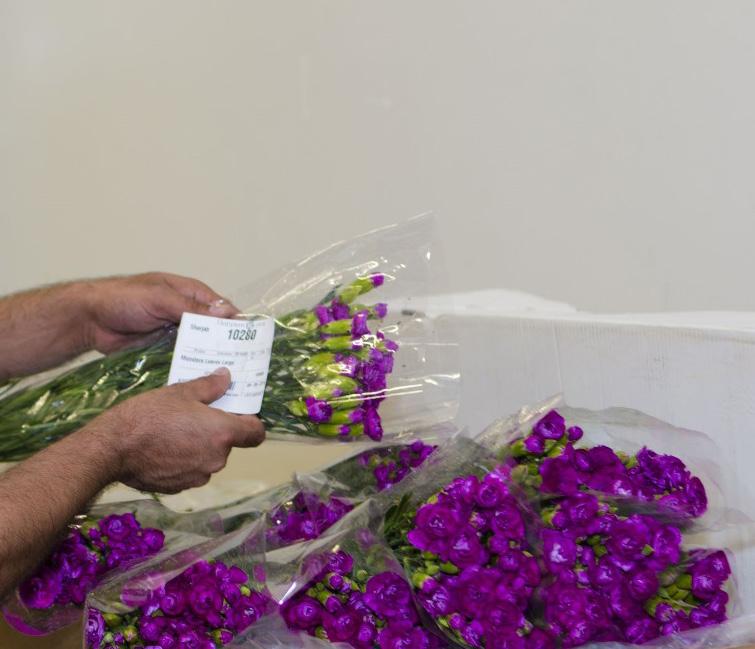
100,000 Palestinians, the majority of whom are women and children, is greatly impacting the general mood of consumers across the region, resulting in less spending on flowers.”
THERE IS NO SUCH THING AS ONE MIDDLE EAST MARKET
There is no cookie-cutter approach to successfully selling cut flowers in the Middle East. Mzayek explains, “The main misconception is that there is one Middle East market!! Totally false. Consumer tastes vary across different markets, including cities within the same country. Saudi Arabia is the best example. Exporters should realise that the Middle East markets are very open and connected to growers/exporters from Africa to Europe and from South America to Asia, and thus tend to be very competitive.”
To conclude, Mzayek stresses that Floranow will focus on consolidating its position as a market leader across all sales channels in the UAE and Saudi markets.
“We aim to expand to other GCC* countries and grow our international business, connecting more growers and buyers via our digital platform worldwide.”
* The Gulf Cooperation Council (GCC) is a regional, intergovernmental, political, and economic union comprising Bahrain, Kuwait, Oman, Qatar, Saudi Arabia, and the United Arab Emirates. The council's main headquarters is located in Riyadh, the capital of the Kingdom of Saudi Arabia (KSA) The Charter of the GCC was signed on 25 May 1981, formally establishing the institution.
MIDDLE EAST WWW.FLORACULTUREINTERNATIONAL.COM 35
Green City Post
Tipping points for transformative change towards a Nature Positive Economy
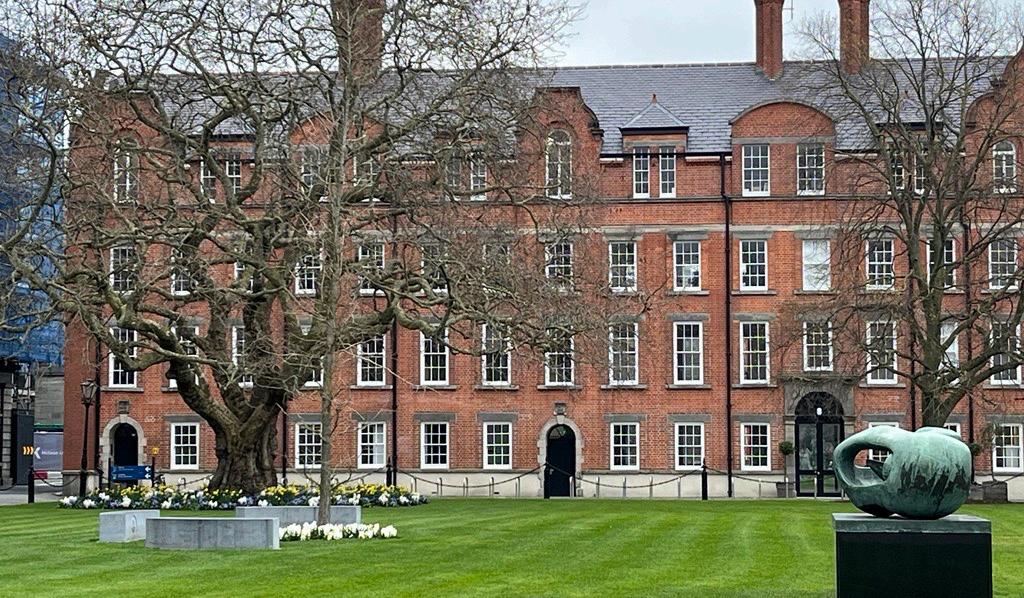
GoNaturePositive! is a new research programme with the overarching objective to address the serious challenge of biodiversity loss due to unsustainable economic activity
AUTHOR: AUDREY TIMM
GoNaturePositive! will undertake research, establish trial sites, and engage with stakeholders to provide clarity on operationalising the emerging concept of Nature Positive
The World Urban Forum, WUF, considers Nature positive to mean enhancing the resilience of our planet and societies to halt and reverse nature loss, bringing attention to the announcement by G7 leaders that “our world must not only become net zero but also nature positive, for the benefit of both people and the planet.”
The International Union for Conservation of Nature (IUCN) provides a more demanding definition of Nature positive. According to the IUCN Nature Positive Initiative (2023), the definition is to “Halt and reverse nature loss by 2030 on a 2020 baseline and achieve full recovery by 2050”.
There are many ways to deliver this goal. Actions must increase the health, abundance, diversity and resilience of species, populations, and ecosystems so that by 2030, nature is visibly and measurably on the path of recovery. A key part of this recovery includes the ability to meaningfully and reliably measure and report on the status of nature.
The GoNaturePositive! project, funded through the EU Horizon Europe research programme and led by Trinity College, Dublin, builds on the global Nature Positive initiative, with a particular focus on the multi-scale transition to a Nature Positive Economy (NPE).
The programme runs from Jan 2024 for four years and starts by defining what the term Nature-Positive Economy means.
The world’s economic systems do not adequately recognise the value of nature to planetary and human health, yet the restoration of nature presents enormous
FLORACULTURE INTERNATIONA L APRIL 2024 36
Trinity College Dublin
economic opportunities. GoNaturePositive! considers what a nature-positive economy looks like from various perspectives, such as public policy policymakers, large and small businesses, environmental bodies and the general public at all levels (global, EU, national and sectoral).
AIPH is participating on the Impact Board of this programme, joining influential leaders from policy, business and civil society who are committed to science-based research and innovation actions to halt and reverse nature and biodiversity loss with immediate impact. One of the five pilot cases for the GoNaturePositive! project explores nature in the urban context, which is of particular interest to the AIPH Green City initiative. Bringing nature into urban-built infrastructure can seem challenging. Small interventions, such as Pocket Forests, increase the capacity of an urban landscape to support nature.
On the grounds of Trinity College Dublin, where the formal launch of GoNaturePositive! was held, a small piece of land has been planted with Irish native trees and shrubs, including Rowan (Sorbus aucuparia), Crab apple (Malus sylvestris), Alder (Alnus glutinosa), Guelder Rose (Viburnum opulus), Spindle (Euonymus europeaus), Hawthorn (Crataegus monogyna), and Hazel (Corylus avellana).
This compact mixture of trees and shrubs forms a dense forest in a very small space that provides habitat and food for a wide variety of birds and insects. Within the forest, the soil is protected from compaction and nurtured by rainfall capture and leaf litter collection to support an underground world of biodiversity of worms, mycelium and other microorganisms.
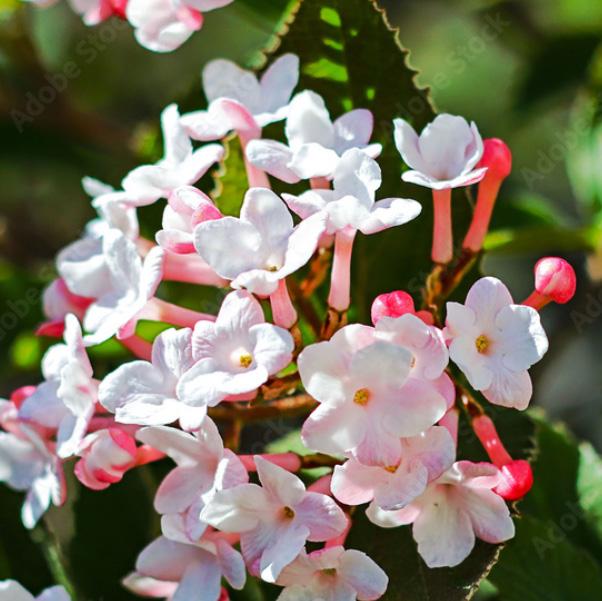
ZABELIA TYAIHYONI (SYN. ABELIA MOSANENSIS)
Martin Deasy is a UK-based horticulturist and landscape designer.
“ Known as Korean Abelia or Fragrant Abelia, this deciduous shrub is actually not an Abelia at all but a close relative in the Caprifoliacae family.
Z. tyaihyoni forms a medium-sized shrub, arching stems bearing glossy green leaves that colour spectacularly to orange-red in autumn. Clusters of pink buds open in May-June into spherical heads of whitepink flowers, highly jasmine-scented. The flowering season is long, and the attractive sepals are retained after flowering.
What makes Z. tyaihyoni so valuable as an urban shrub is its combination of exceptional cold hardiness and heat tolerance. Few other flowering shrubs can be grown successfully all the way from southern Europe to northern Scandinavia.
In contrast to its Abelia cousins, whose stems are often killed to ground level in harsh winter climates, Z. tyaihyoni bears -20°C or more without physical damage. At the same time, it can withstand hot continental summers in leaf (though plants will suffer where the humidity is also high). Established plants are able to survive several weeks of drought
Plants thrive in full sun to part shade and tolerate a broad spectrum of soil types, though they are happiest in free-draining substrates (their wild habitat is on limestone outcrops).
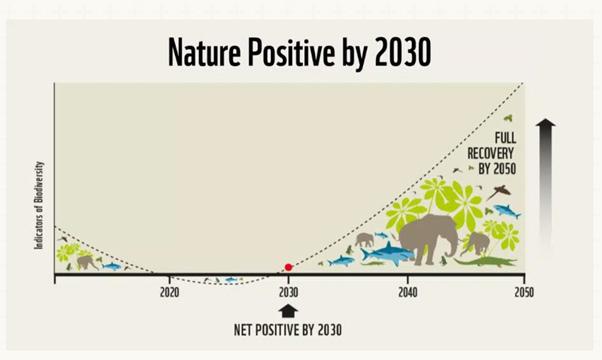
Other pilot cases in the GoNaturePositive! project, involving 20 partners across 14 countries, consider gaps in agri-food and agri-ecology, map new farming practices, explore regenerative ocean farming/ aquaculture, assess the value chain-carbon insetting of sustainable forestry, and undertake a market analysis of sustainable of nature positive tourism. Graphic
Little maintenance is needed, and there are no significant pest or disease problems. Since it is not killed back in winter, it is potentially valuable as a flowering hedge.
Native to the north-eastern part of the Korean peninsula, only a tiny remnant population exists south of the Demilitarised Zone (DMZ), so Z. tyaihyoni has for decades been effectively inaccessible to Western collectors.
For this reason, most cultivated material likely originates from a limited number of sources (perhaps arriving in the West by way of Soviet Latvia). These circumstances might explain the apparent lack of diversity between commercially available varieties—e.g. 'Monia' and BRIDAL BOUQUET.”
GREEN CITY PLANT PROFILE WWW.FLORACULTUREINTERNATIONAL.COM 37
by Nature Positive. Visit www.naturepositive.org

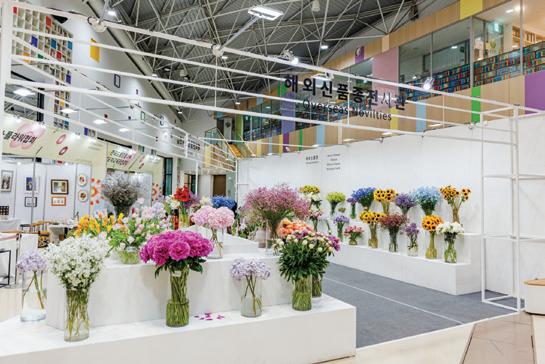
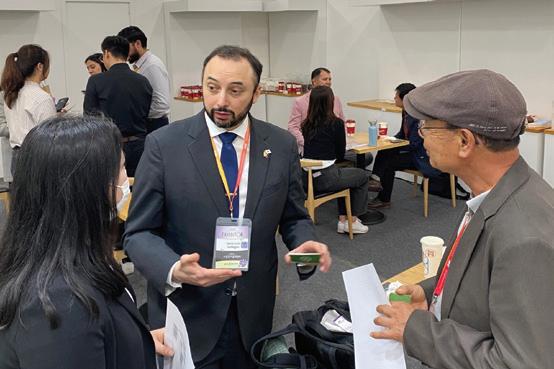
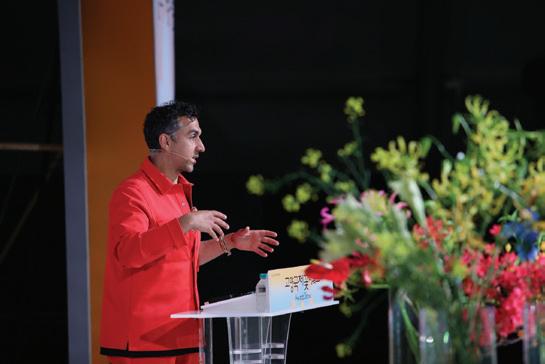
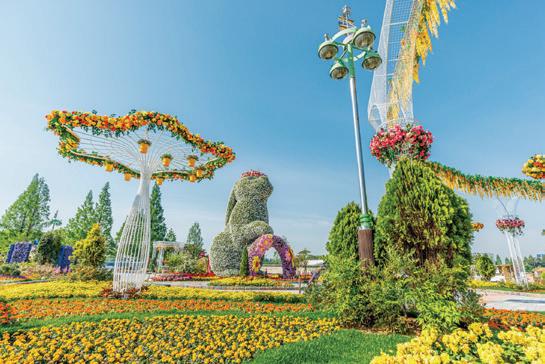
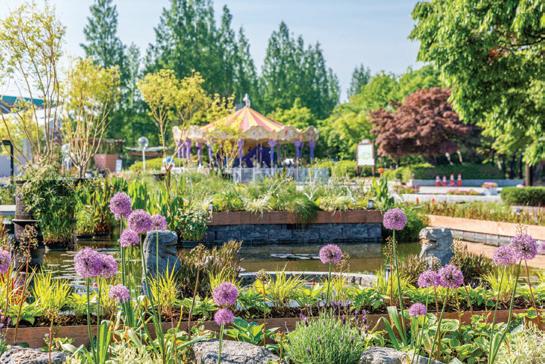

International
Horticulture Goyang Korea 2024
The International Horticulture Goyang Korea 2024 is an AIPH-approved International Horticultural Show that will take place from April 26 to May 12, 2024, at Ilsan Lake Park in Goyang, South Korea. The exhibition's theme is "Flora of the Earth: Flowers of the Earth". It will display various flowers and plants to highlight the earth's vitality. The outdoor horticultural show covers an area of 240,000 square metres. It will feature many garden landscapes visitors can enjoy, including the Welcoming Garden, Themed Garden, Nature Education Centre, Ecological Garden, Flower Explosion, Rose Garden, and Smart Garden. These gardens will showcase the beauty of flowers and plants from different regions and their importance in promoting well-being.
Three prominent international garden designers have been involved in the design and creation of this landscape. All have won Gold at past RHS Chelsea Flower Shows: 2023 winner Jihae Hwnag (South Korea), 2022 Winner Kate Gould (UK), and double winner Leon Kluge (South Africa) in 2010 and 2012.
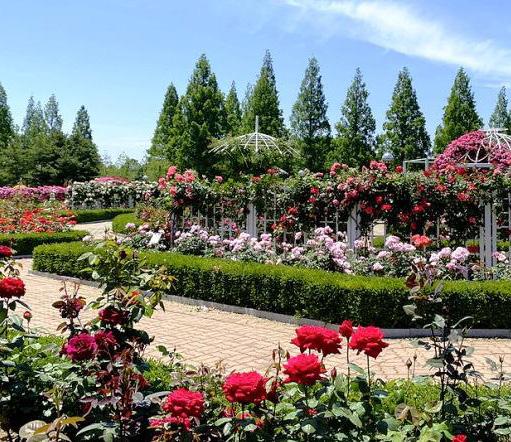
The outdoor and indoor garden displays include international gardens from the following participating countries: Thailand, Indonesia, Malaysia, Colombia, Ecuador, Chinese Taipei, the United States, Netherlands, Japan, Belgium, and Singapore. These gardens will feature flowers and plants produced from their regions. In particular, Thailand's garden will feature exotic and rare plants, including a hundred new breeds and novelties.
The event will also feature a few public art projects, including a nine-metre Goyang Dandelion by famous installation artist Choi Jeong Hwa. Also, in the Singing-Fountain Square, a flower wall art project by 120,000 students in Goyang city entitled "Flower-wall of Hope" - which the students hope will be certified by the Guinness World Record authorities.
After the garden show ends, many outdoor gardens, installations and artworks will remain for the locals to educate and improve the local greenery. The indoor horticultural show will feature more than 300 booths from 25 countries to showcase the latest trends in horticulture.You will also get to witness new breeds of flowers and plants
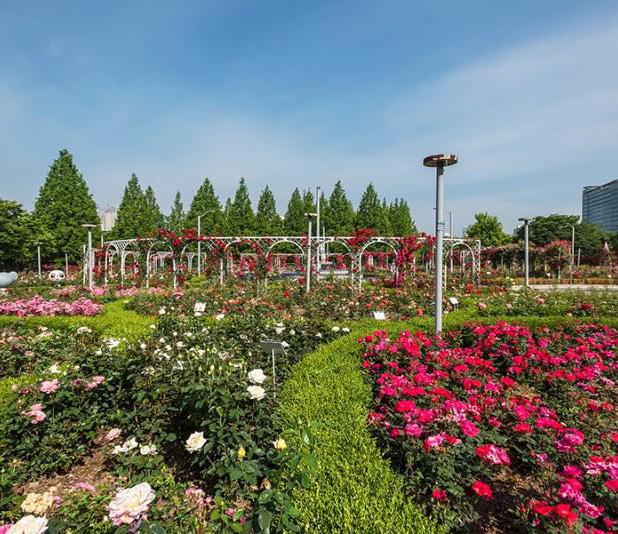
from ten domestic corporations, including the National Institute of Horticultural and Herbal Science, Korea Seed & Variety Service, Agricultural Research & Extension Services from each city, Goyang Agricultural Technology Center, and individual breeders.
This event will also feature the first international flower design contest in Korea, which will include ten designers from eight countries, with international judges from five countries. Additionally, there will be flower arrangement competitions, botanical gardens, and hands-on programs to provide visitors with a unique experience.
Professional ornamental horticulturists and suppliers can find new partnerships and network at the Flower Business Centre which will host a Global Business Day for five days, with a goal of providing 180 consulting meetings during the event. There will also be a chance to conduct 1:1 business matching meetings in the Flower Business Centre or online using Zoom. There will also be Guided Tours to local farms and logistic centres.
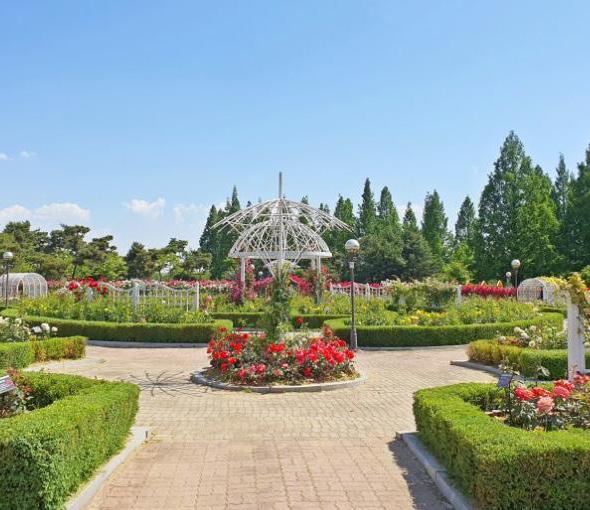
ADVERTORIAL WWW.FLORACULTUREINTERNATIONAL.COM
39 www.flower.or.kr
An invitation to see beyond the plants
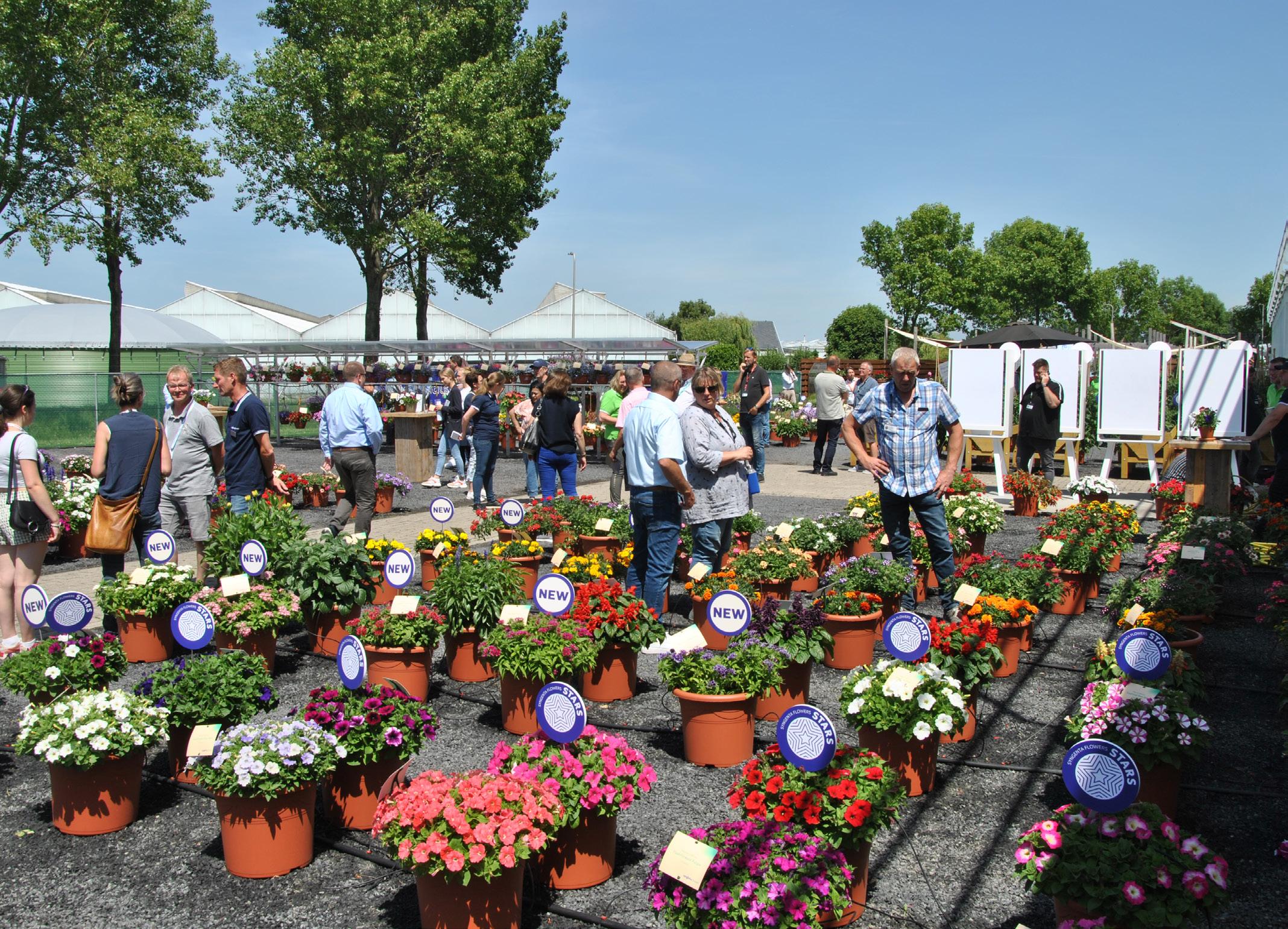
The best, newest and most inspirational developments in bedding and pot plant breeding are under the spotlight in Week 24 for the 20th annual FlowerTrials open event.
AUTHOR: ANISA GRESS PHOTOS: RON VAN DER PLOEG
Billed as one of the sector's most important events, 59 breeders in The Netherlands and Germany will open their doors between 11 and 14 June 2024 to proudly show off what they have been working on behind the scenes. Some plants on display will become best sellers in the future, so seeing them at this early stage in their commercial lives gives growers, buyers, and promoters a strong head start.
OPEN INVITATION
“It’s an open invitation to see the widest assortment of breeding achievements and new varieties that will shape the future of
horticulture,” says Ann Jennen, Secretary General of Fleuroselect, which coordinates the event. Week 24 is the ideal time of year, and it’s a relaxed atmosphere. If you are a flower lover, beautiful products will surround you… it’s like candy for the eyes.”
LARGE BADGES OF PLANTS
For breeders, FlowerTrials is a budget-friendly way of exhibiting their portfolio, and there are great advantages for visitors, their customers, and colleagues, too. Because they are hosted in their own glasshouses and growing facilities, plants don’t need to be moved, so they remain in tip-top condition.
Purposedriven plant breeding. Plants as magnets for pollinators are a good example.
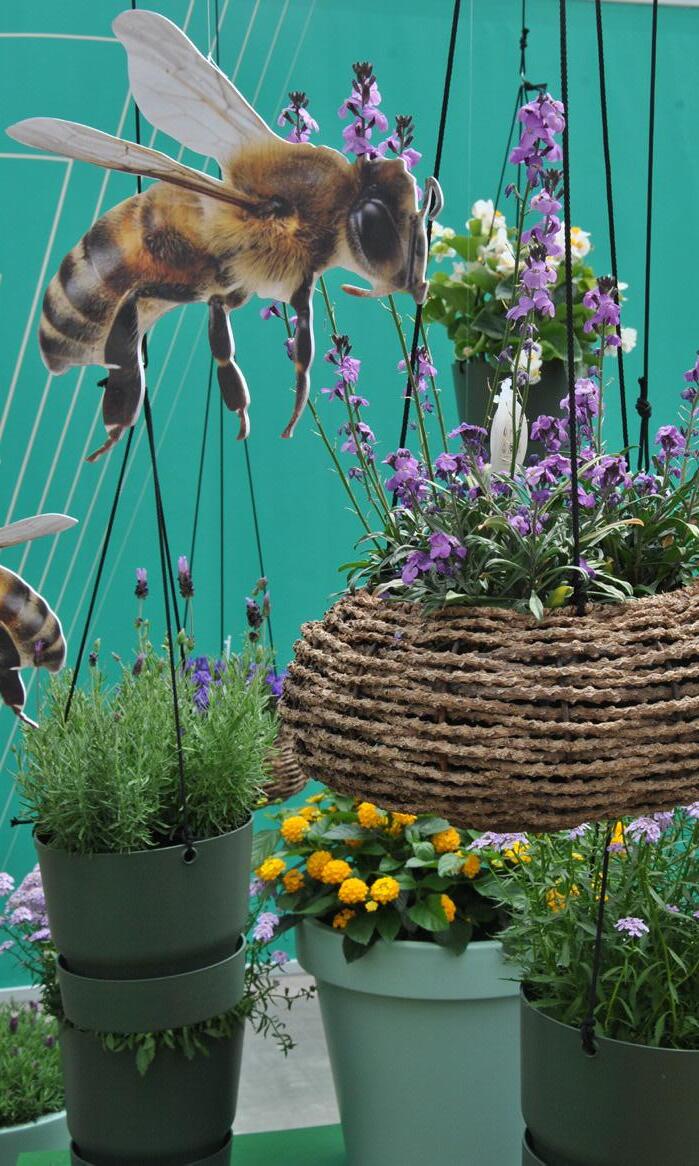
BEDDING PLANTS FLORACULTURE INTERNATIONAL APRIL 2024 40
Last year, around 5,000 people visited FlowerTrials, with the average seeing between five and six companies.
Unlike a trade fair where growers are restricted to a small display area, the glasshouses allow large batches of plants to be shown. Visitors can then see numerous plants of one variety rather than just one or two, giving them confidence in the plant’s uniformity and the chance to compare with other varieties. “Some breeders also share facilities,” explains Ann, “so visitors can see multiple companies in one visit.”
Visitors also see growing facilities for themselves and speak to breeders and company representatives, which can lead to new business agreements and friendships. They can also identify trends, see exciting retail solutions, and plan for the future. “It allows them to see beyond the plants,” says Ann.
PURPOSE-DRIVEN PLANT BREEDING
Marjolein Kuyucu-Lodder from Florensis, the newly appointed Chair of the FlowerTrials committee, says the trend now is for plants to have a purpose. “It’s not enough for a plant to just be a plant any more. We are seeing consumers wanting drought-tolerant or plants for biodiversity. For example, the breeder companies are now presenting their plants in this way and shaping breeding for the future. FlowerTrials is a good way to get this message to the buyers so they can help tell the story to their consumers.”
NEWCOMERS
Adding to the companies welcoming visitors for 2024 are Kolster BV, which specialises in hydrangeas and shrubs, and Schreurs, which focuses on pot roses and gerbera. Two breeders are in different places this year, so if you are planning on seeing Schneider BV and Hibreeding, make note that they will be exhibiting at Pinc Plants and KP Holland, respectively.
ONLINE PROMOTION
Increased online coverage will enrich FlowerTrials this year. Before the event, the newest
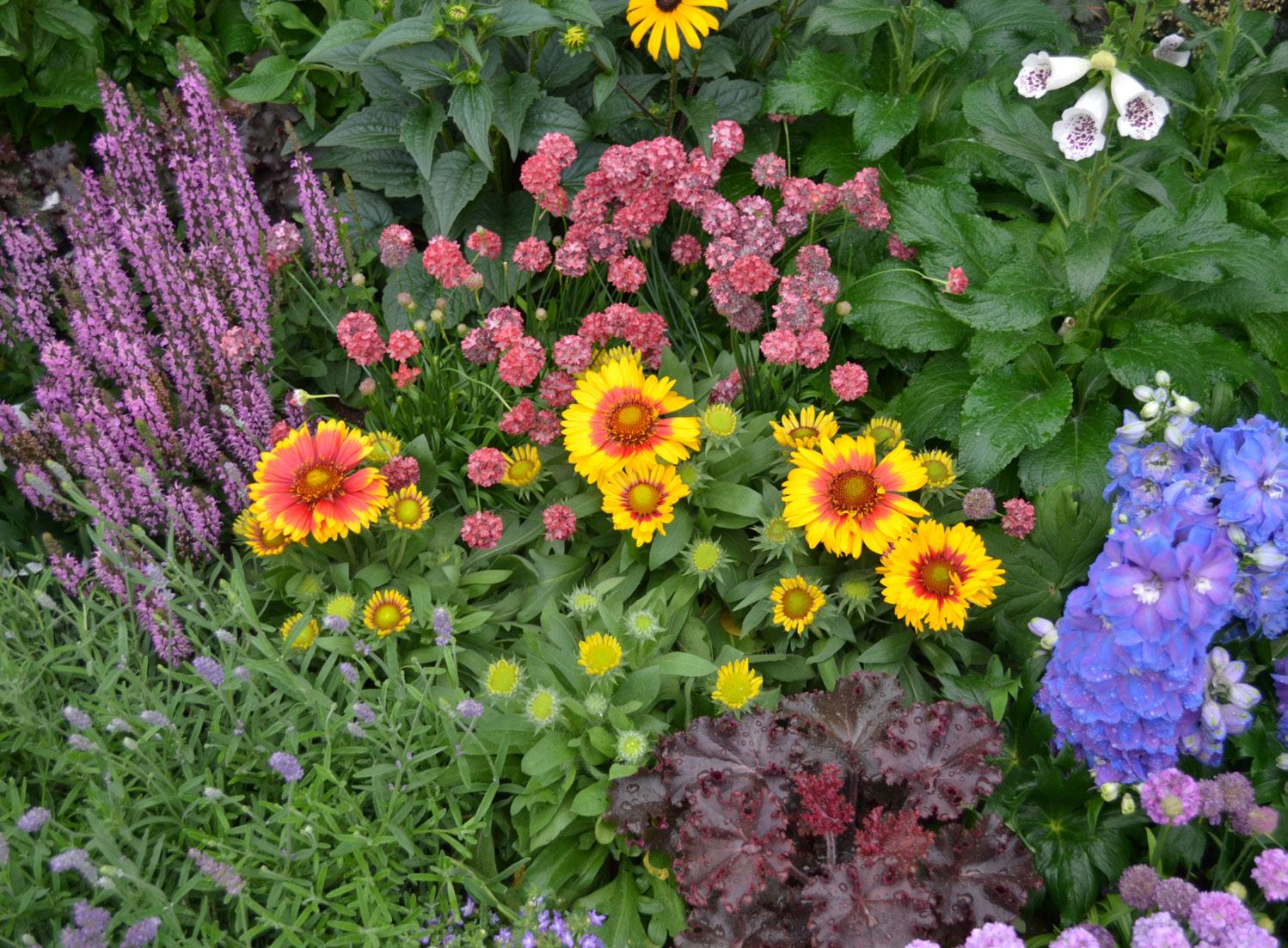
introductions per breeder are promoted via newsletters and photo/video messages on social media. During week 24, a video report of each day is sent out, and after the event, a video compilation and event highlights are shared via social media channels. Fleuroselect is also looking to increase involvement from influencers and bloggers to promote FlowerTrials further and benefit the whole industry.
PLANNING A VISIT
Fleuroselect has made visiting the trials accessible and provides a route map on the FlowerTrials website to help with planning. Once registered as a potential visitor, individual appointments don’t need to be made, maximising flexibility on who to visit and when. Last year, around 5,000 people visited FlowerTrials, with the average seeing between five and six companies. “Many visitors make appointments up front, but equally, people living locally can decide last minute if they want to come,” says Marjolein.
• For more information, visit www.flowertrials.com
Mark your agenda: 11-14 June 2024
FLEUROSTAR AWARD
The FleuroStar Award, held during FlowerTrials and announced on Thursday, June 13 th , rewards the ultimate ‘wow’ factor at the point of sale and is an excellent early indicator of future commercial success.
Previous winners have been Mandevilla Sundaville Double Blush Pink from MNP/Suntory, Petunia NightSky from Selecta One, and Strawberry Toscana from ABZ, all of which have sold in vast numbers. The finalist plants this year will be on show at eight FlowerTrials sites so every visitor will get the opportunity to see them at least once. “The award is given very early on in the plant’s commercial journey and offers visitors a first selection between all new breeding achievements on display,” says Ann Jennen, Secretary General of Fleuroselect.
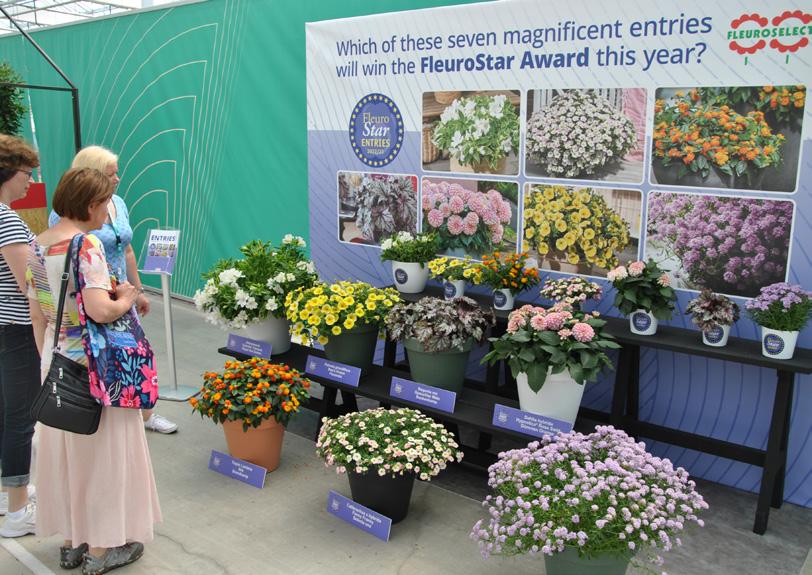
BEDDING PLANTS WWW.FLORACULTUREINTERNATIONAL.COM 41
APRIL 2024
10 APRIL - 7 MAY.
SOUTH KOREA
The 13th edition of the Taean World Tulip Flower Expo, Korea Flower Park, Chungcheongnam-do, South Korea. www.koreaflowerpark.com
15-19. MOROCCO
CIOPORA Annual General Meeting will take place in the vibrant city of Marrakech. www.ciopora.org/agm-2024
24-25. NORWAY
European Photonics Industry Consortium - EPIC meeting focusing on the latest advancements in photonics www.epic-assoc.com/events
26 APRIL – 28 OCTOBER.
CHINA
AIPH-approved B Category 2024 Chengdu International Horticultural Exhibition. www.cdhortiexpo2024.com
26 APRIL – 12 MAY.
SOUTH KOREA
AIPH-approved C/D Category International Horticulture Goyang Korea 2024, Ilsan Lake Park, Goyang, South Korea www.flower.or.kr
MAY 2024
17-26. FRANCE
Floralies International Nantes at La Chabotterie en Vendée. AIPHapproved C Category International Horticultural Show. www.comite-des-floralies.com
21-25. UK
RHS Chelsea Flower Show. www.rhs.org.uk
23-25. CHINA
HortiflorExpo IPM Beijing, China International Exhibition Centre. www.hortiflorexpo-ipm-china
JUNE 2024
4-6. KENYA
Iftex at Nairobi’s Oshwal Centre. www.hppexhibitions.com
4-7. NETHERLANDS
Dutch Lily Days. www.dutchlilydays.nl

The 2024 Taean World Tulip Flower Expo
The 13th edition of the Taean World Tulip Flower Expo will take place between April 10 to May 7 2024.
Korea's stunning coastal region provides the backdrop for the Taean World Tulip Flower Expo. Spanning over 114,263 m�, in the Chungcheongnam-do region, the park right now is a breathtaking sight to behold, with a colourful display of tulips in full bloom. It's hosted by the Korea Flower Park - AIPH's newest Affiliate Member.
The hard work and dedication of the owners Korea Flower Park, which is a consortium of farmers has resulted in this perfect opportunity for visitors to immerse themselves in nature's beauty and tranquillity.
The Taean Flower Expo Promotion Committee includes participation from the Nature Agricultural Corporation, Taen Penisula Lily Export and Farming Association Corporation,
5-6. SPAIN
Biopesticides Europe 2024 in Barcelona. www.wplgroup.com/aci/event/ biopesticides-europe
5-7. USA
Floriexpo at the Broward County Convention Center, Fort Lauderdale, Florida. www.floriexpo.com
Adaram Agricultural Corporation and Adaram Landscaping Corporation).
For more information, visit www.koreaflowerpark.com

11-13. NETHERLANDS
GreenTech Amsterdam, celebrating greenhouse horticulture’s thriving tech. AIPH-approved D Category International Horticultural Trade Show. www.greentech.nl
11-14. NETHERLANDS
FlowerTrials Open House event for the pot and bedding plant industry.www.flowertrials.com
19-20. UK
HTA National Plant Show at NAEC Stoneleigh. www.hta.org.uk/nationalplant-show
JULY 2024
29 JULY-1 AUGUST. USA
Perennial Plant Assoc National Symposium, North Carolina. www.perennialplant.org
SOUTH KOREA
FLORACULTURE INTERNATIONAL APRIL 2024 42 SAVE THE DATE
AUGUST 2024
4-9. CHINA
International Peat Congress in Taizhou, Zhejiang Province. www.ipc2024.com
7-8. USA
The Nursery Landscape Expo at the Henry B. Gonzalez Convention Center, San Antonio, Texas. www.nurserylandscapeexpo.org
14-15. DENMARK
The Floradania Trade Fair aka Handelspladsen in Odense. www.floradania.dk
21-22. NETHERLANDS
Plantarium Groen-Direkt Autumn Edition at the International Trade Center, Hazerswoude/ Boskoop, Netherlands. AIPHapproved D Category International Horticultural Trade Show. www.plantariumgroendirekt.nl
21-23. USA
Farwest Show at the Oregon Convention Center, Portland, Oregon. www.farwestshow.com
25-31. CANADA
64th International Garden Centre Congress in Québec. www.igca24.ca/registration
SEPTEMBER 2024
5-7. POLAND
31st Green Is Life, Expo XXI, Warsaw. AIPH-approved D Category International Horticultural Trade Show. www.zielentozycie.pl
5-7.POLAND
The 76th AIPH Annual Congress will take place at the AIPH-approved International Horticultural Trade Show: Green is Life, Expo XXI, Warsaw. www.aiph.org/events
10-12. UK
GLEE at the NEC in Birmingham. www.gleebirmingham.com
10-12. FRANCE
Salon du Végétal at the Parc des Expositions in Angers. www.salonduvegetal.com
18. POLAND
Fresh Market at MCC Mazurkas Conference Centre, Warsaw. www.freshmarket.eu
25. NETHERLANDS
AIPH World Green City 2024 Awards Gala Evening, Jaarbeurs, Utrecht, alongside the Future Green City World Congress. https://aiph.org/green-city/ green-city-awards/
25-27. ITALY
Flormart at Fiera di Padova in Padua. www.flormart.it
OCTOBER 2024
1-3. SPAIN
Iberflora at Feria Valencias. www.iberflora.feriavalencia. com
2-4. NETHERLANDS
GrootGroenPlus at Zundert’s at Treeport Rijsbergen/Zundert. www.grootgroenplus.nl
17-19. USA
Global Produce & Floral Show, Atlanta. www.freshproduce.com
21-23. SWITZERLAND
The 19th Annual Biocontrol Industry Meeting. www.abim.ch
25-27. INDIA
The 17th International Flora Expo and 17th International Landscape and Gardening Expo are at Mumbai’s NESCO convention centre. www.floraexpo.com
NOVEMBER 2024
5-7.NETHERLANDS
Trade Fair Aalsmeer at the Royal FloraHolland flower auction in Aalsmeer. www.tradefairaalsmeer. royalfloraholland.com
6-8. NETHERLANDS
IFTF at Expo Greater Amsterdam. www.hpp.nl
DECEMBER 2024
9-12. USA
Great Lakes EXPO at the DeVos Place Convention Center, Grand Rapids, Michigan. www.glexpo.com
JANUARY 2025
17-26. GERMANY
Grüne Woche, international green week Berlin. The world’s largest consumer and trade fair for food, agriculture and horticulture. www.gruenewoche.de
22-24. USA
Tropical Plant International Expo (TPIE) at the Broward Convention Centre in Ft. Lauderdale. www.tpie.org
28-31. GERMANY
IPM Essen, Messe Essen with the theme ‘Endless Green Variety’. AIPH-approved D Category International Horticultural Trade Show.
www.ipm-essen.de/worldtrade-fair
FEBRUARY 2025
5-7.GERMANY
Fruit Logistica Berlin. www.fruitlogistica.de
7-11. GERMANY
Christmas World at Messe Frankfurt. www.christmasworld. messefrankfurt.com
19-21. ITALY
MyPlant&Garden at Fiera
Milano Rhort. AIPH-approved D Category International Horticultural Trade Show. www.myplantgarden.com
22 FEBRUARY-2 MARCH. FRANCE
Salon International d’Agriculture (SIA), Paris Expo Porte de Versailles.

SAVE THE DATE WWW.FLORACULTUREINTERNATIONAL.COM 43
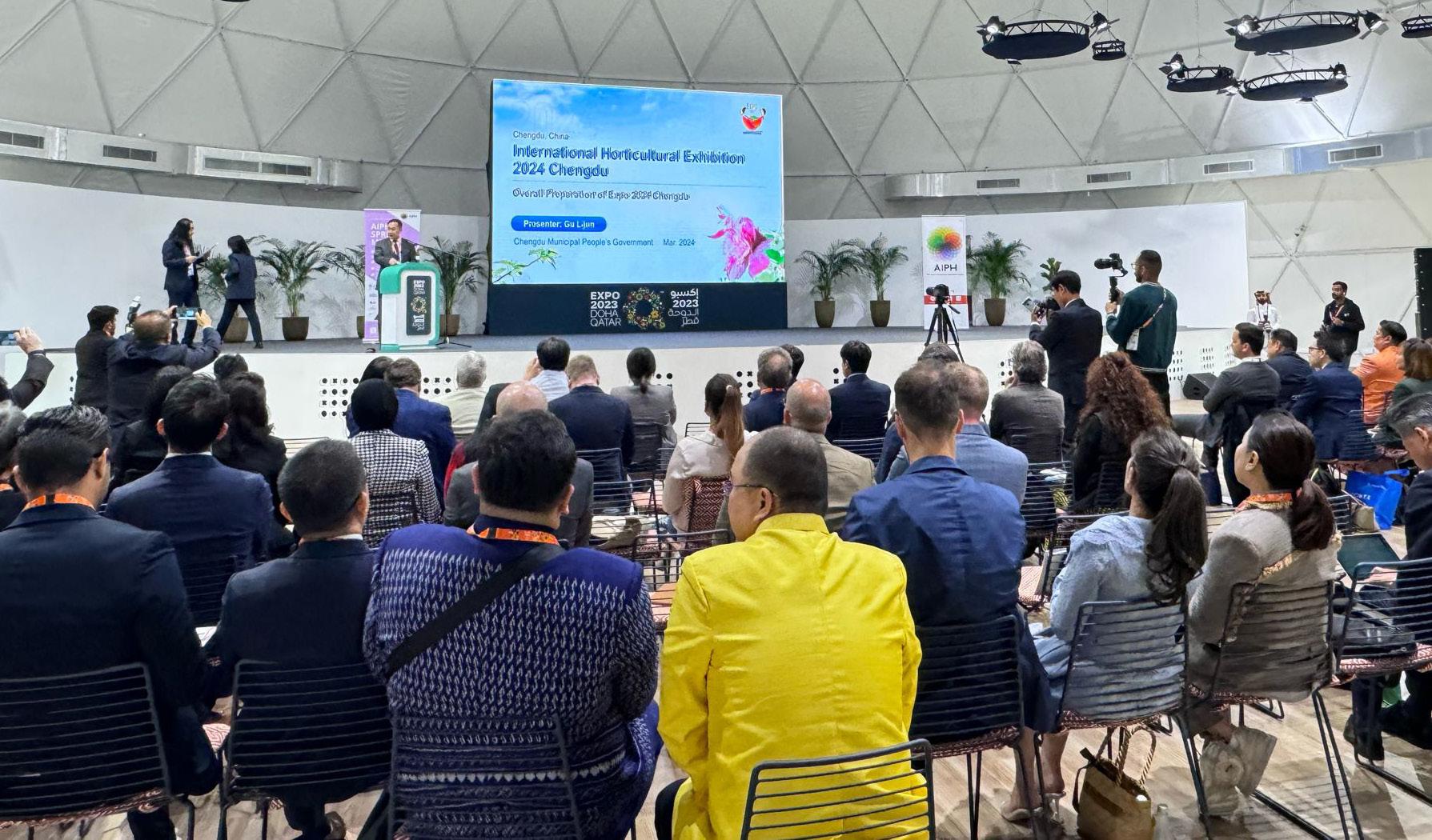
THE GLOBAL COMMUNITY OF AIPH MEET IN DOHA QATAR
The AIPH Spring Meeting 2024, held in Qatar between 3 and 7 March alongside Expo 2023 Doha, brought together more than 150 delegates from 27 countries across Europe, Asia, Africa, the United States, and the Middle East. It took place in Al Bidda Park, where all attendees had the opportunity to network with AIPH Members, industry leaders, Expo organisers, and academics. The AIPH Spring Meeting served as a platform for sharing ideas and exploring new collaborations.
AUTHOR: RACHEL WAKEFIELD. PHOTOS: EXPO 2023 DOHA QATAR
The Spring Meeting programme lasted a week, including updates from the Expo Organisers at the International Horticultural Expo Conference. There were also discussions on initiatives for arid environments at the Green City Conference. Moreover, during the Industry Conference, our AIPH Members delivered presentations on the ornamental horticultural challenges and opportunities within their respective countries.
During AIPH 's General Meeting at the Spring Meeting, AIPH Members elected Dr Hongming Peng, from China, as its new Vice President. Members voted on the approval of International Horticultural Expo 2029 Korat (A1 Category), Thailand; Euroflora 2025 (C Category), Italy; and International Horticulture Goyang Korea 2024 (C and D Category).
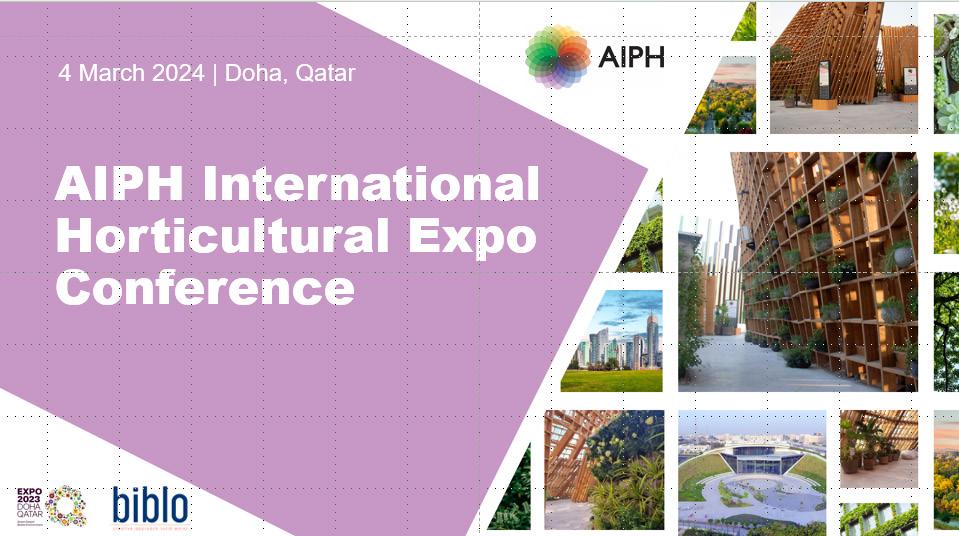
Watch the AIPH International Horticultural Expo Conference recordings at www.aiph.org/event/spring-meeting-2024
AIPH SPRING MEETING 2024 44
FLORACULTURE INTERNATIONA L APRIL 2024
AIPH GREEN CITY CONFERENCE
AUTHOR: HANNAH PINNELLS
Arid environments present many challenges for sustainable and liveable green cities, but the use of nature can provide solutions. The AIPH Green City Conference explored how plants can be used to address the issues in hot, dry environments and how this knowledge can be expanded to other cities around the globe.
Keynote speaker Professor David Simon, Professor of Development Geography at Royal Holloway, University of London, opened the conference. In his presentation, he noted that in history, cities were sustainable because people worked with nature. He said: “The only way to live in ‘hostile’ environments is to learn to live with nature. Modern technology has allowed us to forget that. We need to rediscover that we are part of nature, that we are the custodians of nature.”
This need for a shift in mindset was echoed by Jala Makhzoumi, Vice President of the International Federation of Landscape Architects (IFLA) and Acting President of IFLA Middle East. She said: “Nature is more than just green, it’s about cycles. But. in the minds of city citizens, it has been reduced to ‘green spaces’. People don’t think of trees as landscapes, but they are entire ecosystems.
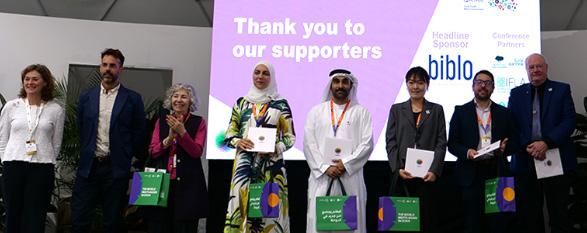
Huda Shaka, Director of Urban Strategy and Planning at Gehl, highlighted the need to be more creative with greening solutions. She said: “Trees are not always the solution. We need to be scientific and strategic. Research shows that trees can be good or bad, depending on the purpose. We need to identify our goals and look at the best strategies to achieve that.” Other plants may be more suitable for achieving city goals.
Certification schemes can motivate more sustainable choices and stimulate positive changes. An example of this was presented by Kishor Rajhansa, CEO of the Global Carbon Council (GCC). GCC is an international carbon market and sustainable development program that certifies initiatives which achieve sustainability goals, such as reducing greenhouse gases. Rajhansa explained: “We are helping to catalyse climate action.”
AIPH Members welcomed three new applications for Full Membership. International applications were approved for the Dutch Flower Auctions Association, Vereniging van Bloemenveilingen — VBN (representing Royal FloraHolland and Plantion), the Horticultural Association of Bhutan, and Kenya Flower Council. The Members also welcomed five new Affiliate Members. This Membership is available to any business or organisation involved in ornamental horticulture or has a vested interest in the industry. The newly approved Affiliate Members are Beekenkamp Plants, Netherlands; the Gulf Organisation of Research & Development – GORD, Qatar; Korea Flower Park, Republic of Korea, Verticalle, Türkiye; and World Green Infrastructure Network – WGIN, Slovenia.
Another scheme driving positive change in the region is the Society of Sustainability & Green Materials (SSGM). Dr Ali Al Jassim, Founder and Chair, presented the non-profit’s work to raise awareness and improve knowledge sharing in sustainability, green materials, and circular economy in the UAE. Organisations that join the society are presented with a scorecard that shows where they are meeting sustainability goals and where they can improve.
In his closing remarks, AIPH Secretary General Tim Briercliffe commented: “What is the implication if we don’t green our cities? It’s unthinkable, but the solutions are here. Living in a green city is no longer an option, it’s a necessity for survival.”
All Green City presentations are available to watch at www.aiph.org/ event/spring-meeting-2024.



AIPH SPRING MEETING 2024 WWW.FLORACULTUREINTERNATIONAL.COM 45
NEW MEMBERS
INDUSTRY CONFERENCE
AUTHOR: RACHEL WAKEFIELD
During the Industry Conference, AIPH members had an opportunity to learn from each other. Here are the highlights.
CANADA
Jamie Aalbers, a specialist for the grower sector of the Canadian Nursery Landscape Association (CNLA), discussed the pest-free trade of nursery stock. Specifically, he talked about how CNLA developed a plant certification program for the boxtree moth. This program was accepted in May 2023 and is now administered, audited, and verified by the Canadian Nursery Certification Institute.
During his talk, Albertson shared about the challenges and successes that CNLA faced in developing a national pest control program for this invasive pest that first arrived on Canadian shores in 2018, and affects a good proportion of its Members' livelihoods.
CHINESE TAIPEI
Betty Huang, who has been the General Manager of TFDA since 2022, talked about the upcoming Flora Variety Promotion Show that will take place in November. This will be the fourth edition of the three-day event, which brings together industry professionals such as breeders and seedling dealers to showcase new varieties, create business opportunities and impress consumers.
SOUTH KOREA
Professor KiByung Lim of the Korea Flower Cultivate Association gave an interesting talk about legislation that is helping to promote the ornamental horticulture sector. Lim spoke about the 2021 Act On The Creation And Furtherance Of Arboretums And Gardens, how it came about due to the rapid urbanisation of South Korea, and the need to ensure there are green spaces for its citizens well-being and the environment.
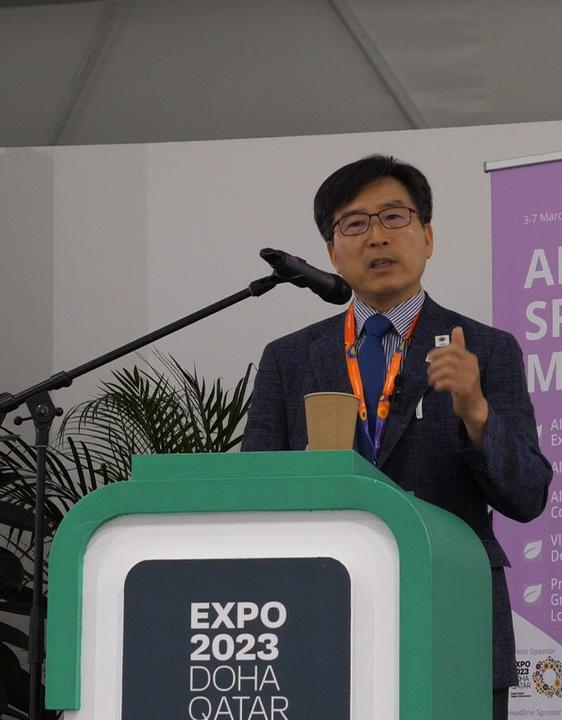
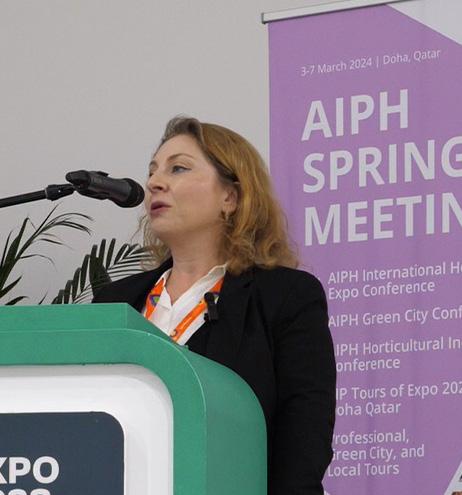
TÜRKIYE
Gülşen Bay, Chief of the Turkish Ornamental Plants and Products Exporters Association, provided a positive outlook on the organization. She presented a project named "Global Trends and New Markets in the Ornamental Plants Industry" that aimed to enhance Turkey's position among the world's exporters by increasing sectoral exports and enabling businesses to access new markets. The project spanned three years, from 2018 to 2021, and involved 40 producer companies. Its objective was to boost Turkey's share among global exporters, accomplished through improved product quality, increased exports, and access to new export markets.
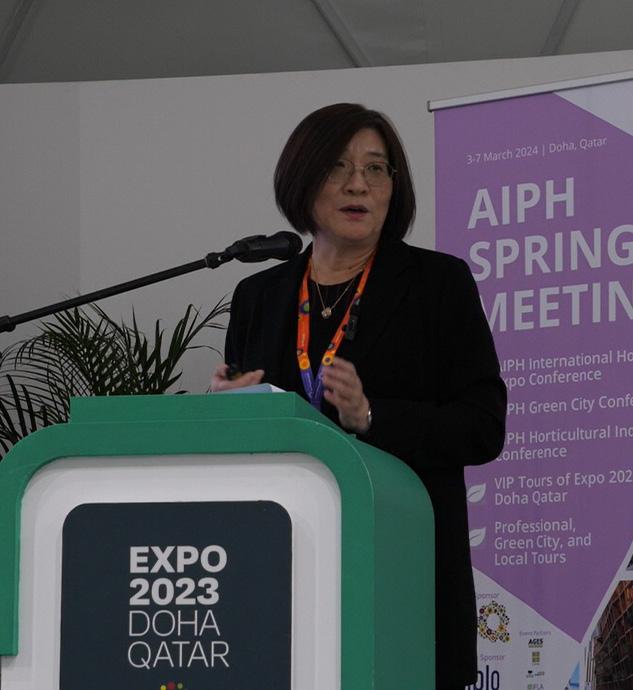
THAILAND
Dr Soontorn Pipithsangchan from the Horticultural Science Society of Thailand delivered an impressive technical presentation on the management of production operations and decision-making process. He highlighted the usage of modern data sourcing techniques from weather reports such as sun, rain, and humidity, which are precisely utilised alongside traditional horticultural methods.

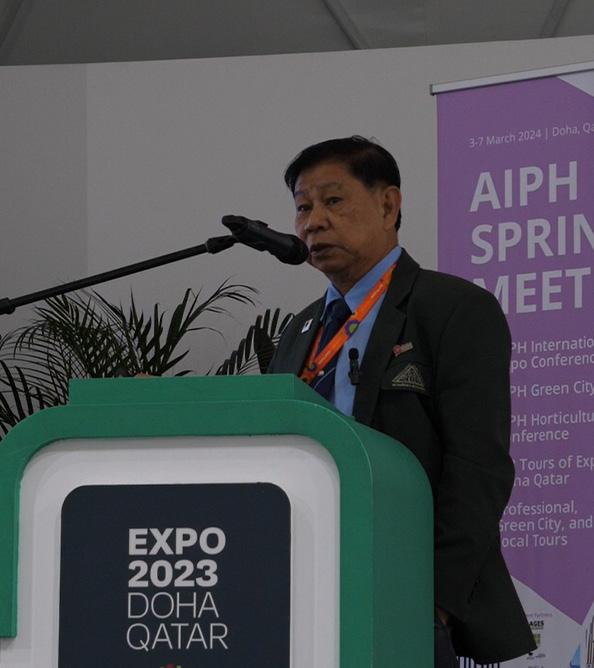
AIPH SPRING MEETING 2024 46 FLORACULTURE INTERNATIONA L APRIL 2024
NETHERLANDS
The Netherlands is internationally renowned for its floriculture industry, but some social influencers, including some political figures, are criticising the ornamental horticulture sector. Jack Goossens, an AIPH Board Member, shared his perspective on the challenges faced by the industry in his country. He began his talk by quoting Frans Timmermans, a former Executive Vice President of the European Commission for the European Green Deal, who is against the industry for being "socially and ecologically burdensome" in the Netherlands.
However, Goossens, who represents AIPH Member VBN — Vereniging van Bloemenveilingen, says the Flower Council of Holland is ready to take on this challenge and represent and support growers and traders. The association plans to change its marketing communication strategy by shifting its focus from consumer promotions to supporting the industry. It is planning to accentuate more how the cultivation of flowers and plants is important for the environment and society's well-being.
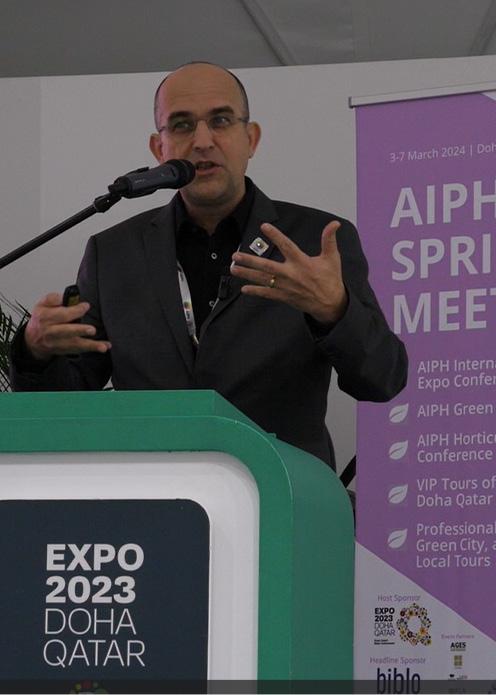
CHINA

Haiyan Kong, who is a Director at the China Flower Association (CFA) and an AIPH Board Member, presented the CFA's Annual Production and Sales Analysis of Ornamental Plants. A yearly publication that provides valuable information to its members, including growers, traders, research institutes, professors, and legislators involved in the horticultural industry. Kong explained how the project came into being due to a change in national legislation in 2013, leading to a significant shift in consumer behaviour, making it crucial for data to be available for production decision-makers. For the past ten years, the CFA has organised this annual project, which the National Forestry and Grassland Administration has funded. The project starts with a survey about sales, quantity, and major ornamental products sent to its members, which include
ITALY
AIPH President Leonardo Capitanio, representing AIPH member ANVE, spoke about the importance of innovation in water management for the Italian ornamental production industry. Over the past ten years (2010-2020), rainfall in Italy has decreased by an average of 15 per cent, with droughts lasting more than six months in a year.
Capitanio, a nurseryman in Puglia, a region in southern Italy, informed the audience that the average rainfall here has decreased by 30 per cent. He added, "In an area the size of the Netherlands, we only have one river."
From researchers to nurserymen, Capitanio discussed how scientists have been working on various irrigation management techniques that cater to the environmental needs of different regions in the country. These techniques include the use of sensors, data, and software.
Capitanio explained that, practically, nurserymen are optimising rainwater harvesting from the greenhouse roof and directing it to the cultivation floor using a drop system. They also use a closed-cycle irrigation system that includes capillary mats, which save at least 20 to 30 per cent of the water. Additionally, they use mulch made of recycled wood shavings to minimise evaporation from pots.
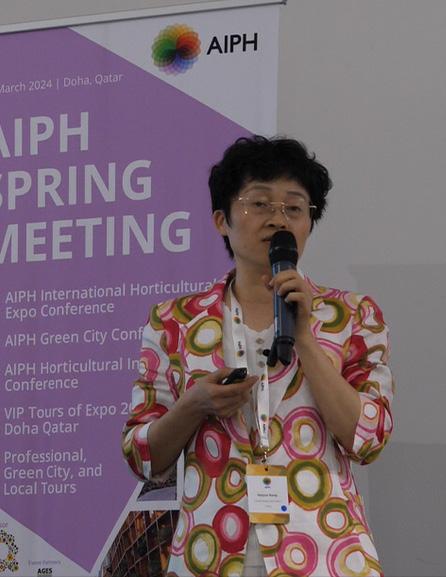
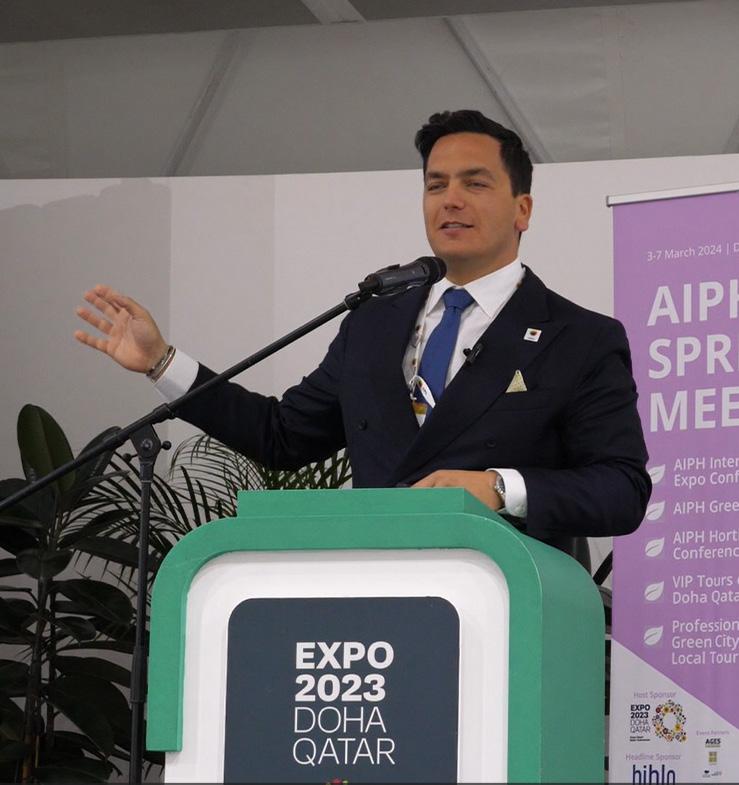
provincial flower associations, major production regions, flower markets, and production and trading companies. Afterwards, a conference is organised for further analysis and discussions about trends, and experts are asked to provide further data analysis and advice.
The CFA’s Annual Analysis on Production and Sales of Ornamental Plants includes sections dedicated to pot plants, cut flowers, nursery stocks, retail, logistics and markets. It also includes a review of the current situation and how it compares to previous years, and then analysis and prediction for the forthcoming year.
The CFA not only creates this publication but also organises horticultural Expos and major international trade events, including the annual Hortiflora Expo and the China Flower Expo. Currently, they are organising the International Horticultural Expo 2024 Chengdu, which opens on April 26.
SPRING MEETING 2024 WWW.FLORACULTUREINTERNATIONAL.COM 47
How effective are the forthcoming Brexit border checks?
At the British Ornamentals Association’s annual technical conference the effectiveness of the forthcoming Brexit border checks was questioned.
Martin Emmett, chair of the UK National Farmers’ Union (NFU) Horticulture and Potatoes Board, has expressed concern about the effectiveness of the forthcoming Border Target Operating Model (B-TOM) border checks. From April 30 (2024), consignments of high-risk plants (including plants for planting and ‘woody plants’ such as conifers) coming from mainland Europe (the EU) will be physically inspected at the UK’s new border control points (BCPs). Some consignments of medium-risk plants will also be subject to BCP checks, which the UK government is putting in place to maintain the country’s biosecurity.
‘IT’S A JEOPARDY’ Emmett, who is also a director at leading ornamental plants producer Tristram Plants (a group of nurseries in West Sussex), expressed his concern whilst speaking as a guest at the British Ornamentals Association (formerly known as the British Protected Ornamentals Association BPOA,
and now operating as BOA) technical conference.
The conference occurred on January 31, 2024, at the NFU’s headquarters in Stoneleigh, Warwickshire (UK). There, Emmett described the new border controls as “one of the biggest issues I’m addressing at the moment.” He said: “It's a jeopardy – this extra stage in the supply chain – that we do not need. And then, of course, is the practicality of packing and repacking. They’re not really going to make a key contribution to maintaining our biosecurity because I cannot be assured that they [the BCP staff] can do a very effective check in the small space that we have at the border. I just do not believe that it’s going to be possible. They’re [the BCPs are] not actually fit for purpose. We do want biosecurity –it is important to our sector as well as to the wider environment. But the place to do it is in our nurseries with a more targeted inspection.”
When Emmett asked the audience members if they were also worried about the border checks, the majority of delegates raised their hands to show that they were also concerned.
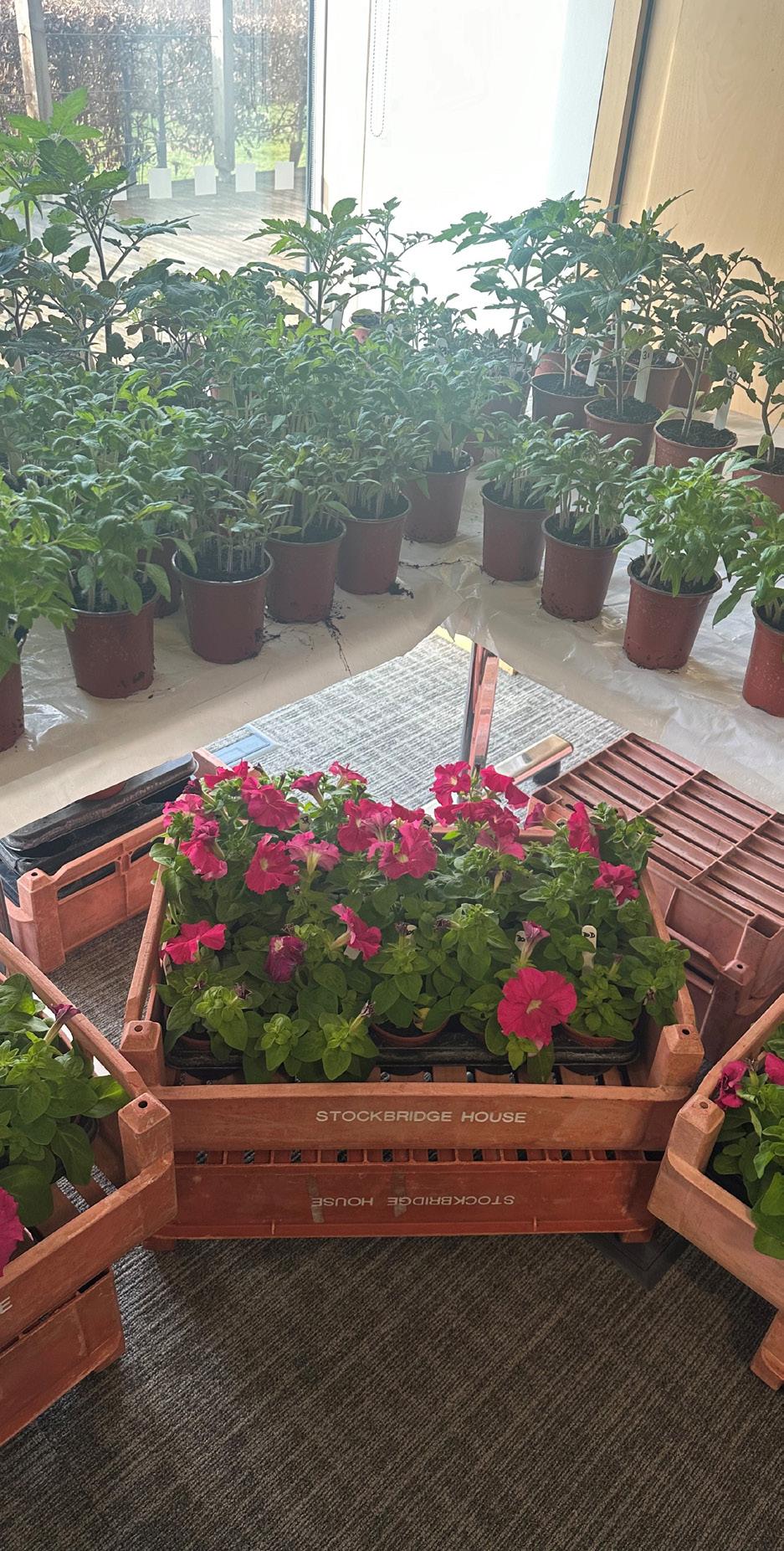
Some of the plants that Julian Davies grew for his trial on retail peat-free growing media bags.
To date, these Brexit inspections have been taking place at the Place of Destination (PoDs) –namely, on growers’ premises. However, these PoDs were only a temporary arrangement and are being phased out and replaced by BCPs. Growers do have the option of applying for the Control Point (CP) designation, which performs the same function as a BCP. However, the UK government notes that requirements to become a Control Point are more stringent than for PoD.*
SWITCHING TO PEAT-FREE
Meanwhile, as growers wait for the checks to start, they are
BREXIT FLORACULTURE INTERNATIONAL APRIL 2024 48
AUTHOR: RACHEL ANDERSON
busily fine-tuning their peat-free growing regimes. This is because the government in England is phasing out both the professional and retail use of peat in England by the end of this decade (2030). The governments in Wales and Scotland have also announced plans to phase out peat.
Neil Bragg of Substrate Associates advised delegates to get to know their (peat-free) materials and mixes, to run trials on their nursery of new peat-free mixes, and to “get some regular analysis done” on these peat-free materials. The components of peat-free growing media are continuing to evolve, but currently, they mainly include either one or a mix of the following: bark, coir, wood fibre, and green waste. Bragg noted that peat-free growing media tend to be low in nitrogen when they arrive at the nursery.
“You're always going to need extra nitrogen when you start – and this is critical,” asserted Bragg, who noted that a recent trial carried out in Somerset (UK) showed that seven out of 21 mixes had no available nitrogen.
In the garden retail market, the sale of bagged peat composts is due to be phased out by the end of this year (2024) in England.
Steve Harper, chair of the UK horticulture industry’s Responsible Sourcing Scheme (RSS) – which assesses and then scores** the environmental impact of peat-free mixes – noted that, helpfully, QR codes are now featured on the bags of peat-free composts so that consumers can look up the most up-to-date RSS scores online without a product’s barcode being changed. This is because the growing media materials can vary (depending on their availability, for example).
TRIALLING PEAT-FREE GROWING MEDIA BAGS
With the garden retail peat ban in mind and with the ingredients in peat-free compost “not as consistent and uniform as peat,” Julian Davies, director of agronomy at Stockbridge Technology Centre in North Yorkshire, revealed that
he had conducted a trial on peatfree growing media bags. His trial sought to answer the question: “Can gardeners get good results using peat-free compost?” It saw 47 types of peat-free composts from 31 manufacturers/brands – and a total of 87 retail bags of peat-free compost – put to the test. Using peat-based compost as the control, Davies raised petunia and tomato plug plants and germinated tomato seeds in these peat-free composts.
Davies then rated the plants as being “excellent, very good, good, poor, or very poor.” After four weeks, 18 per cent of the petunias raised in peat-free were rated “poor” or “very poor.” The tomato plants “were a similar story,” he said, while 17 per cent of the tomato seedlings were “poor” or “very poor” after three weeks after sowing.
Whilst not everyone in the audience agreed, Davies asserted that these were “pretty good results” given that the peat-free composts yielded more than an 80% success rate. He noted that as little as three or four years ago (when peat-free mixes were arguably more variable), the results could have seen 50% of the peat-free growing media underperforming.
Davies added that locked–up—or no—nutrients is one of the major issues with peat-free materials, which is why consumers need to be educated on the need to carefully check the young plants once they’re in the compost. Consumers/ amateur gardeners must then be prepared to liquid-feed their plants, if necessary, he said. The audience was generally in agreement that consumers need to be better educated on how to work with peatfree materials.
REDUCING CARBON FOOTPRINTS
The phasing out of peat is largely to protect biodiversity and wildlife habitats and reduce carbon emissions. The BOA audience was reminded of the UK’s legally binding requirement to reach net zero emissions by 2050 and its commitment under the Paris Agreement to a plan to cut emissions by 68 per cent by 2030
compared with 1990 levels. Some of the guest speakers pointed out some of the ways in which growers can help reduce carbon emissions and cut down on their energy usage—and their energy bills.
For example, Mark Sait, CEO of SaveMoneyCutCarbon, revealed that he and his team recently worked with the grower Lincolnshire Herbs (based in Spalding, Lincs) to help the company save 193 tonnes of CO2 annually.
Working with SaveMoneyCutCarbon, Lincolnshire Herbs—which produces fresh-cut and living–pot herbs—installed 3,000 LED lights in its nursery. Happily, the producers reported that, in addition to reducing its energy use, the LEDs are helping the firm produce a better-quality plant with a stronger root structure. Sait also advised delegates to look around their premises to see where smaller energy savings can be carried out – such as installing LED lights in offices and aerators in bathroom taps.
Eirinn Rusbridge, senior engineer at NFU Energy, highlighted how tweaks in growing regimes can improve nurseries’ resource use efficiency. These measures include, for example, installing/replacing climate screens, adjusting the glasshouse’s heating/cooling setpoints, improving insulation, installing timers and upgrading old/ inefficient equipment.
Reducing waste in the nursery also helps protect the environment. To that end, Marcel Hubers from Syngenta explained that mediumsized droplets are the most effective way to reduce runoff, achieve good coverage, and penetrate the leaf canopy. “Compromise is key,” he said. The choice of optimum spraying parameters is always a compromise between application volume, droplet size, product recovery, and drift.” Hubers added that adjuvants help mitigate against losses and maximise delivery to the target.
* www.planthealthportal.defra.gov.uk
** www.responsiblesourcing.org.uk
BREXIT WWW.FLORACULTUREINTERNATIONAL.COM 49
NATIVE PLANTS ARE RISING

PNative plant consumption in the US continues to grow organically from consumer demand and through purchases mandated by legislation. Debbie Hamrick comments on the situation. She is the founding publisher of FloraCulture International, and is currently the Director of Specialty Crops for the North Carolina Farm Bureau.
lants native to the continental United States seem to be taking a greater market share of landscape plant sales for American consumers. The trajectory is slow and steady. Nationally, 10-17 per cent of nursery plant production is comprised of native plant species based on voluntary industry surveys. In my home state of North Carolina, native plants make up about 14.2 per cent of nursery plant production, which is about $29 million in farm gate value. Many American native plants have horticultural value and have been used in European gardens for centuries. Species like the perennials Aquilegia canadensis, Echinacea purpurea or Rudbeckia laciniata, the vine Parthenocissus quinquefolia, and the stately tree Liriodendron tulipifera are well known.
A LOSS OF BIODIVERSITY
The native plant movement does not sit well with many in the nursery and greenhouse industry. American plant growers are independent businessmen and women. They are entrepreneurs and generally dislike rules and regulations. In the past few years, several states have passed legislation that at times mandates the use of native plants for certain projects and at other times bans the production of popular nursery species (Berberis sp., for instance) that have harmed the environment by becoming so well established that they push out native plant species. Many environmental groups see the 32 million ha of managed landscapes
in the US as vital to the biodiversity of native animal and plant species for the future. The following illustration helps to put into perspective how critically important the issue is to the groups promoting more native plants. In the mid-2000s, a land conservation group in my state of North Carolina estimated that for every person who relocated here, we lost about one hectare of land that was converted mainly from farmland or forestland to housing, shopping centres, schools, roads, parking lots, etc. In 2023 alone, 140,000 new residents moved here. As a result, we lost a lot of land to development. Our state has significant biodiversity that many wish to preserve. For instance, 564 native bee species, many of them dependent on specific plants. Native plant proponents see the loss of wildlife habitat as dire.
NOT ENOUGH PLANTS TO MEET DEMAND
The topic of how to get more native plants into the marketplace (and thus the landscape) in the US is mired in complexity. Proponents of native plants say there are not enough plants to meet demand. Often, they do not grasp the realities of plant production and the intricacies of plant breeding, plant propagation, pathogen control, crop culture, plant markets, distribution logistics and retailing. Nurserymen and growers likewise have generally avoided the science and complexity of native plant communities and the web of wildlife and ecosystems that rely upon them.
Native plant proponents complain about homogeneous landscapes that
look the same no matter what region of the country, calling it ‘Generica america’. Nursery and plantsmen joke about how unruly and out of control many native plants can be in modern landscapes. Exuberant growth is one reason native plants are successful in their habitat.
MORE DIVERSITY IS BETTER
The one concept native plant proponents and nurserymen both agree upon is that more diversity in the landscape is better. Research has shown that landscapes need a lot of different plants in addition to structural complexity and timing of available resources that are synced with the wildlife species present to support native wildlife. That means flowers with nectar and pollen when bees, moths and butterflies are present, the plant genera necessary for a food source for butterflies and moths in their larval forms, and plants with fruit and seed for birds and mammals.
STATE FUNDING
Our state legislature passed a law last year mandating the use of native plants for certain projects that are funded with state funding. Thankfully, the industry was able to have the original bill amended with language that allows for the use of plants native to the Southeastern US and allows for many cultivars of native plants. Cultivars, so-called “nativars,” are acceptable if they have not been bred to curtail the use of plants for wildlife. For example, double flowers that are missing reproductive structures or that are
VOICES FLORACULTURE INTERNATIONA L APRIL 2024 50
pollenless are not allowed. While a cultivar that has a better plant form or disease resistance would be allowed. It’s a good thing we were able to amend the original language to allow cultivars because new diseases and insects like vascular streak dieback (Ceratobasidium theobromae) on Cercis canadensis or ambrosia beetles (Scolytinae and Platypodinae) that attack many plant species are affecting native plants.
NATIVE PLANTS FOR NURSERY PRODUCTION
Recently, in my state of North Carolina, I helped to organise a full-day seminar on native plants for nursery production. The focus was on plants grown for use in managed residential, business and institutional landscapes. A small organising committee developed a program that approached the topic from multiple angles. We curated an audience of about 70 individuals from nurseries, breeding companies, plant distribution companies, botanic gardens, public gardens, parks, plant retailers, landscapers, landscape architects and designers, non-profit environmental groups, native plant proponents, scientists and researchers, and government agencies.
The most valuable outcome of the day was the interaction between the individuals present. Most people in the room would never have met one another but for our one-day gathering. The next most important point is also related to networking that occurred: communication. Nurseries already produce many native plant species, but often, they are not marketed as such. Communicating talking points about cultivars and varieties of native plants that perform better in the landscape or that may be resistant to emerging diseases could convey that the plant industry is doing a lot already. Communication from native plant proponents back to the nursery industry that discusses specific plants and their purpose in the landscape would be welcome.
REALITY IS COMPLICATED
Unfortunately, many native plant proponents recite misleading and often incorrect statements, such
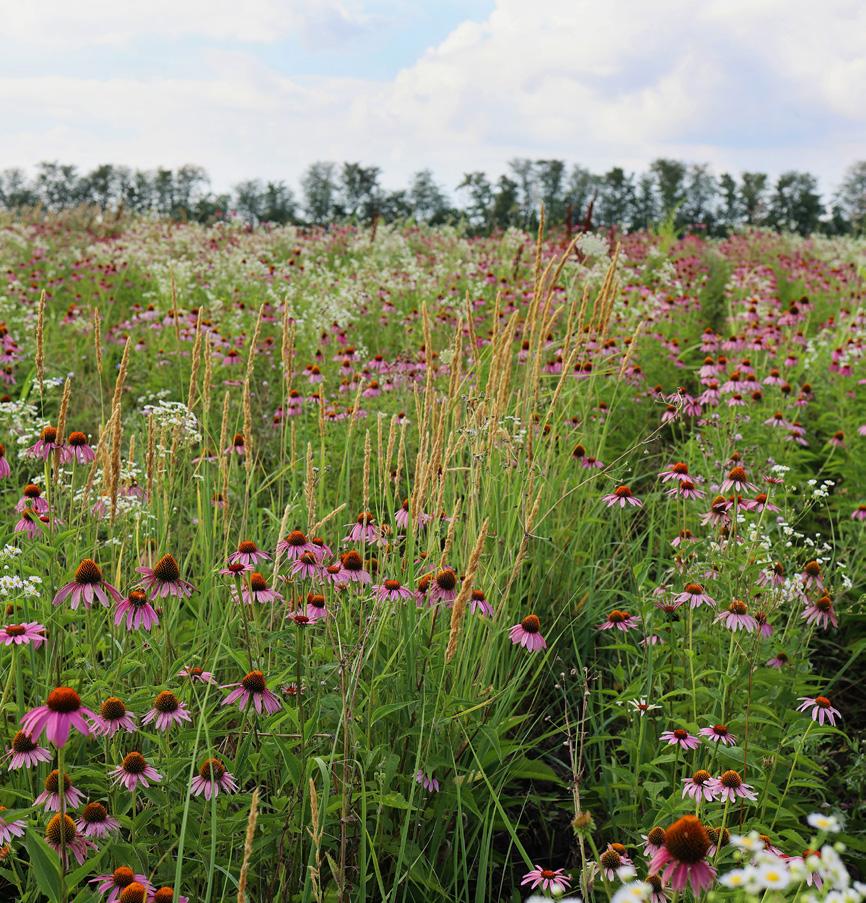
as native plants do not require additional water or fertiliser and are well adapted to native soils. The realities of these talking points are much more complex. Native plants are often thought to be more sustainable than introduced species. The reality is that it is complicated. At our one-day event, the audience learned that if we cannot spend money to improve disturbed soils in the landscape, native plants will not survive, much less thrive. Low-bid landscapes are often won by contractors who put plants last on the list. Soils are not part of their thought process. This was news to many in the room not from the horticulture industry. Lead time for order fulfilment is vitally important. Nurseries need to know in advance the number of plants required for large-scale projects in order to build up enough stock. Some in the audience were shocked to hear a nursery talk about dumping hundreds of native plants because they could not sell them. By the time the nursery builds supply, landscape architects have moved on to the next “hot” plant. We also learned that, here in North Carolina, governments cannot enter growing contracts in the two to four-year advance timeframe needed to build up stock.
DIFFICULT TO PROPAGATE
Native proponents also need to understand that many native species are very difficult to propagate, may
not lend themselves to nursery production systems and may not have an appearance at the point of sale that is attractive to consumers.
If these factors are solved, then there must also be market demand. A nursery cannot simply switch production to native plants from their existing product assortment. The market has to be developed. Every product addition must make sense economically. The audience learned an inconvenient truth: We do not see new, start-up commercialscale nursery growers in the US. Existing commercial-scale nursery growers currently sell just about everything they have. If natives are to grow in importance, nurseries must be convinced that they will make their money. While small native plant nurseries are starting up, their limited supply doesn’t impact the market beyond a local area.
NATIVE PLANTS ARE NOT A PANACEA
Maybe the reasons why nurseries should take a closer look at native plants are intangible. Several industry economists published a paper in 2022 titled “Investigating Drivers of Native Plant Production in the United States Green Industry”. To excerpt, “Firms selling native plants had characteristics that differed from other green industry firms. These characteristics are notable for their progressive nature: they implemented more IPM practices than non-native nurseries, grew a greater variety of plant species, and sold plant products to a greater diversity of outlets. In short, they paid attention to the many ways to make their firm more profitable by examining and adopting differentiation strategies that resulted in higher quality crops available for greater market prices.” Like many meetings addressing difficult questions, our day drew no single conclusion. We did. However, all leave with a lot more knowledge and context so that the questions and ideas to come will be better informed. Native plants are not a panacea. They can, however, become a profitable part of a nursery’s assortment. Sometimes mandates may not be all bad.
VOICES 51 WWW.FLORACULTUREINTERNATIONAL.COM
A field of blooming red echinacea purpurea.
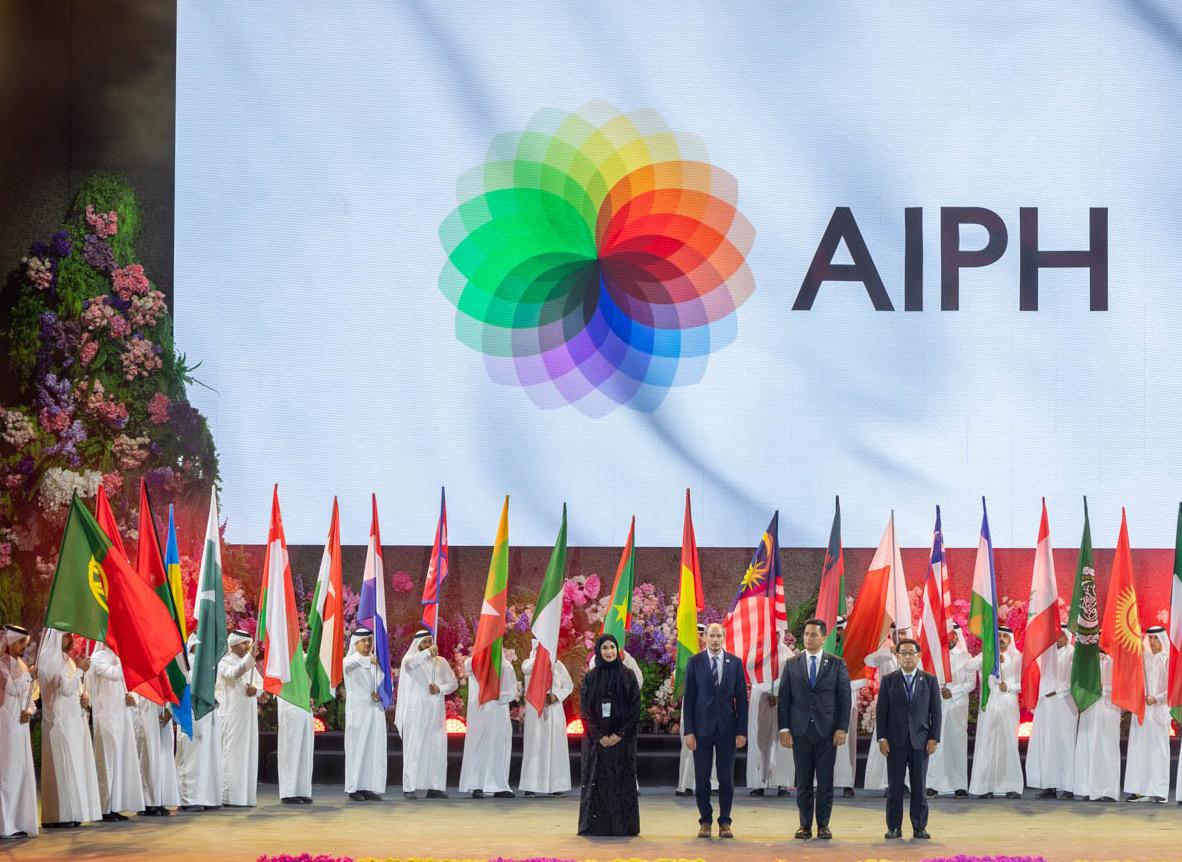
EXPO 2023 DOHA CLOSING CEREMONY SIGNALS WHAT WE CAN ALL DO TO MAKE THIS PLANET AND OUR LIVES GREENER
Expo 2023 Doha ended on 28 March after welcoming 4.2 million visitors during its 179-day run. It explored the theme of “Green Desert, Better Environment” and was the first International Association of Horticultural Producers (AIPH) approved A1 Expo in the Middle East. The Closing Ceremony was a fitting tribute to the Expo Organisers’ endeavours.
The official closing ceremony was attended by His Excellency Mr Abdullah bin Hamad bin
Abdullah Al Attiyah, the Minister of Municipality; H.E. Mr Bader bin Omar Al Dafa, the Expo 2023 Doha Commissioner General Ambassador; Dr Fayqa Ashkanani, the Expo 2023 Doha Secretary General; and many ambassadors from Europe and the Middle East
and African regions.
H.E. Al Attiyah began formal closing proceedings, and in his statement, he said: “Expo 2023 Doha received the utmost care, attention and great participation from all governmental and private agencies and civil society institutions to achieve our common goals by finding innovative solutions to reduce the problems of desertification and create a green and sustainable environment for our
current and future generations.”
AIPH President Leonardo Capitanio congratulated the State of Qatar on the success of Expo 2023 Doha. He said that this event has focused the world’s attention on creating a better environment in an arid climate. He congratulated the horticultural displays given by nations worldwide throughout the Expo site’s 170 hectares. This Expo has seen participation from
EXPO-SURE 52 AUTHOR: RACHEL WAKEFIELD. PHOTOS: EXPO 2023 DOHA QATAR
FLORACULTURE INTERNATIONA L APRIL 2024
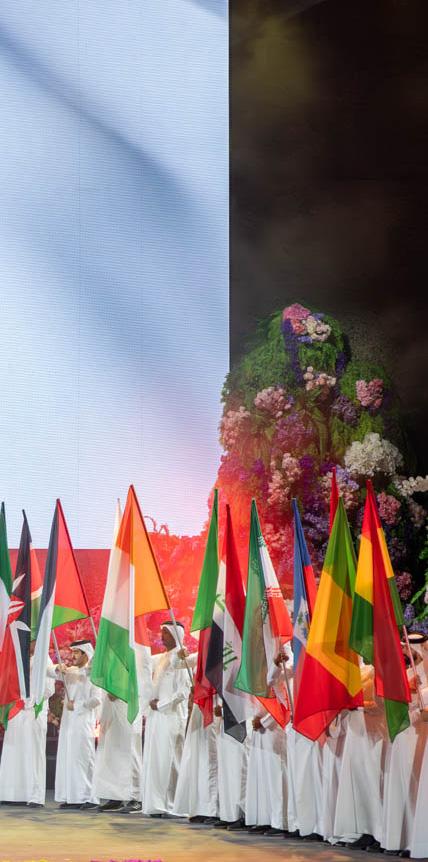
Secretary
General Dr Fayqa Ashkanani, AIPH
Secretary General Tim Briercliffe, AIPH
President Leonardo Capitanio and Hayami Sato, UnderSecretaryGeneral of the Japan Association for the International Horticultural Expo 2027, Yokohama.
71 countries, with each garden and pavilion exhibiting ornamental horticulture and best practices. In his speech, Mr Capitanio praised them, and he said, “Visitors have been able to visit the world in one go here in Doha, and every participant has played their part in bringing solutions for greening the desert. I was amazed by the spectacular gardens, innovations, and concepts shown during this Expo. A horticultural Expo in the desert seemed like an impossibility, but you have all made it a reality. In doing so, you have brought hope for the future.”
During the Closing Ceremony of the Horticultural Exhibition, a flag exchange ceremony symbolised continuity from one Expo to the next. The next A1 Expo will be the International Horticultural Exhibition Yokohama 2027, Japan. The flag exchange began with the horticultural approving body, the AIPH President, Mr Capitanio, and AIPH Secretary General, Mr Tim Briercliffe, and Expo 2023 Doha Secretary General Dr Ashkanani presenting the flag to Mr Hayami
Sato, Under-Secretary-General of the Japan Association for the International Horticultural Expo 2027, Yokohama. The Bureau International des Expositions (BIE), the body responsible for recognising World Horticultural Expos, also participated in the flag exchange. The President of BIE, Mr Alain Berger, and the SecretaryGeneral of BIE, Mr Dimitri S. Kerkentzes, presented their flag, with the help of H.E. Al Dafar, to the Ambassador of Japan to the State of Qatar, Mr Satoshi Maeda. Expo 2023 Doha is now entering its legacy phase after hosting more than 6,000 events during its six months to educate visitors about sustainability, environmental awareness, modern agriculture, technology, and innovation and culturally inspire them through National Day celebrations. The Expo site, Al Bidda Park, will return to the people of Qatar, and the thousands of trees, plants, and flowers will continue beautifying the landscape. The Qatar Pavilion remains a legacy building for park management.
The Qatar Museum will curate the Expo House. It will continue the Expo’s horticultural aims to shape dialogue and behaviour in favour of sustainable practices and green technology through its educational programmes, including school visits and university partnerships. Expo 2027 Yokohama will be held between 19 March and 26 September 2027 under the theme “Scenery of the Future for Happiness.
To view Expo 2023 Doha’s Closing Ceremony, visit www.youtube.com/ watch?v=ytt2RA9Zgfs

GOLD TROPHIES AWARDED TO UAE, SOUTH KOREA, SENEGAL, AND JAPAN, WITH TÜRKIYE WINNING THE AIPH PRIZE
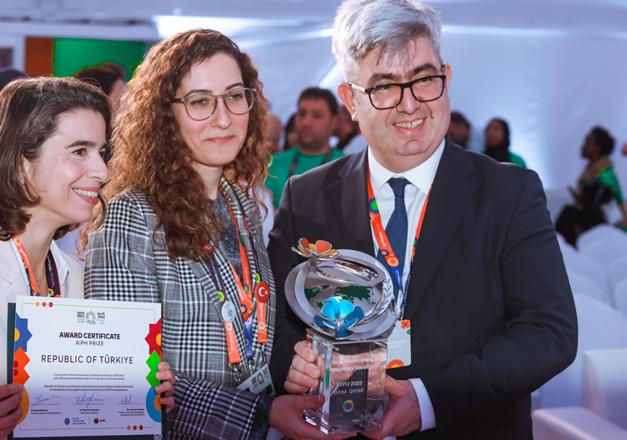
The Expo 2023 Doha International Participants Competition recognised countries for showcasing their horticultural achievements during its six-month Expo on March 27th
The United Arab Emirates won the Gold Award in the ‘Self-Build’ category, while the Republic of South Korea was victorious in the ‘Large Pavilions’ category. The Republic of Senegal emerged as the winner in the ‘Medium Pavilions’ category, and Japan was declared the winner in the ‘Indoor Garden’ category.
The International Association of Horticultural Producers (AIPH) awarded the Republic of Türkiye its special AIPH Prize. This prize showcases the country’s horticultural aspects through the power of plants and flowers, wellchosen landscaping materials, and good maintenance throughout the Expo.
Expo 2023 Doha welcomed more than 4.2 million visitors who have experienced its theme of ‘Green desert, better environment’. The theme has inspired visitors and showcased how desert cities can move towards greener futures. The Expo, spanning 170 hectares of Qatar’s Al Bidda Park, has seen participation from 71 countries, with each garden and pavilion exhibiting ornamental horticulture and best practices.
All international and national participants were judged twice, at the beginning and end of the Expo, taking two full days for each visit, by an expert jury of ten representing the International Association of Horticultural Producers (AIPH), Bureau International des Expositions (BIE) and Qatari experts.
EXPO SURE WWW.FLORACULTUREINTERNATIONAL.COM 53
(Left to right) Expo 2023 Doha


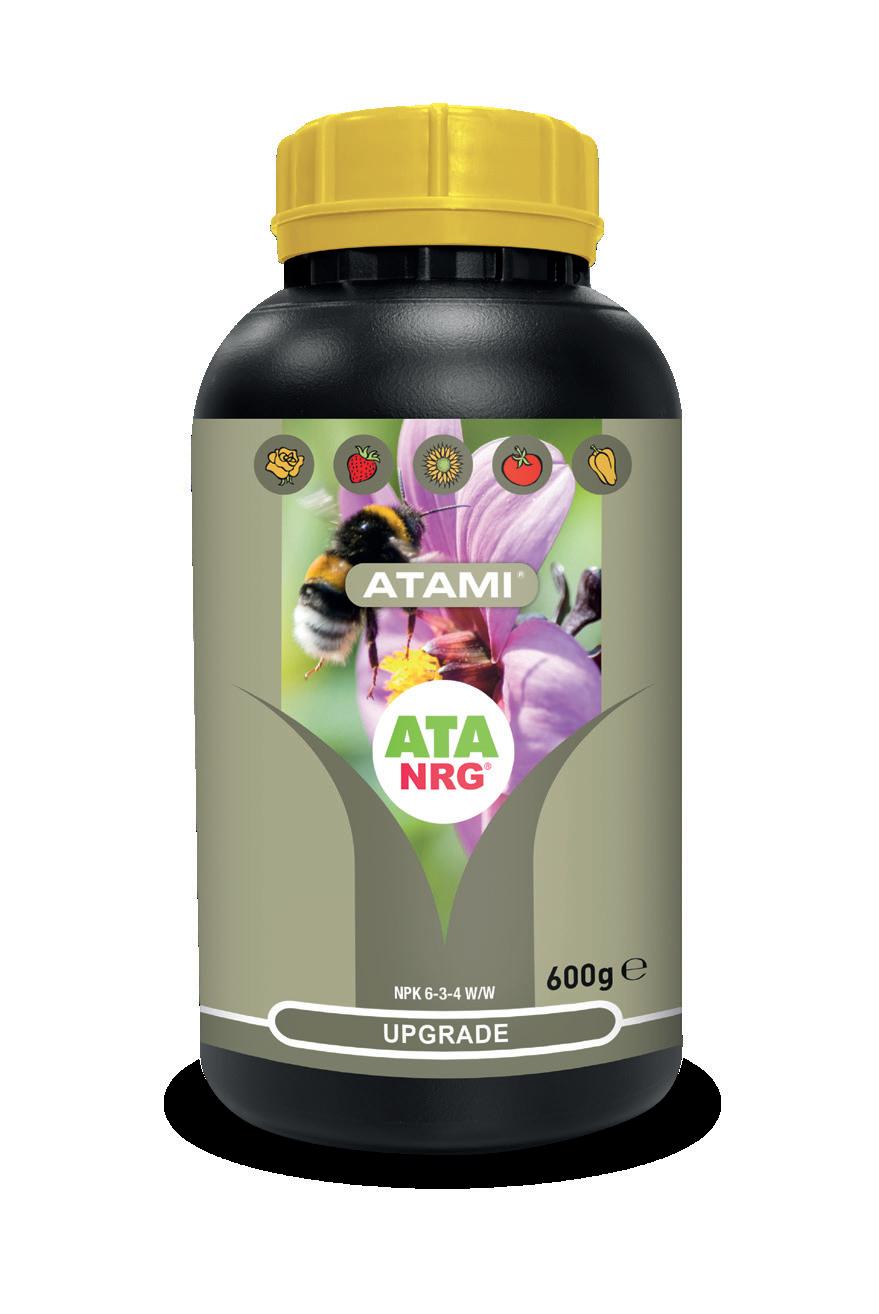
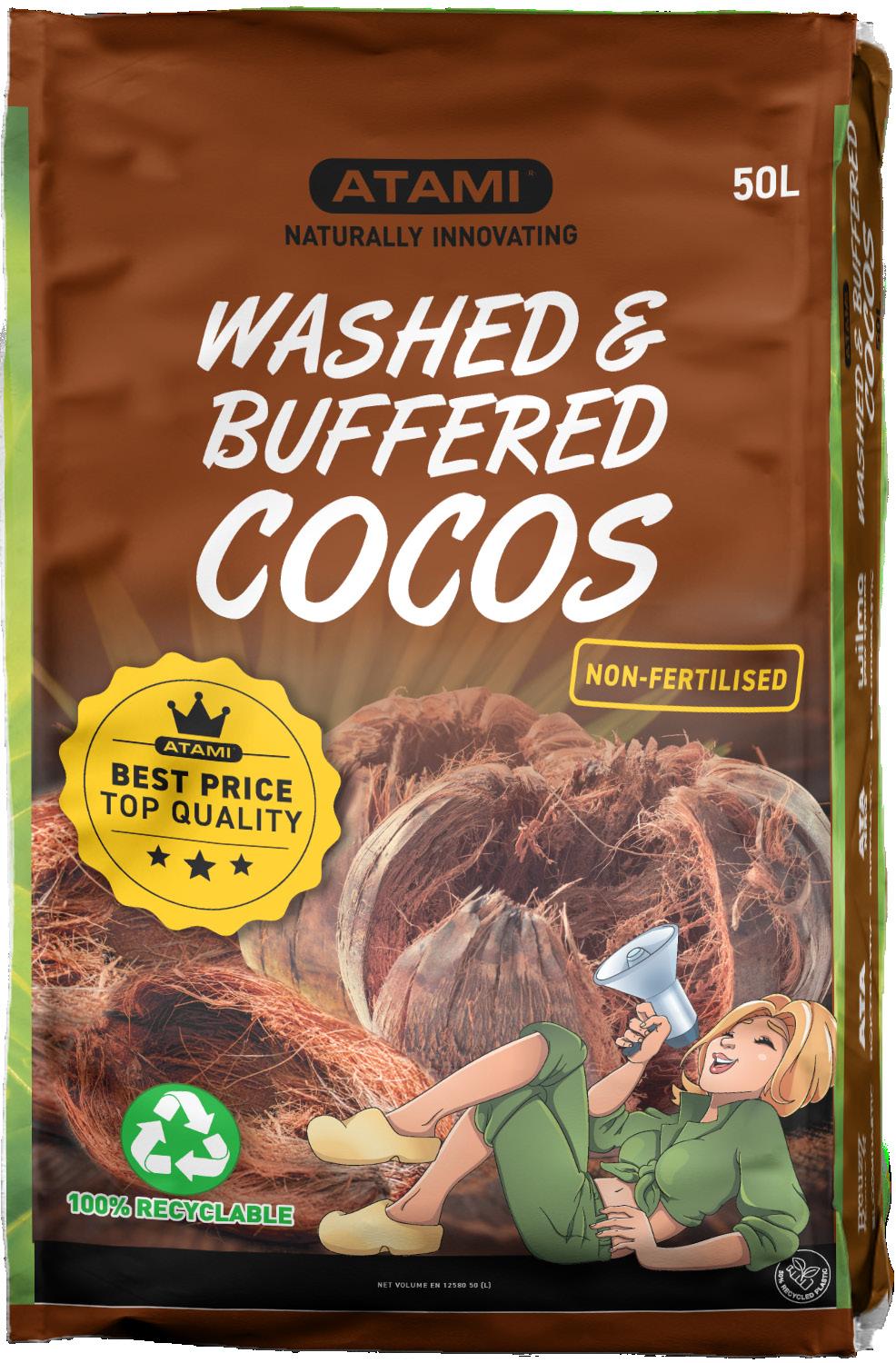

UPGRADE - FEEDING PLANTS SMARTLY!
THE PERFECT BASE FEED FOR YOUR NON-FERTILISED SUBSTRATE
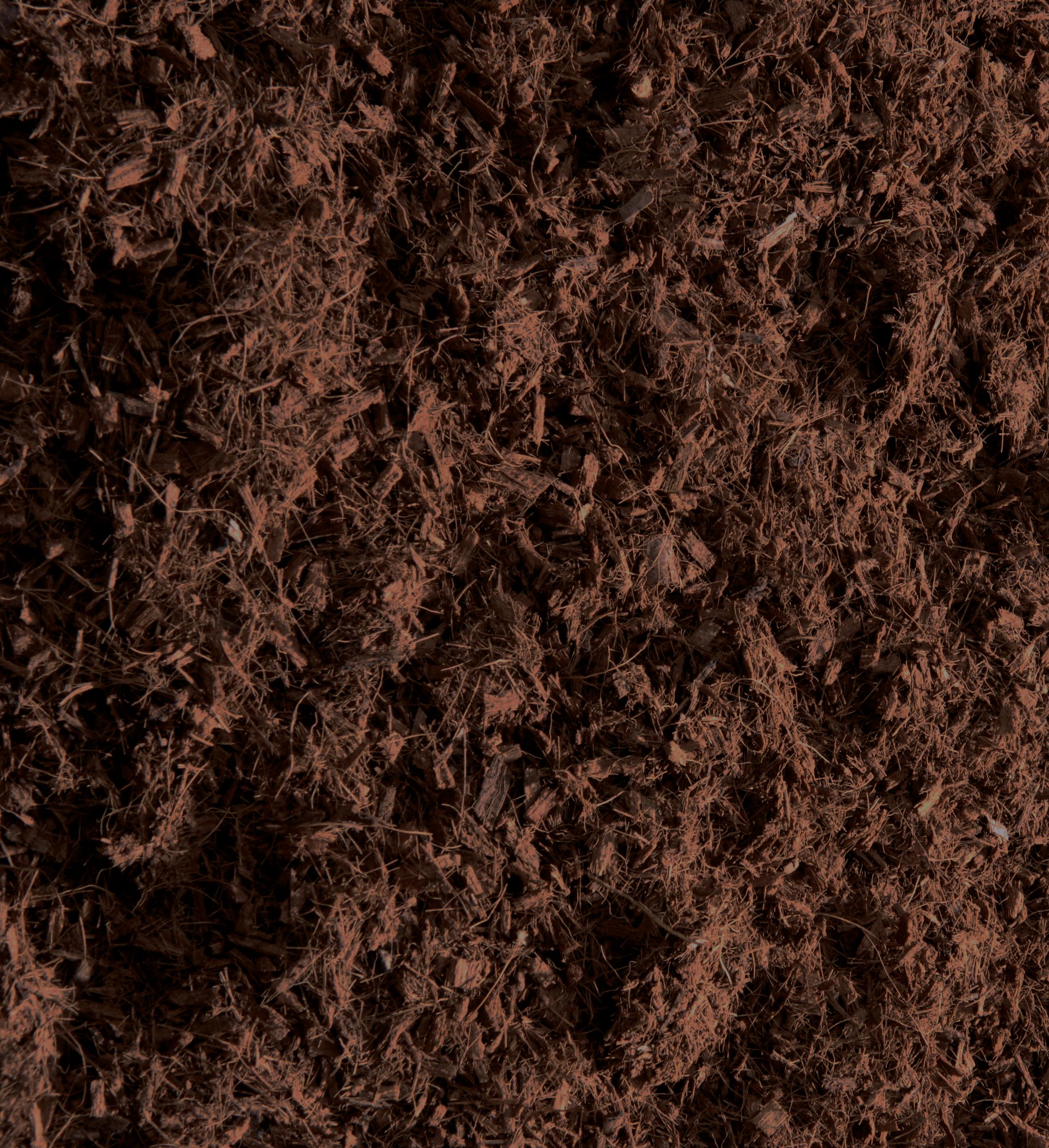


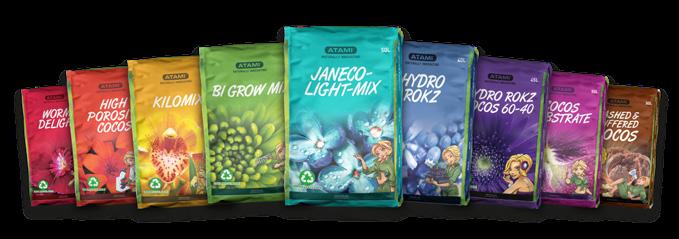



















@atami.international
START THE SEASON THE RIGHT WAY WITH ATAMI! NON FERTILISED
ATAMI WEBSITE:

A great pairing for horticulturists and hobby gardeners: Washed & Buffered Cocos and ATA NRG Upgrade
In the dynamic world of horticulture and gardening, the search for innovation is relentless. For experienced growers looking for something new to improve their practices, the focus is on Washed and Buffered Cocos – a game-changing substrate for coco enthusiasts.
Washed and Buffered Cocos is a blank canvas for plants, meticulously composed of high-quality coco fibre that has undergone rigorous washing and buffering processes. The absence of fertilisers makes it the optimal choice for cultivators who relish the hands-on approach, applying nutrition from the earliest stages of plant life. This substrate’s hallmark is its impressively low electrical conductivity (EC), making it an ideal haven for seedlings and cuttings, creating an ideal environment for them to establish and grow.
On the other hand, Washed and Buffered Cocos has exceptional water retention capabilities, providing plants with the perfect balance of hydration. Simultaneously, its aerated structure ensures a continuous supply of oxygen, cultivating robust and healthy root systems – a powerful combination that lays the foundation for flourishing plants.
But the journey towards optimal growth doesn't end with substrate selection; it continues with the perfect nutrition. It was paired with ATA NRG Upgrade – a certified universal fertiliser designed for the discerning organic cultivator. Crafted from natural phosphate and plant-derived ingredients, ATA NRG Upgrade is a slow-release solid fertiliser enriched with organic nitrogen to support plant growth.
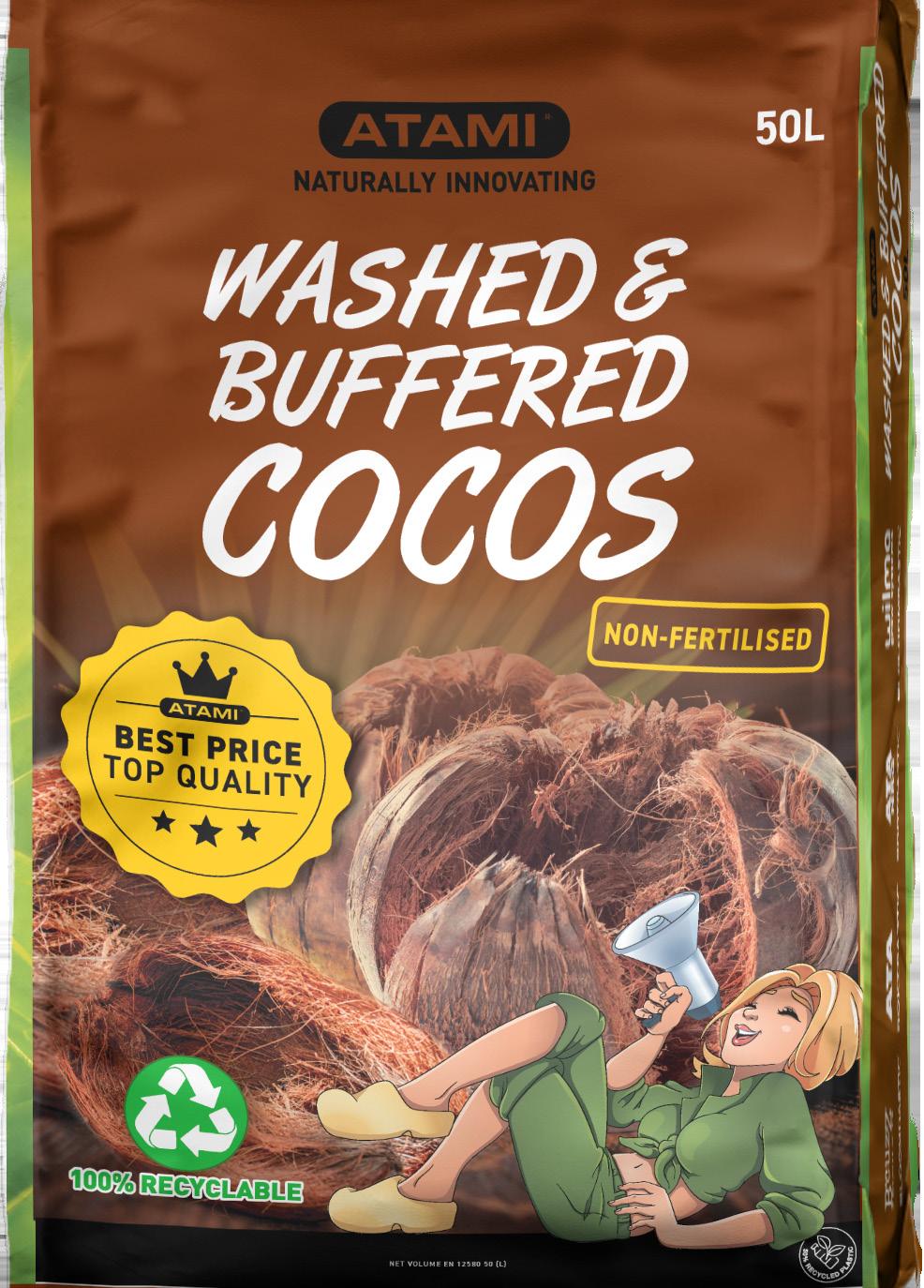
It is a perfect combo, paired with ATA NRG Upgrade, a certified universal solid fertiliser. Made from natural phosphate and plant-derived ingredients, ATA NRG Upgrade is a slowrelease fertiliser with a balanced NPK (6-3-4) to support plant growth.
The benefits of ATA NRG Upgrade lie in its supply of beneficial bacteria belonging to the Bacillus genus. These microorganisms assist in the transformation of phosphates and other organic compounds into nutrients that plants easily absorb. This is an ideal complement to a coco substrate, as it is an inert substrate with low microbial activity. The slow-release mechanism ensures a sustained supply of nutrients for 75 to 100 days, providing plants with a continuous source of nutrients when needed.
The Washed and Buffered Cocos and ATA NRG Upgradeis a productive and secure combo for seasoned cultivators.
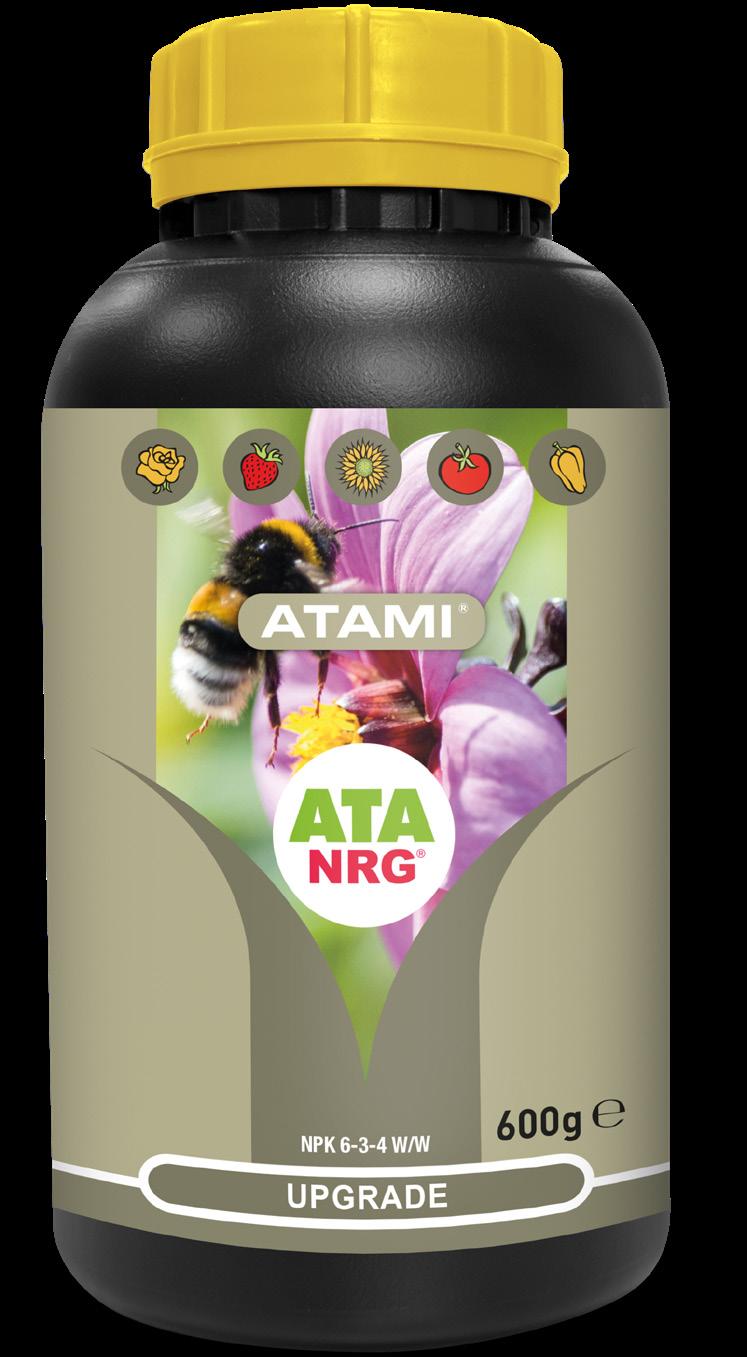
ADVERTORIAL WWW.FLORACULTUREINTERNATIONAL.COM
our website
55
Visit
(www.atami.com) for comprehensive details or reach out to us today.
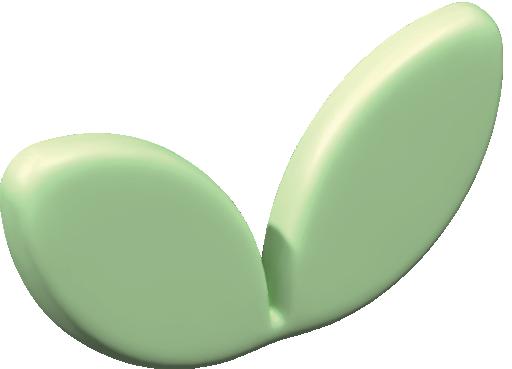
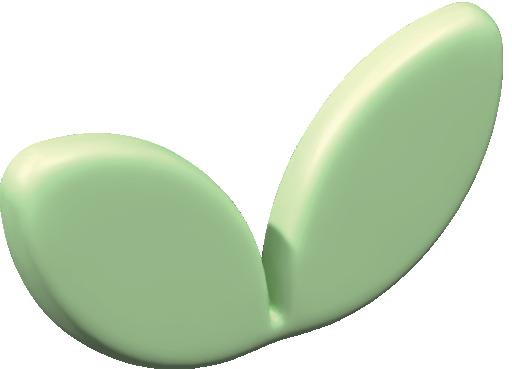
Discover the inspiring global horticulture community
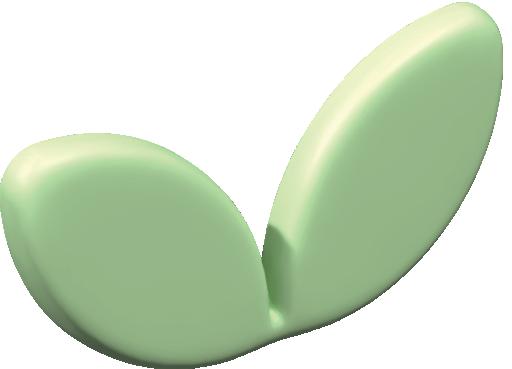
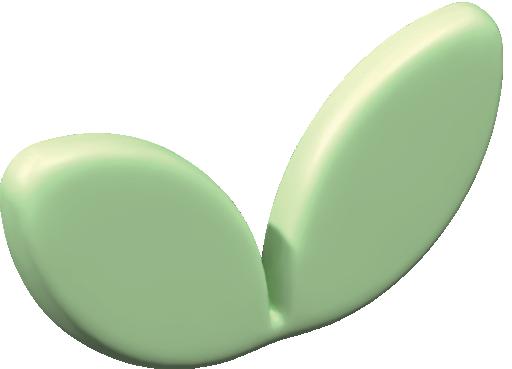
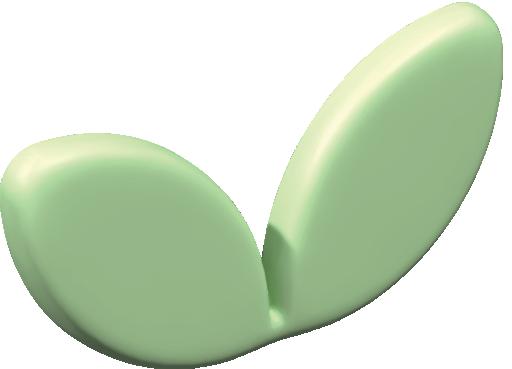
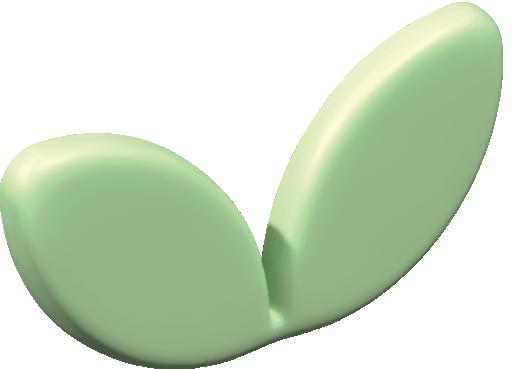
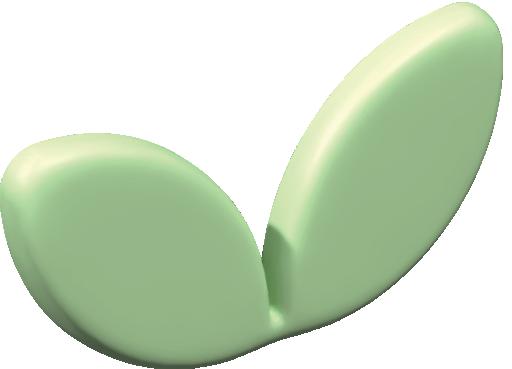
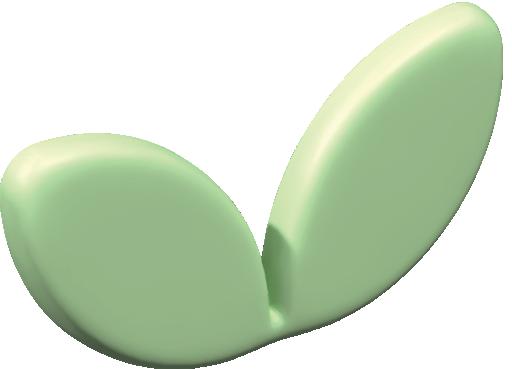
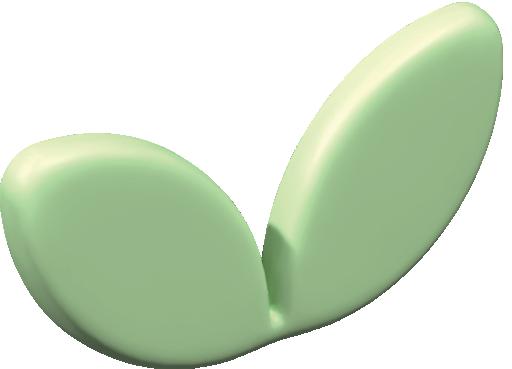
AMSTERDAM
11 - 13 JUNE 2024
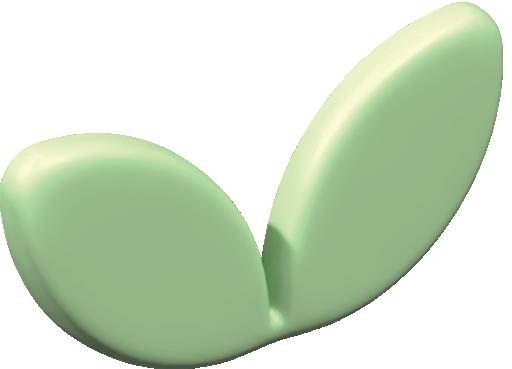
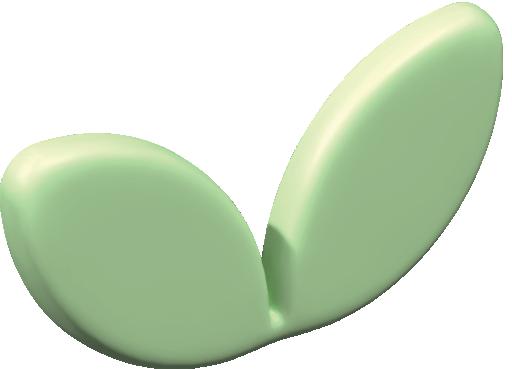
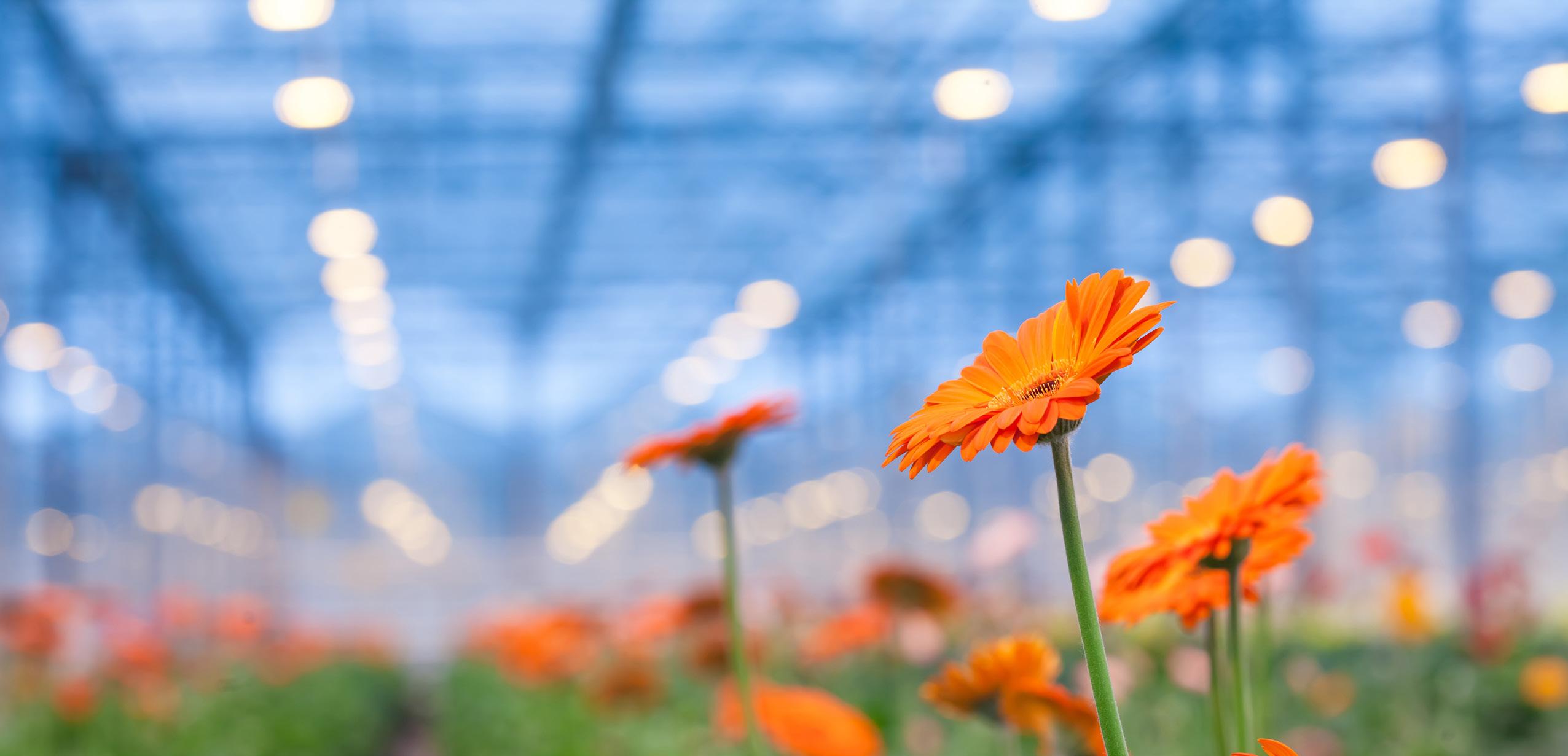
WHY GREENTECH?
↗ Join thousands of horticulture professionals including industry leaders and innovators
↗ Gain insights from inspiring speakers during more than 80 knowledge sessions
↗ Learn more about emerging trends in AI & Robotics, Renewable Energy and Medicinal Plants
↗ Plan your visit and appointments through our matchmaking tool
↗ Make spontaneous meetings happen in a great atmosphere
GreenTech Amsterdam is your gateway to the latest horticultural technology and an unique opportunity to connect with the pioneers around the world who are shaping the future of the sector.
Dive into the forefront of the horticultural chain and explore the solutions for the challenges growers face.
↗ greentech.nl
Partner
Organisation
↗ SCAN T H E EDOC-RQ ↗GER I S TERNOW
Register now and visit GreenTech Amsterdam from 11 – 13 June!




































































 Ron van der Ploeg
Ron van der Ploeg































 AUTHOR: RACHEL ANDERSON PHOTOS: RIJNBEEK PERENNIALS/DOPA/MARTINE
AUTHOR: RACHEL ANDERSON PHOTOS: RIJNBEEK PERENNIALS/DOPA/MARTINE




























































































